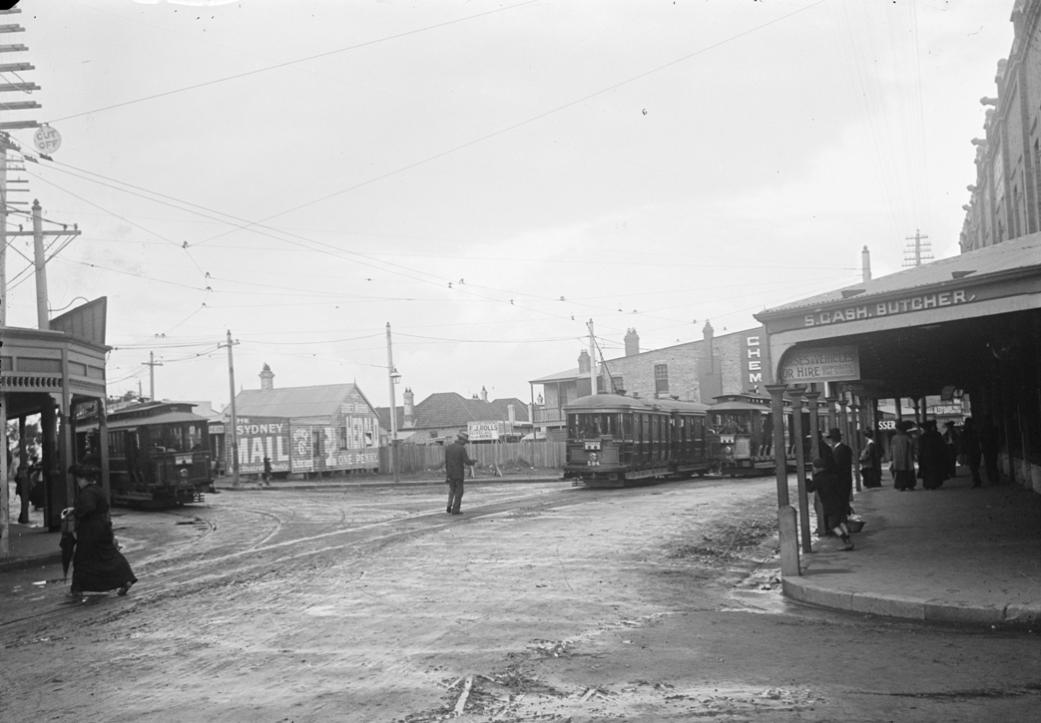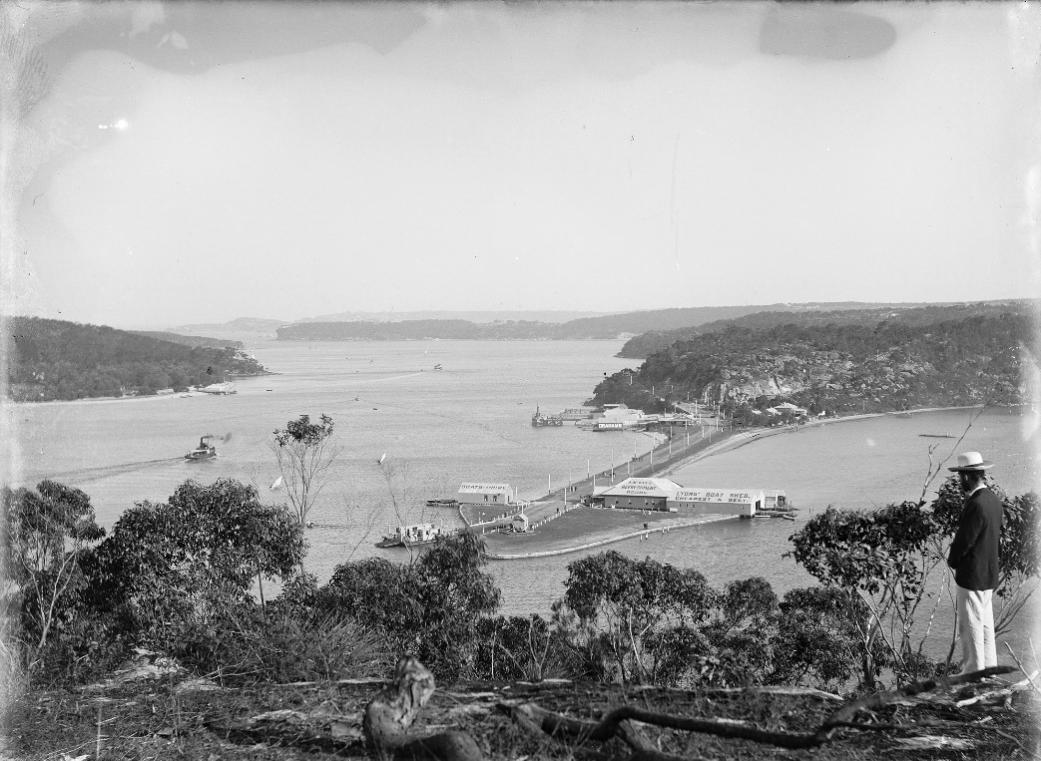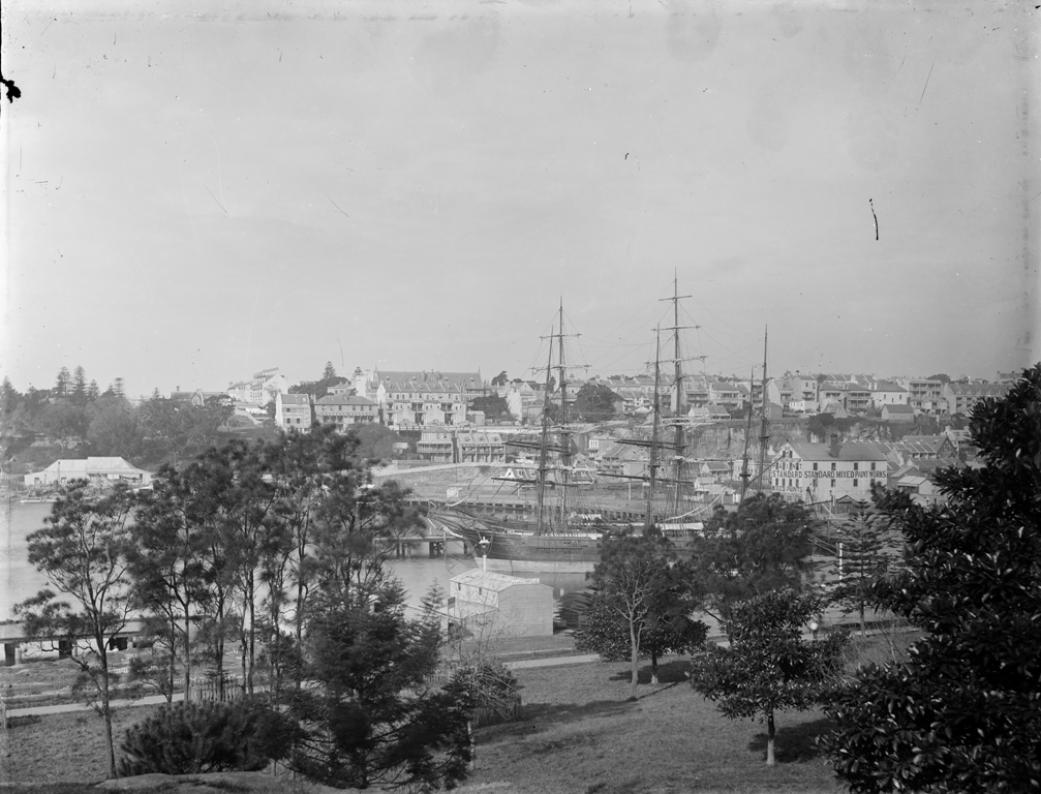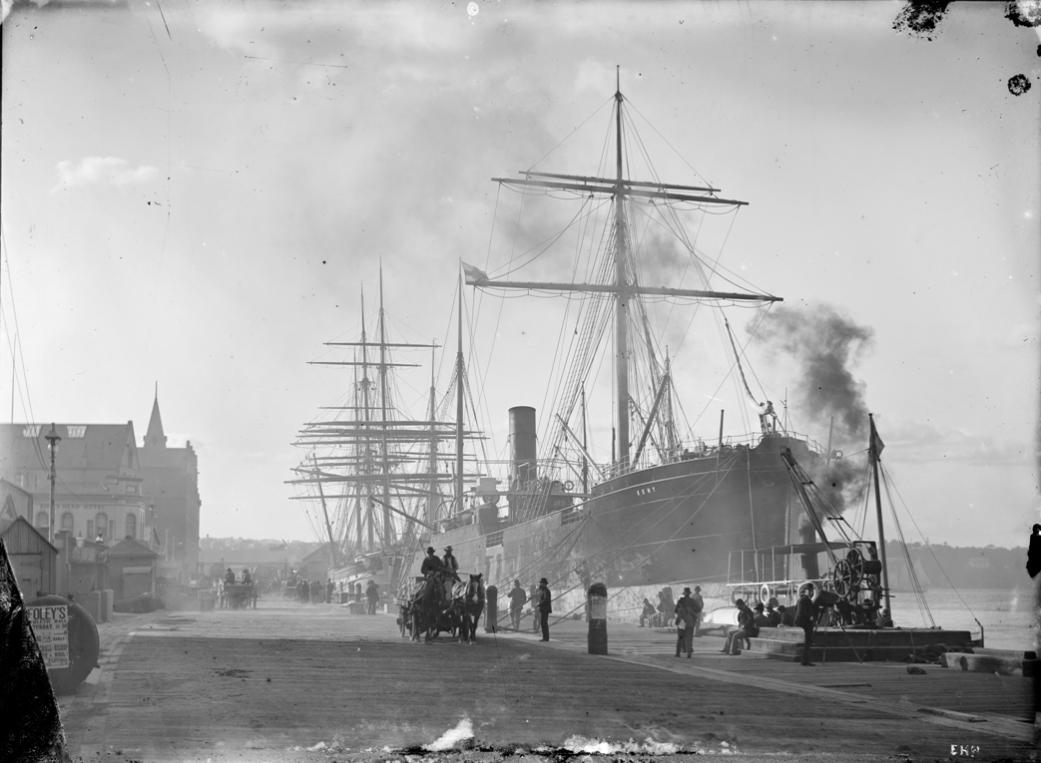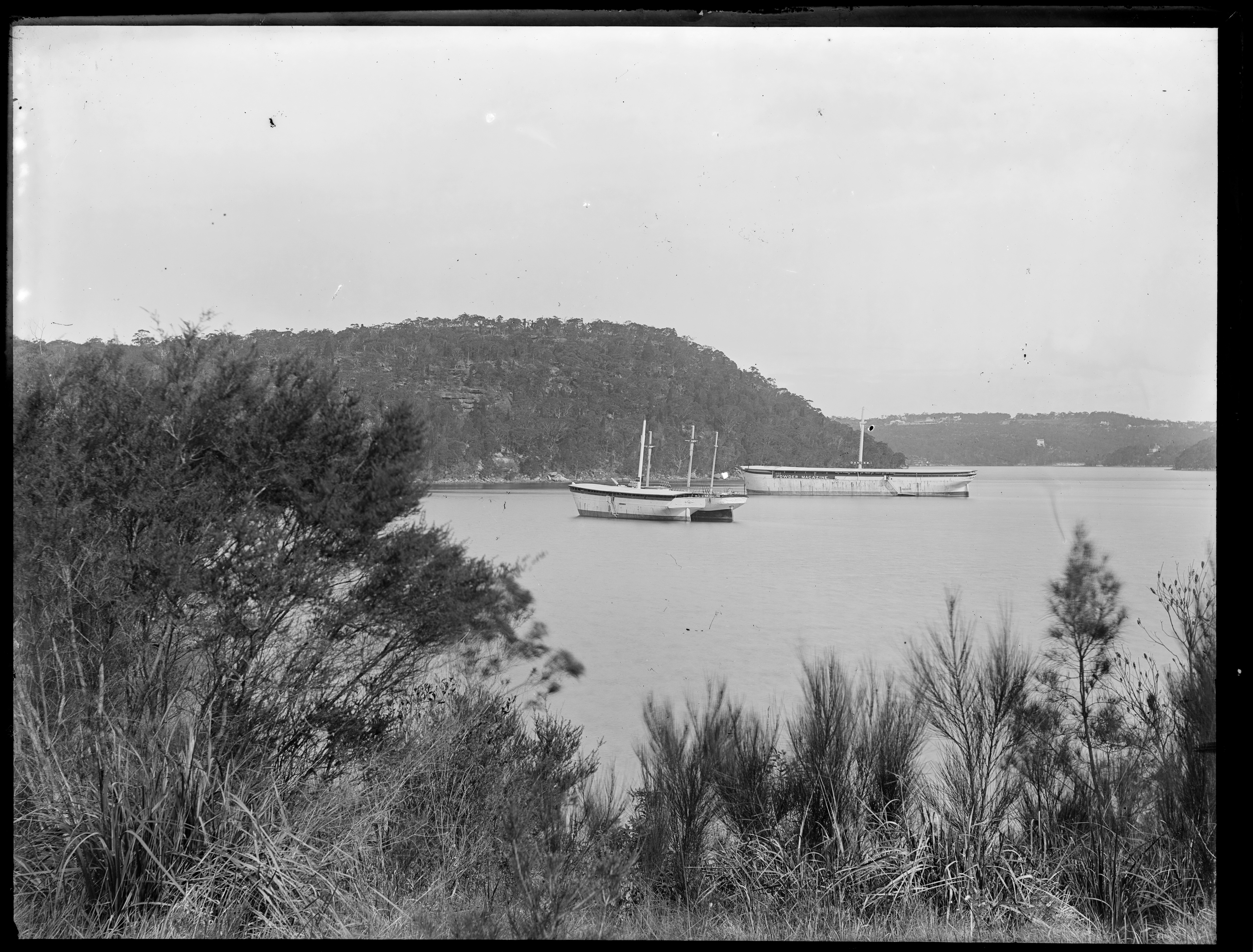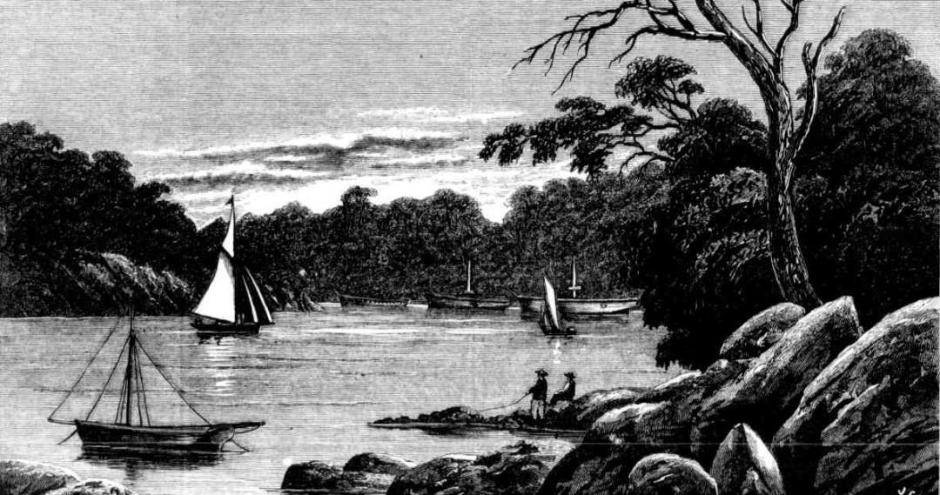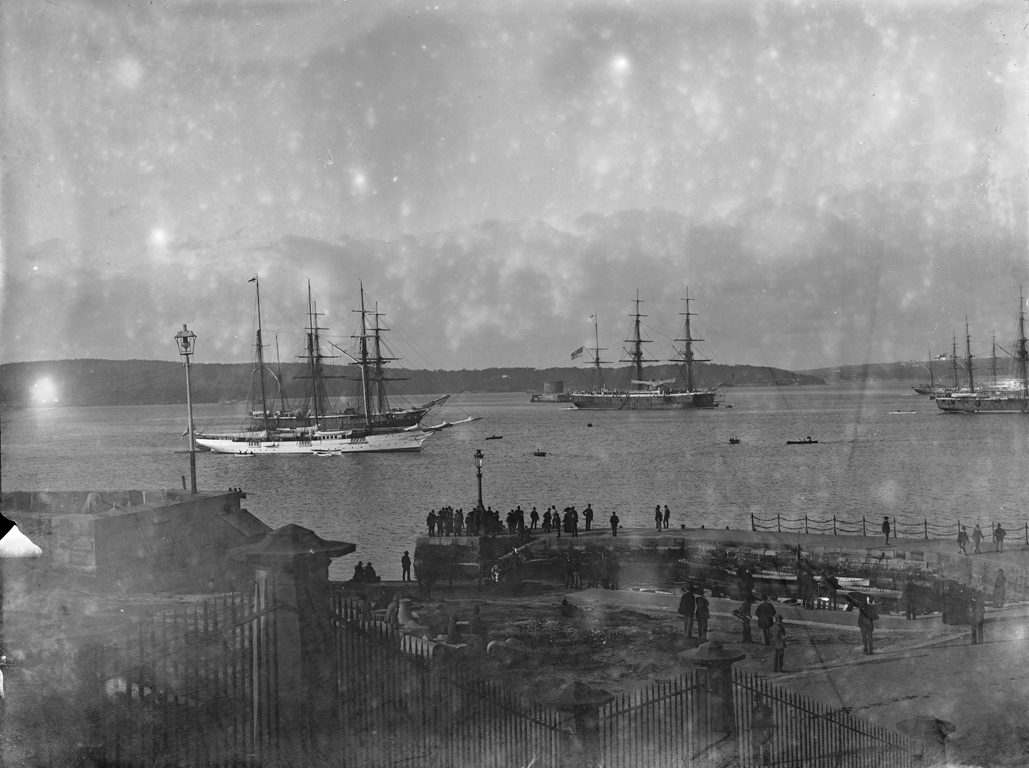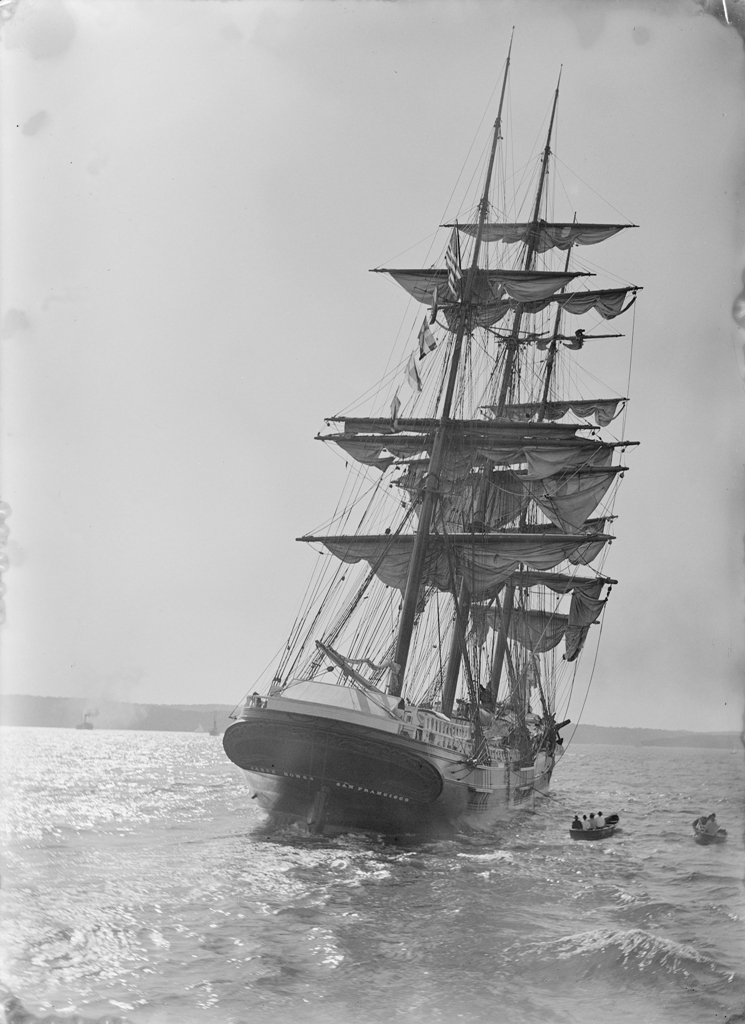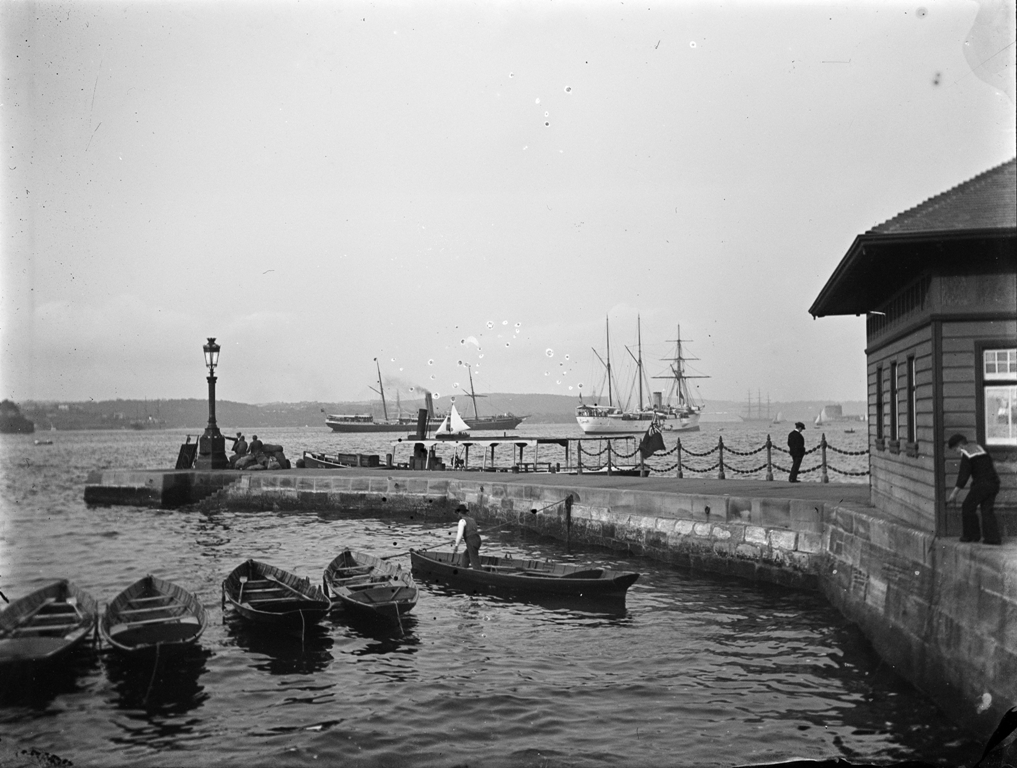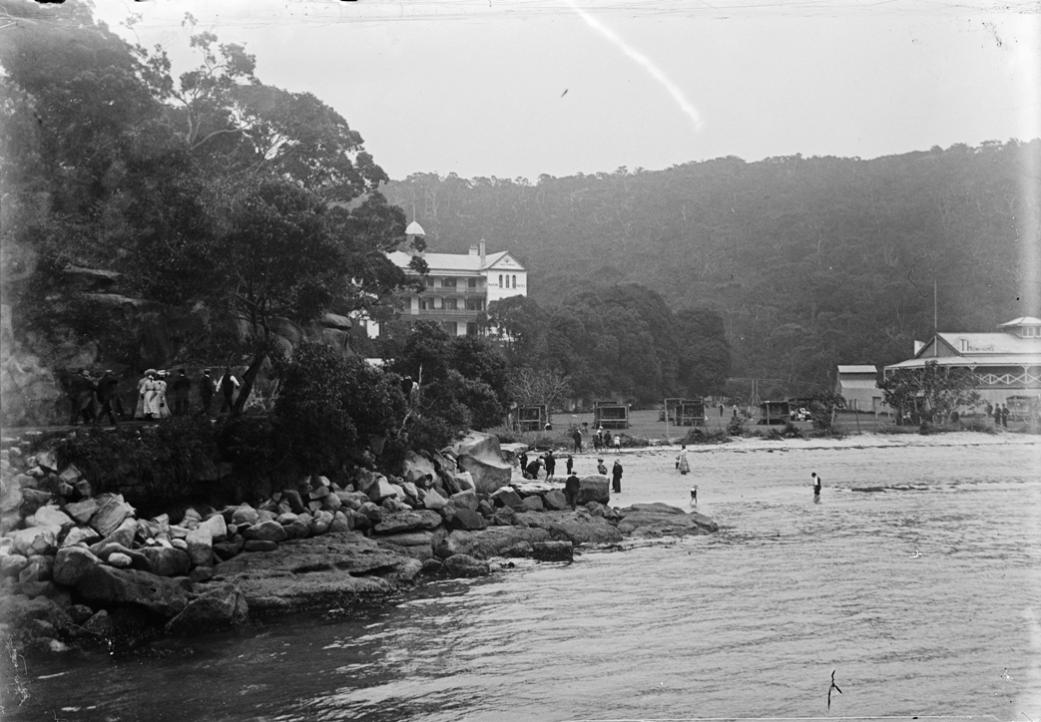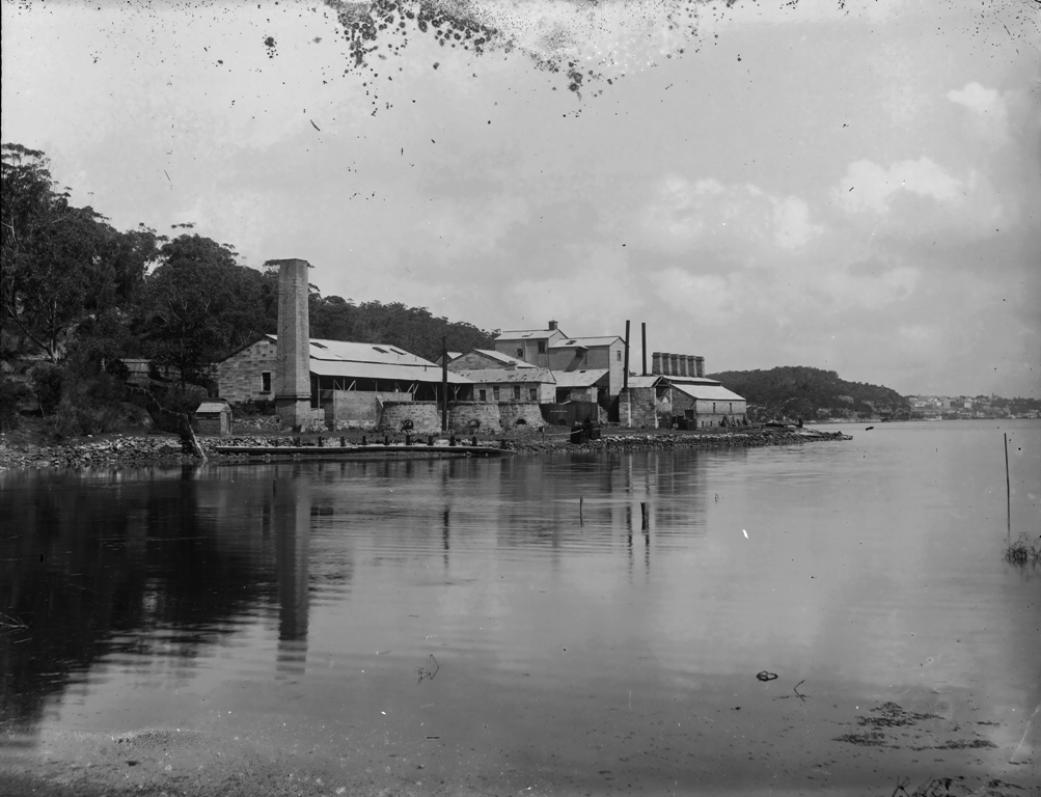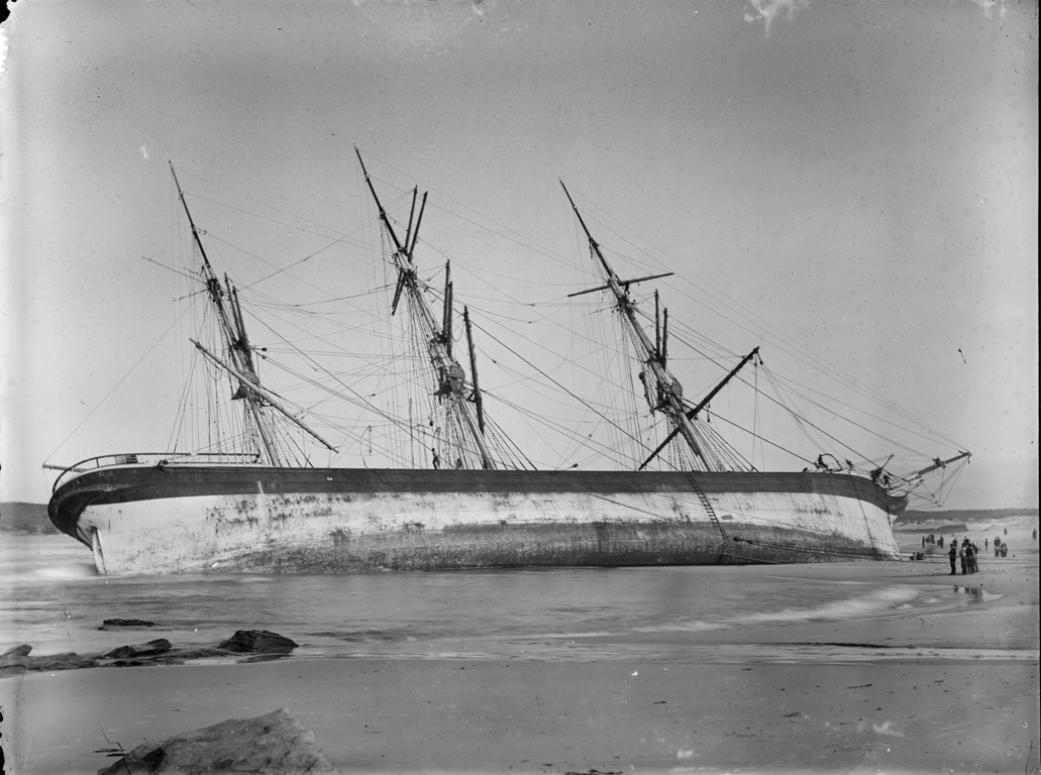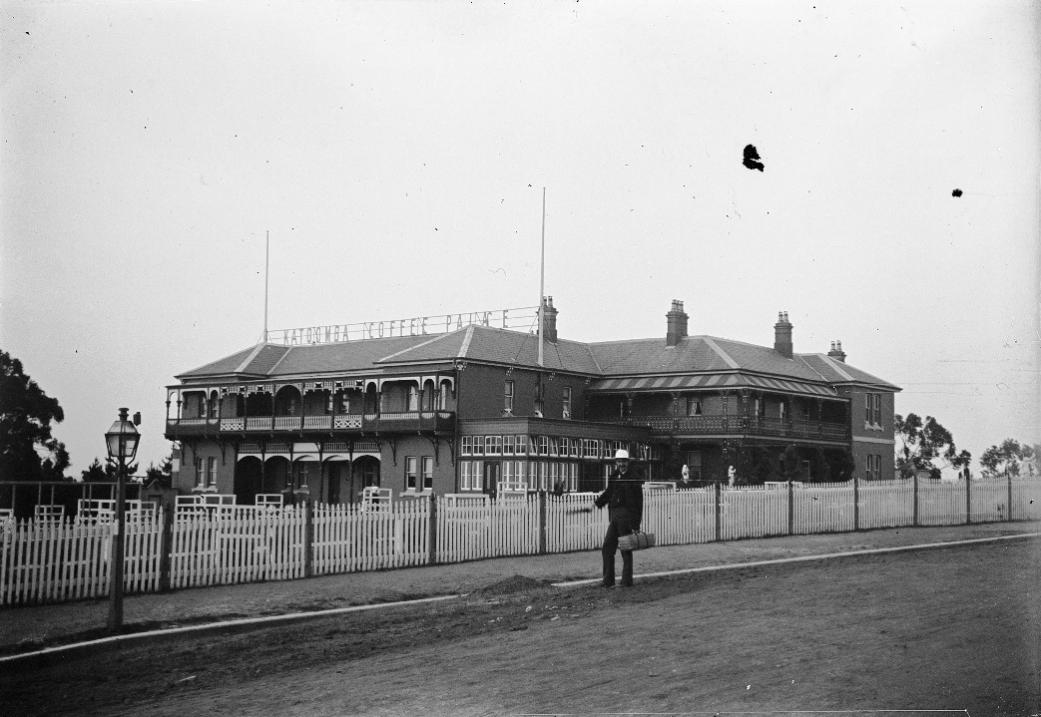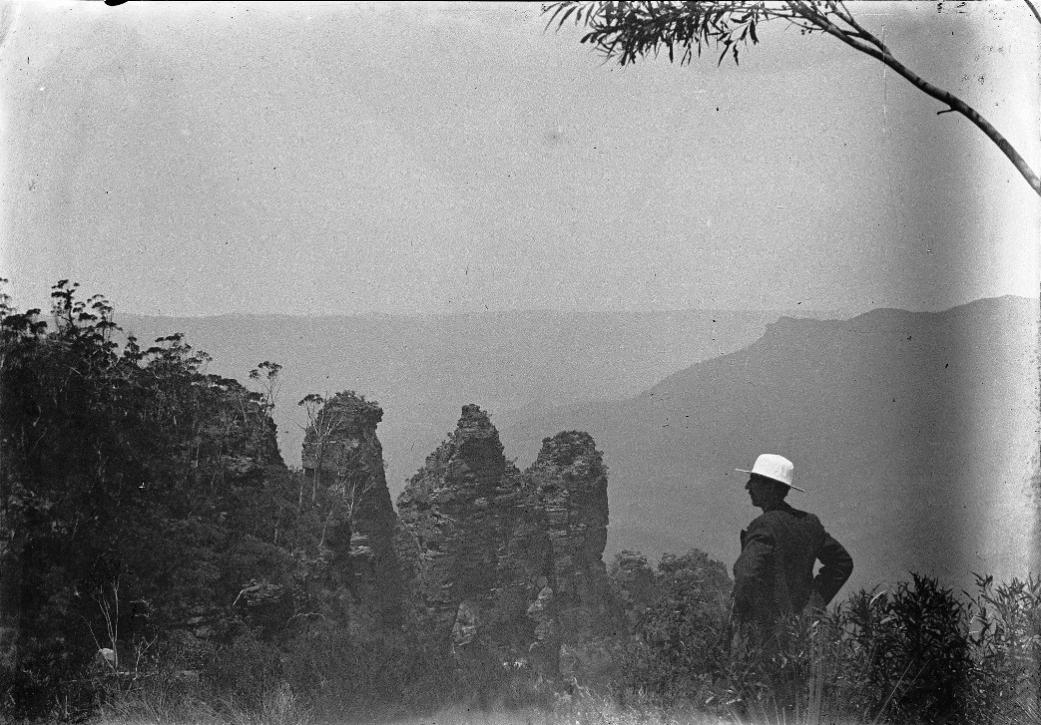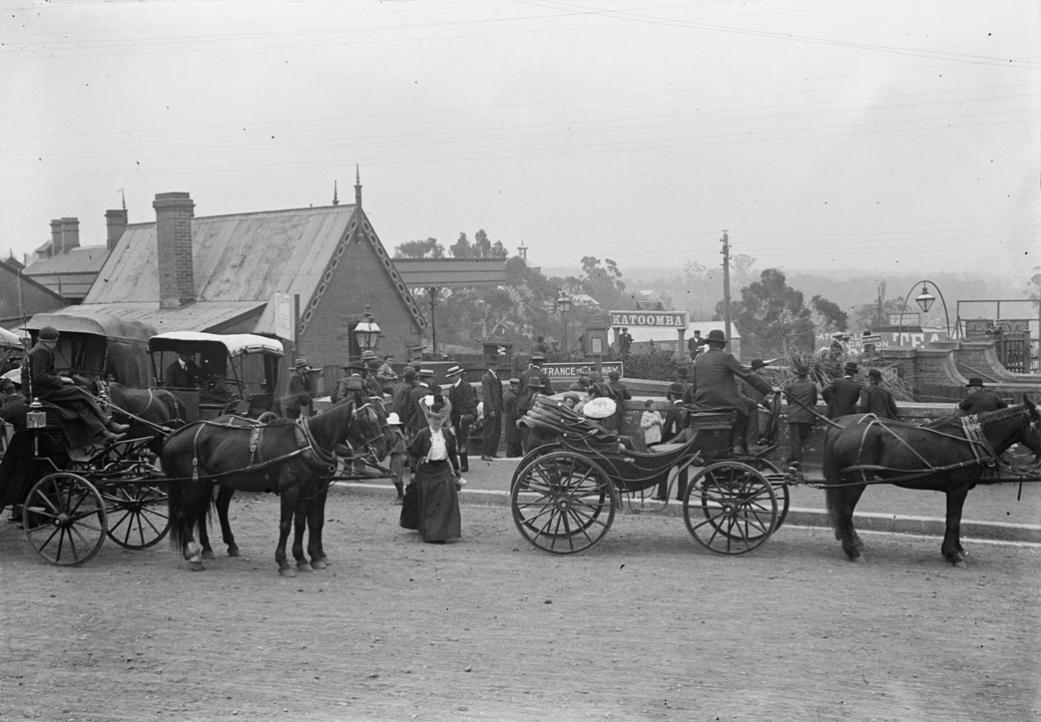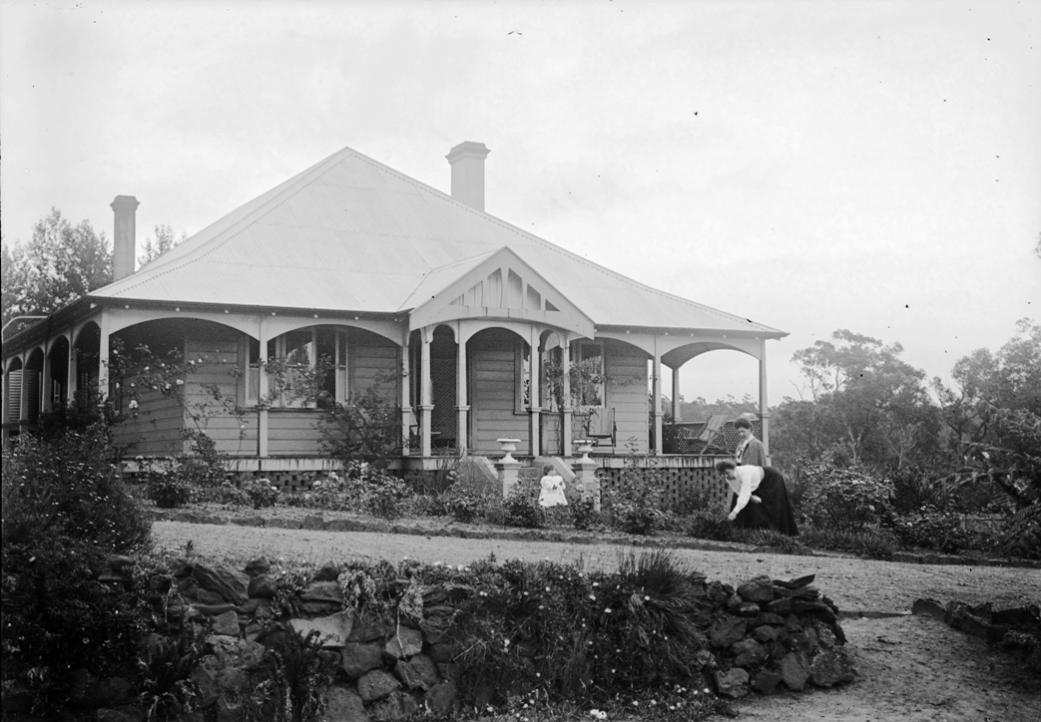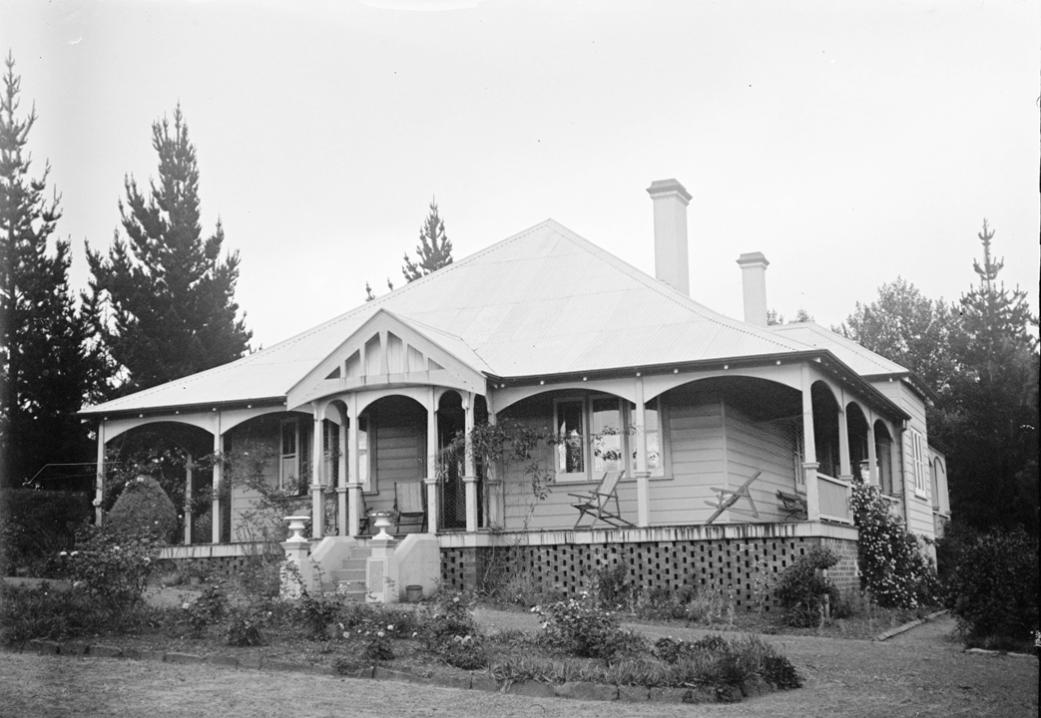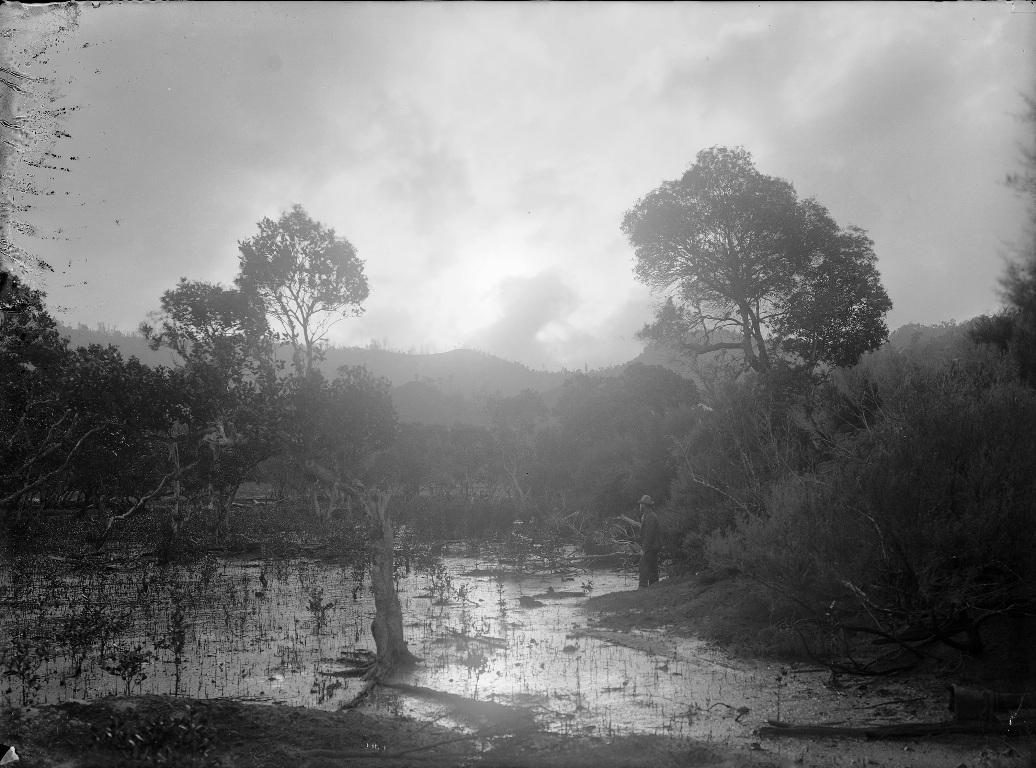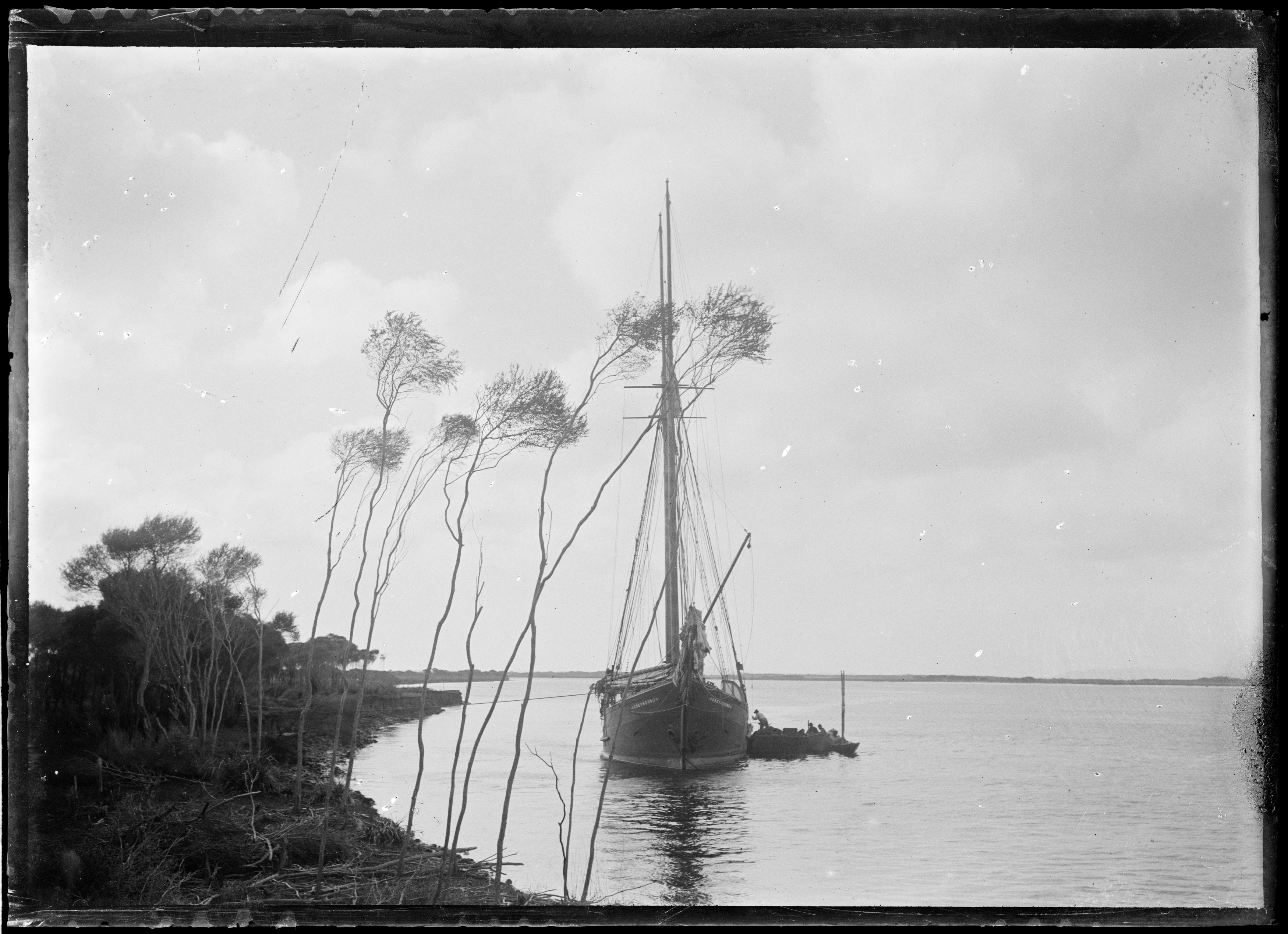Their children were Edward Hume (born 1863), William Joseph (Born 1866) Tertius Horatio (born 1872) Lucy Isabel (born 1875) and:
MACPHERSON.—December 7, at Hawthornden, Edgecliff-road, Woollahra, the wife of E. A. Macpherson, of a son. Family Notices (1885, December 19). The Sydney Morning Herald (NSW : 1842 - 1954), p. 1. Retrieved from http://nla.gov.au/nla.news-article13607015
MACPHERSON.— December 7, at Hawthornden, Edgecliff-road, Woollahra, the wife of E. A. Macpherson, of a son. Family Notices (
1886, January 2).
The Sydney Mail and New South Wales Advertiser (NSW : 1871 - 1912), p. 47. Retrieved from
http://nla.gov.au/nla.news-article162813155
This son, born a few weeks prior to Christmas 1885, is Septimus Wharrie Macpherson:
Never before perhaps in the criminal annals of the colony has such a remarkable case of impersonation come before the Supreme Court as that which occupied his Honor Mr. Justice Boucaut on Wednesday. The prisoners were Wm. Cameron Llewellyn and Frank Wiseman Loader, of Sydney. On March 12 Mr. E. A. Macpherson, justice of the peace, of Sydney, arrived in Adelaide from New South Wales via Melbourne, and the prisoners came by the same boat, having made the same journey throughout. Nothing beyond the ordinary civilities common to fellow passengers had passed between the three during the voyage, but on arrival at Port Adelaide Llewellyn and Loader asked Mr. Macpherson where he intended staying, and he replied the York Hotel, where the pair also put up. During their stay here the three frequently met at meals and in the smoking-room. There did not appear to be any great intimacy between them, but Llewellyn once took Mr. Macpherson into his confidence, alleging that he and Loader had been into a certain House the previous evening, and had been robbed of the whole of their money—some £17—with the exception of 16s. Loader next approached Mr. Macpherson to borrow some money with which to pay his bill at the hotel, but the request was refused. Llewellyn, however, soon found out a scheme for obtaining money from him. Mr. Macpherson had asked Loader to post a letter for him, together with a newspaper, bearing the name "Septimus Wharrie Macpherson." This must have been shown to Llewellyn, as the next day he asked Mr. Macpherson who Septimus Wharrie was, and received the answer, "My youngest child." He further enquired Mrs. Macpherson’s address in Sydney, and got it. On March 31 Mr. Macpherson was preparing to leave by the steamer Iberia, and in the evening of that day he was in the smoking-room writing a telegram to his daughter to apprise his family of his return by the steamer Iberia, when Llewellyn entered saying," Oh, you're in a hurry, I will send that telegram." It was placed in his hands for dispatch, and on April 1 Mr. Macpherson left. The telegram was not however sent, but in its place one was forwarded to Mrs. Macpherson asking for £100 by wire, and on April 1 when Mr. Macpherson had gone Loader received £100 from the money-order office, which Mrs. Macpherson had forwarded, assuming that it was for her husband. This appears to have emboldened Llewellyn, who was the leading spirit in the matter, and he sent a second wire asking for £50 in Mr. Macpherson's name, giving as a reason that "expenses greater than anticipated." But Mrs. Macpherson fearing that all was not correct, and wishing to put the sender of the message to a slight test, asked the name of her youngest child. Llewellyn was able to come out of this triumphantly, and he at once wired back— " £50 as requested; baby's full name Septimus Wharrie; mind don't delay." On April 3 Loader, after saying once " I wont do it,’' was prevailed upon by Llewellyn to re-enter the money-order office and draw the £50 which Mrs. Macpherson had transmitted after the receipt of the above message. On the same day the pair left for Sydney, whence Detective Hampton brought them back. The jury found both prisoners guilty, and his Honor sentenced Loader to five years imprisonment, adding that he would not be an obstacle to his friends endeavoring to get a remission of the sentence. In sentencing Llewellyn to a term of seven years' imprisonment his Honor said he had been the means of mining Loader for life. Loader burst into tears on bearing his sentence, but Llewellyn, who had preserved a jaunty air throughout, did not move a muscle of his face until his Honor commented severely on the ruin that he had caused, when, he appeared to acutely feel his position. Llewellyn has a mother in Sydney of independent means, while Loader has occupied a good position during the past two years, and has means of his own. The Advertiser. THURSDAY, JUNE 3, 1886. (
1886, June 3).
The South Australian Advertiser (Adelaide, SA : 1858 - 1889), p. 4. Retrieved from
http://nla.gov.au/nla.news-article36329524
Later that same year another case of someone attempting to steal from Edward Augustus:
METROPOLITAN DISTRICT COURT.-MONDAY.
First Court-(Before his Honor Mr. District Court Judge WILKINSON.)
RAMSAY V. MAOR-HEBSON AND OTHERS
This was an action to recover £200 damages for alleged malicious prosecution.. The plaintiff was Edward Ramsay, house and land agent, and the defendant Edward A Macpherson, J.P., property owner, residing at Woollahra. The plaintiff alleged that defendant had falsly and maliciously charged him before a Justice of the Peace with having fraudulently embezzled certain money of his (Macpherson's), and that, consequently, a summons was issued, and the plaintiff Was taken before the Justice, imprisoned for a long time, and, committed for, trial, whereas upon coming to trial the Judge presiding directed the jury to return a verdict of not guilty, and he was discharged, it appeared that on the 1st October the present plaintiff, Edward Ramsay, was charged before his Honor Judge Murray and a jury of 12 with having on the 10th January embezzled the sum of £10, on the 2oth February £8 10s., and on the 9th March £7 10s.,.the money of his employer, Edward Augustus Macpherson. Briefly the circumstance of the case appeared to have been, as follows : The plaintiff, Ramsay, acted as agent to Macpherson for the collection of certain rents, which on collection he was accustomed to pay into his own banking account, sending a cheque to his employer at intervals, and deducting his commission. In May last Ramsay became insolvent, and wrote to Macpherson informing him of the fact, and accounting for it by stating that he had been robbed of a large amount, and the bank had -stopped his overdraft, consequently the rentals in question could not be paid by him. It was stated that Ramsay had debited himself with the sums, but had, so he stated, owing to misfortune, failed to pay them over. On the other hand, it was stated that plaintiff had denied the receipt of the money, but this was in turn denied. Upon the occasion of the trial his Honor hold that the circumstances were such as not to support the crime charged, and the jury, by direction, returned a verdict of not guilty, and the defendant was discharged. Plaintiff then brought the present action. Mr. Aubrey Davis, instructed by Messrs. Levy and Homsley, appeared for the plaintiff; and Mr. Teece, instructed by Mr. Gannon, for the defendant. In a second case the same plaintiff sued William Broadhurst Mitchell, Darling Point, to recover a like amount on a similar charge. In this case the same counsel appeared, Mr. Teece being instructed by Messrs. John 'Dewson and Sons, In a third case the plaintiff sued Martin Haydon, Central Hotel, Market-street, Sydney, to recover a similar amount, for alleged malicious prosecution. In this case Mr. Teece was instructed by Messrs. Slattery and Heydon.
His HONOR said that he considered the defendants to be entitled to a verdict. It was not for him to say whether plaintiff had been guilty of any criminal act or not, and assuming his account of the loss of his property to be correct he was entitled to every sympathy; so that he wished it to be distinctly understood that he did not in any way, upon the evidence before him, desire to reflect upon the plaintiff's character. It was, however, quite plain to him that on the facts brought before them the magistrates had ample evidence upon which to convict, but as to whether it was sufficient to convict the plaintiff whoa before a jury he could not say, but he should think if he had bean a jury-man in the case he would have acquitted Ramsay. As to whether the defendants had any ground for the cases initiated by them, he considered that the circumstances connected with Ramsay's alleged loss of money were such if the defendants were not satisfied with the explanation given to justify them in the proceedings they took. He believed the defendants acted in perfectly good faith, and were not actuated by malice, and that there was reasonable cause, from what took place between the respective parties, to justify them in the course they had taken. It was plain to his mind that the evidence showed that these three defendants believed, at the bottom of their hearts, that a crime had been committed by Ramsay, and if they so believed, and had good grounds, as they thought, for so doing, it was quite plain they were entitled to a verdict. He therefore gave a verdict for the defendant in each case. METROPOLITAN DISTRICT COURT.—MONDAY. (
1886, December 21).
The Sydney Morning Herald (NSW : 1842 - 1954), p. 3. Retrieved from
http://nla.gov.au/nla.news-article28352590
SUBSCRIPTIONS and DONATIONS received from 1st to 30th SEPTEMBER, 1880:
E. A. Macpherson, Hawthornden, Woollahra.
NEW MAGISTRATES.
The following is a list of the new magistrates appointed by the Government, and whose appointments were confirmed at the last meeting of the Executive Council. The names appear in a supplement to yesterday's Government Gazette … Edward Augustus Macpherson, Hawthornden, Woollahra. NEW MAGISTRATES. (
1883, August 4).
The Sydney Daily Telegraph (NSW : 1879 -1883), p. 6. Retrieved from
http://nla.gov.au/nla.news-article239273130
Why 'Hawthornden'? - the property was originally owned by a Major Roberts, who in 1874 was leaving - his property soon to become Edward Augustus home for his children:
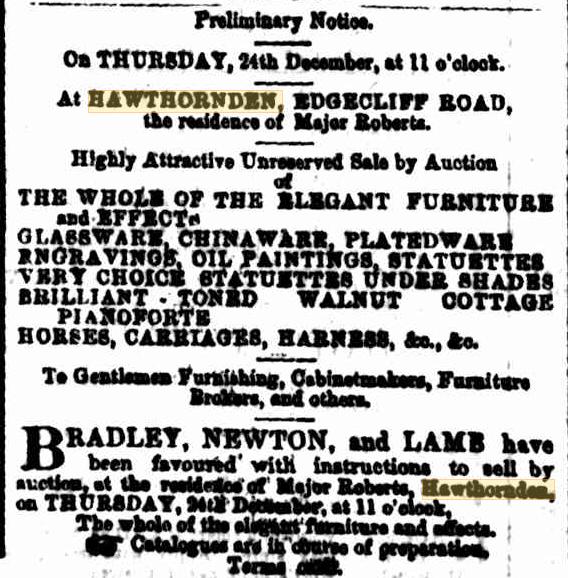
HAWTHORNDEN
Some Famous Relict
"Drummon of Hawthornden." the Scottish poet of the end of the sixteenth century, and the beginning of the seventeenth, made his beloved house of Hawthornden immortal; but it deserves that gift on account of its own beauty. It is a home of romance and was so in the days of the poet, tit for the romance of his old life, when at the age of 68 years, after mourning for a life-time the death of his daughter of Cunninghame of Barnes on the eve of their wedding, he met Elizabeth I-iOgan of Restairig, loved her for her resemblance to his first love, and married her. The present owner is a lineal descendant of the poet's father, and is Sir James Hamlyn Williams Drummond, fifth baronet, who resides mostly on his Welsh estate of Edwin ford. Llandila. ! The river North Esk flows through the grounds, forming "The Den." and Sir Walter Scott wrote of the district in "The Lay of the Last .Minstrel"—
O'er rtoslin all that dreary night,
A wondrous blaze was seen to gleam,
Twas broader than the watch-fire light.
And redder -than the bright moonbeam.
It glared on Hoslin's castled rock.
It ruddied all the copse-like glen;
'Twas seen from Dryden's groves of oak,
And seen from caverned Hawthorn den.
The den is wonderfully deep and close, with great rugged rocks, perpendicular and threatening, rising front the bed of the stream. In those rocks an extraordinary feature is the series of caves, historic in the War of Independence, associated with the the names of Wallace Bruce, and also, in the later days, with that of Knox, for they were "Wallace's Refuge" and one of them is "Bruce's Library," and another was "Knox's Pulpit."
THE CASTLE' OWNERS.
On the cliffs rises the castle, held in its earliest records by the family of Abernethy, deriving their name, so it is said, from the Culdee At'bacy of Abernothy, Sir Lawrence de Abernethy held the castle for Edward I of England, and was on the march to help Edward II. when he heard of the defeat of that King at Bannockburn His informant was the Douglas, whom he met in pursuit of the English; so he promptly changed sides and joined in the pursuit His wisdom deserted him later, and he on the wrong side in 1837 and probably earlier, as Sir Alexander Kamtav of Dalhousie was in possession of Hawthornden in that year, and also captured Abernethy. *ho had been fighting Douglas bravely and with much success. Although Abernethy's estates were forfeited and given by charter to Ramsay, they are ... possession of a son of Abernethy soon afterwards. Ultimately a daughter of Sir Walter passed them on to her nephew. Sir Walter Douglas, by charter; and the family of Douglas sold Hawthornden to Sir John Drummond, son of Sir Robert Drummond, who was master of Works to King James V.. and Surveyor of all Kings buildings. Sir Robert, a det of the Drummonds of Carnock, died in 1592. and had evidently gained a good repute, for Alexander Montgomerie, the poet, wrote: —
This realm may rew
That he is gone to grave.
All buildings brave
Bid Drummond now adieu.
BRUCE'S TWO-HANDED SWORD.
Tradition says that a two-handed sword belonged to King Robert the Bruce. It is five feet two inches in length, and has a quadruple guard of cross shape, the guard being eleven inches from point to point. The blade is practically straight, much worn, and not very thick, a very businesslike weapon. Making allowance for its six hundred years of age, it must have been a very deadly tool in the hands of so capable a wielder as the king. There is no inscription on it. but an inspection would not make it more convincing. Another relic is a table which belonged to Robert III. and his Queen, Annabella Drummond. The front parts are handsomely carved, and the back parts straightened by plain uncarved legs. A centre panel in the front has the lion rampant of Scotland arid the date 1396, while at the corners are repeated the initials, "Il.S." in monogram, with "111.'" underneath; and in the centre of the ends is the monogram, "A.D." There are painting of Mary Queen of Scots, and of personages connected with the family ot Drummond, and some of later date by Sir Henry Raeburn. Captain John Forbes, who married Mary Ogilvie, is so represented. The other Raeburn is that of Lady Drummond, wife of the second baronet. Captain Forbes is painted in his naval uniform; he was a distinguished officer, who was made a baronet for his services in 182S, under the style of Sir John Forbes-Drummond, Baronet.
ON THE EDGE OF A CLIFF.
The long line of the modern house forms the north side of the courtyard and has its west end extended to a railed in platform, from which is obtained an impressive view of the river at the bottom of the ravine. There the observer sees the river flowing towards him, the rocky sides of the glen sinking almost- straight down to the water. The north front presents a wonderful view as it is built absolutely on the edge of the cliff, with the windows overlooking a tremendous chasm. One of the rocks close to the house has the romantic name of "The Lovers' Loup" from a tradition that two disconsolate lovers sprang from it rather than be separated. This front shows the Scottish feature of a round, tower with a conical roof, two dormer windows, and two crow-stepped gables.' The entrance to the courtyard is close to the "keep." One enters through a thick wall into a passage, which has a stair on the left leading to rooms above, the walls provided with horizontal shot-boles. A pediment above contains a square panel, which has the Drummond and Scott arms, impaled on a shield. On the door is a knocker which tradition asserts belonged to King Robert III.—(Weekly Scotsman.) HAWTHORNDEN (
1928, June 14).
Geelong Advertiser (Vic. : 1859 - 1929), p. 10. Retrieved from
http://nla.gov.au/nla.news-article232404077
Hawthornden
Here is Hawthornden, gem of Midlothian — embowered in trees, and undermined with caves — the home of William Drummond, Scottish scholar and poet of the seventeenth century. It mi as to this picturesque and romantic spot that Ben Jonson walked from London on foot in order to pass a few weeks with the Scottish poet among these classic solitudes. Hawthornden (
1932, March 16).
Sydney Mail (NSW : 1912 - 1938), p. 2. Retrieved from
http://nla.gov.au/nla.news-article228064620
These weren't the only Scotch people to name a new home after what an old one stood for - unfortunately this one comes through to us because of a tragedy - no link has been established with the the Macpherson families of Warriewood, just the Macpherson Clan - this one on the other side of our continent:
SHOCKING TRAGEDY AT NEWCASTLE.
A WELL-KNOWN SETTLER AND HIS WIFE MURDERED.
One of the most terrible tragedies it has ever fallen to our task to chronicle occurred at Newcastle on Wednesday evening, when a well-known settler of the Toodyay district and his wife were murdered by a man in their employ. About four miles from the town of Newcastle Mr. and Mrs. John Macpherson, and their son and daughter, both of whom are barely in their teens, live on their farm which is known as Hawthornden. The father was upwards of seventy years of age, and the mother was likewise well advanced in age, while the boy and girl were aged eleven and fourteen years respectively. These four persons were, it appears, all on the premises on Wednesday night, and there was also staying there a man named John Johnson, who is said to have been in Mr. Macpherson's employ. The family appear to have re-tired to rest at their usual hour, and it was after they had gone to bed that the events of the terrible outrage occurred. According to the telegrams, Mr. Macpherson was found by those whom his daughter summoned for assistance, shot through the head, and lying outside the dwelling-house, while, in one of the rooms of the house, lay Mrs. Macpherson, who had been literally battered to death. A third victim was tho boy, whom they found lying in bed, wounded in the head so seriously as to render the chances of his recovery exceedingly doubtful. The witness of this shocking tragedy was the fourth member of the family, Miss Macpherson, who, probably, would also have fallen a victim to the murderer's hand, had she not escaped through the window, and summoned assistance. The perpetrator of the outrage is said to have been a man named John Johnson, who has left the premises, and is now at large. Two parties of police are in pursuit of him, and they are on his tracks. It is reported that he is armed with a gun, and it is probable that there will be some difficulty in effecting his capture. The whole town of Newcastle has been thrown into a state of excitement by the tragic occurrence, and it formed the chief topic of conversation in the city on Thursday.
Our correspondent at Newcastle wired the following particulars, at nine o'clock on Thursday morning :
" A most dreadful tragedy occurred last night at Hawthornden. Mr. and Mrs. Macpherson were brutally murdered. Their son also was attacked, and there are no hopes of recovery. The daughter escaped through the window. The perpetrater is supposed to be a man named Johnson, who is still at large. The inquest is now on.” SHOCKING TRAGEDY AT NEWCASTLE. A WELL-KNOWN SETTLER AND HIS WIFE MURDERED. (
1889, January 19).
Western Mail (Perth, WA : 1885 - 1954), p. 29. Retrieved from
http://nla.gov.au/nla.news-article32716339
Mr. E. A Macpherson seemed to write similar letters as those that wold be dispatched to Warringah Shire Council during the first four decades of its existence:
The following, amongst other correspondence, was dealt with;— A communication from Mr. E. A. M'Pherson, Hawthornden, Edgecliffe-road, requesting that the work in connection with the drainage of his property, bounded on the north by Boronia-street, on the east by Bourke-street, and on the south by Telopea street, be done without delay, was referred, to the improvement committee. Borough Councils. (
1887, July 23).
Evening News (Sydney, NSW : 1869 - 1931), p. 6. Retrieved from
http://nla.gov.au/nla.news-article108002100
The Macpherson's photographs of this childhood home:
Including the Garden House of 'Hawthornden', Woollahra (no's. 1-3), stone gates of 'Hawthornden' (no. 4), 'Hawthornden', Woollahra (no's. 5-6), Box 03: Glass negatives of the Sydney and Blue Mountains regions, ca 1890-1910. Images No.: c071770004, c071770003, c071170004H, c071170002H (Garden House), c071170001 (Garden House - girls tapping in sign which reads 'Norena' - sisters Lucy and Effie or William's wife and his mother?), c071170005, c071770008 and c071170006H - courtesy State Library of NSW
Is this Effie or Gertrude - the same slim girl tapping in the sign to the Garden House - the same stakes for an arbour and bed of daises can be seen in the lead path to the house? Tim Macpherson, son of David who donated these valuable items, states this is Lucy Isabel, as is the photo of 'Corn Girl' - Lucy also passed away when young:
From Box 04 Glass negatives of the Sydney and Blue Mountains regions, ca 1890-1910. By William Joseph Macpherson. Images No.: c071400001 and c071400002 - courtesy State Library of NSW.
MACPHERSON -August 10, at her late residence Maman Cochet, 370 Oxford street, Woollahra Effie (Feff) Augusta Macpherson, youngest daughter of the late E. A. Macpherson, of Hawthornden Edgecliff road, Woollahra, of consumption, aged 26 years. Family Notices (1905, August 11). The Sydney Morning Herald (NSW : 1842 - 1954), p. 6. Retrieved from http://nla.gov.au/nla.news-article14723411
MACPHERSON.-October 22, at her mother's residence, 45 Hereford-street, Glebe Point, Lucy Isabel, eldest daughter of the late E. A. Macpherson, aged 34 years. No cards. Family Notices (
1909, October 25).
The Sydney Morning Herald (NSW : 1842 - 1954), p. 6. Retrieved from
http://nla.gov.au/nla.news-article15111850
The Macpherson daughters of Edward Augustus or Catherine Dorothy - Image No.: c071770010 (possibly with her Narrabeen - Warriewood cousins).
courtesy State Library of NSW
Possibly Effie Augusta (1879-1905) or Lucy Isabel or Catherine Dorothy - Image No.: c071860053, c071400003, Box 21 - courtesy State Library of NSW
Edward Hume never married.
Edward Hume Macpherson, Image No.: c071800001 and c071670004 - From: Box 12, Views of Whakarewarewa, New Zealand, ca. 1890-1910, by William Joseph Macpherson, courtesy State Library of NSW.
Possibly William's mother Catherine Macpherson, died 1894 (nee Wiseman), or Catherine Lupton Hume (1798-1894) (?) Images No.: c071630019 and c071630018, courtesy State Library of NSW.
William did, the daughter of a Captain aboard the steamers that plied the coasts of New South Wales. William's Marriage
2228/1890 MACPHERSON WILLIAM J FLETCHER GERTRUDE BALMAIN
MACPHERSON— FLETCHER.— October 22, .at the residence of the bride's parents, Adraville, Jane- street, Balmain, by the Rev. James Cosh, William Joseph, second son of E. A. Macpherson, of Woollahra, to Gertrude (Buddie), fourth daughter of Captain A. Fletcher. Family Notices (
1890, November 19).
The Australian Star (Sydney, NSW : 1887 - 1909), p. 1. Retrieved from
http://nla.gov.au/nla.news-article227466130
Gertrude's parents:
FLETCHER—WATSON—June 24th, at Pyrmont, by License, by the Rev. John M'Gibbon, Captain A.Fletcher, to Jemima, 2nd Daughter of the late Mr. James Watson, of Sydney. Family Notices (1858, July 10). The Sydney Morning Herald (NSW : 1842 - 1954), p. 7. Retrieved from http://nla.gov.au/nla.news-article13012293
Gertrude's birth occurred soon after her parents lost her sister:
FLETCHER GERTRUDE 17047/1870 ARCHIBALD JEMIMA SHOALHAVEN (Nee Watson)
FLETCHER—February 6th, at Terrara, Shoalhaven, Mrs. Archibald Fletcher, of a daughter. Family Notices (
1870, February 25).
The Sydney Morning Herald (NSW : 1842 - 1954), p. 7. Retrieved from
http://nla.gov.au/nla.news-article13201141
DEATHS.
On the 23rd instant at Terrara, Shoalhaven, Mary Turner youngest daughter of Archibald and Jemima Fletcher, aged 3 years and 7 months, of croup. Family Notices (1870, January 25). Empire (Sydney, NSW : 1850 - 1875), p. 1. Retrieved from http://nla.gov.au/nla.news-article60893631
FLETCHER —On the 22nd May, at her residence, Wattle street, Sandhurst, Jemima, the beloved wife of Archibald Fletcher, and sister to J. B. Watson, Esq., aged thirty-nine years. Family Notices (
1876, May 27).
Weekly Times (Melbourne, Vic. : 1869 - 1954), p. 18 (SECOND EDITION). Retrieved from
http://nla.gov.au/nla.news-article219428506
FLETCHER.— May 21, at her residence, Sandhurst, Victoria, Jemima, the beloved wife of Archibald Fletcher, and sister of Mr. James Watson, and Mrs. J. Bowd, of Sydney. Family Notices (
1876, May 23).
Evening News (Sydney, NSW : 1869 - 1931), p. 2. Retrieved from
http://nla.gov.au/nla.news-article107193055
CAPTAIN FLETCHER.
Still another old resident of this suburb has gone the way of all flesh, after a long and painful illness at his residence, Jane-street. We refer to Captain Fletcher, who was for many years in the service of the Illawarra Steamship Company, and he became quite a figure-head of the steamer portion of that company. The captain was born in Renfrewshire, Scotland, in 1828, and he came to Sydney 27 years afterwards (1853), immediately afterwards joining the Illawarra Co., in which service he continued till 1903 (with the exception of a short break during a visit to Victoria), when he retired to live on his means. During that long service he commanded most of the company's fleet and was the most popular captain in the service. He, being of a genial disposition, was warmly respected by all with whom he came in contact, and he was highly esteemed in shipping circles. The captain had resided for twenty years in this suburb. He has left a widow and an unmarried daughter at his late home, and five daughters and three sons by a previous marriage, all of whom are married and settled down in various parts of the State. His funeral, which took place on Thursday, was largely attended by friends and relatives. He was interred at the Waverley Cemetery, The Moderator (Dr. Waugh) and the Rev. J. F. Blair conducted a service at the house, and the Rev. Mr. Blair officiated at the grave- side, where the deceased was also accorded a Masonic funeral, he having been an old member of the Balmain Lodge. Messrs. Wood and Co. attending to the funeral arrangements. CAPTAIN FLETCHER. (
1905, February 11).
Balmain Observer and Western Suburbs Advertiser (NSW : 1884 - 1907), p. 3. Retrieved from
http://nla.gov.au/nla.news-article132446495
A POPULAR SKIPPER.
Captain Archibald Fletcher, of the I.S.N. Co., was, at a largely, attended meeting of Shoalhaven residents held at the Temperance Hall, Terara, on Sept. 23, 1870, presented with an address and a gold lever watch, the cost of which had been raised by one-shilling subscriptions in the district. Mr. .John McArthur presided. Five hundred and fifty persons subscribed to the testimonial, the presentation of which was made by Mr. Aldcorn. Several speakers referred to the high esteem in which Captain-Fletcher was hold and which he had won by his courtesy and gentlemanly bearing at all times during the many years he had resided in the district, and particularly while in the steam company's service. Captain Fletcher, in acknowledging the presentation, said he was pleased to think he was on the best of terms with everybody. The rule that guided him through life was to do unto others as he would have them do unto him. A POPULAR SKIPPER. (
1902, December 6).
The Shoalhaven News and South Coast Districts Advertiser (NSW : 1891 - 1937), p. 4. Retrieved from
http://nla.gov.au/nla.news-article135735644
DEATH.
FLETCHER. — February 7, 1905, at his late residence, Adraville, Jane- street, Balmain, Captain Archibald Fletcher, aged 76 years. Family Notices (
1905, February 11).
Balmain Observer and Western Suburbs Advertiser (NSW : 1884 - 1907), p. 6. Retrieved from
http://nla.gov.au/nla.news-article132446524
FLETCHER.—The Funeral of the late Captain ARCHIBALD FLETCHER (formerly with the Illawarra S.N. Company) will leave Adraville, Fawcett-street, Balmain, THIS (THURSDAY) AFTERNOON, at1.45, for the Waverley Cemetery. WOOD and COMPANY, Funeral Directors, etc . Family Notices (
1905, February 9).
The Sydney Morning Herald (NSW : 1842 - 1954), p. 10. Retrieved from
http://nla.gov.au/nla.news-article14690732
William and Gertrude had two sons and a daughter, Archibald William Roy (born February 19, 1892) Jack Douglas (born July 20th, 1893) and Catherine Dorothy (born 1894).
MACPHERSON. - February 19, at her residence, Shirva, Young-street, North Sydney, the wife of William J. Macpherson, of a son. Family Notices (
1892, February 22).
The Sydney Morning Herald (NSW : 1842 - 1954), p. 1. Retrieved from
http://nla.gov.au/nla.news-article13863169
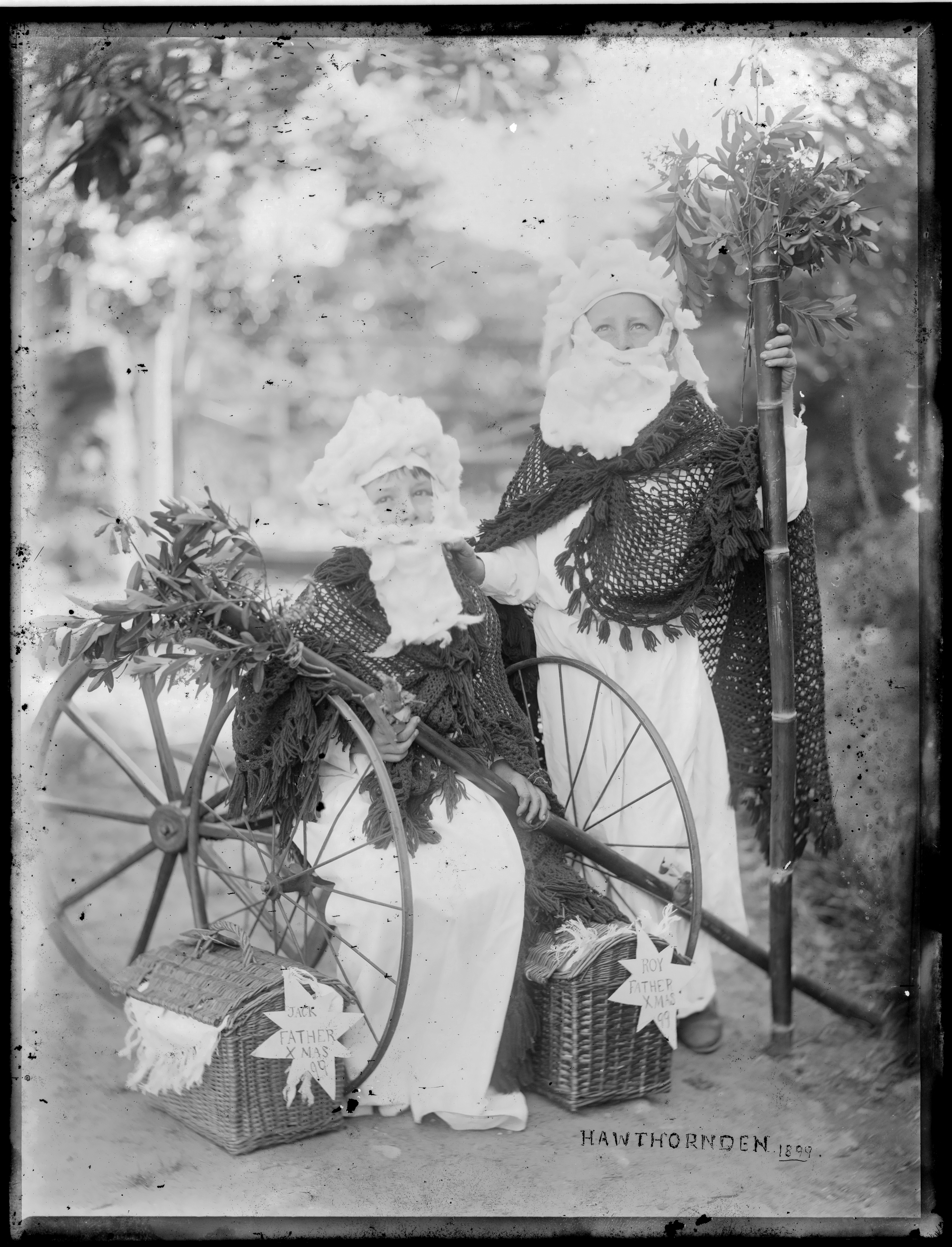
Jack and Roy Christmas 1899 Hawthornden, Image No. c071770006Box 17 - courtesy State Library of NSW, The Mitchell Library.
His father Edward Augustus held to that Scotch ethos that 'land is life'

TO LET, Pine Point, Middle Harbour spit, near Clontarf.-FIFTY ACRES, Cottage 9 rooms, suitable for picnic grounds; steamer passes daily. Apply Mr. MACPHERSON, Hawthornden, Edgecllffe-road, Woollahra. Advertising (
1889, February 7).
The Sydney Morning Herald (NSW : 1842 - 1954), p. 3. Retrieved from
http://nla.gov.au/nla.news-article13713148
ROCKLANDS, det., Edgecliffe-rd., To LET 10 rooms, outhouses, grds, b.r., Key Macpherson, Hawthornden. Advertising (
1895, November 9).
The Sydney Morning Herald (NSW : 1842 - 1954), p. 13. Retrieved from
http://nla.gov.au/nla.news-article14024300 CHURCH MEETINGS.
CHRIST CHURCH, ST. LAWRENCE, SYDNEY.
The meeting for the election of representatives to the tenth synod was held in the Christ Church schools on Tuesday. The Rev. E. Symonds was in the chair. Messrs. F. B. Wilkinson and George Michael were elected as synod representatives, and Messrs. F. B. Wilkinson, George Michael, and E. R. Garnsey were elected as nominators for the parish. At the close of the meeting an enlarged photograph of the late Rev. C. F. Garnsey was unveiled by Mr. E. R. Garnsey. The photograph is a gift to the school by the members of the family of Mr. E. A. Macpherson, of Hawthornden, Woollahra. CHURCH MEETINGS. (
1895, January 25).
The Sydney Morning Herald (NSW : 1842 - 1954), p. 6. Retrieved from
http://nla.gov.au/nla.news-article28256333
Edward had a brother, also named Joseph Wharrie Macpherson:
Joseph MacPherson [on packet McPherson] Date of death 22 July 1885, Granted on 25 February 1886
In the Supreme Court of New South Wales.
ECCLESIASTICAL JURISDICTION.
In the will and codicil thereto of Joseph MacPherson, late of No. 3, Hornton-street, in the parish of Kensington, London, but formerly of Sydney, in the Colony of New South Wales, solicitor, deceased.
NOTICE is hereby given that after the expiration of fourteen days from the publication hereof in the New South Wales Government Gazette, application will be made to this Honorable Court, in its Ecclesiastical Jurisdiction, that probate of the last will and testament of the above named deceased, who died on or about the 22nd day of July, a.d. 1885, may be granted to Edward Augustus MacPherson, the brother of the said deceased, and Edward Hume MacPherson, the eldest son of the said Edward Augustus MacPherson, both of Hawthornden, Edgecliffe Road, Woollahra, near Sydney, in the Colony aforesaid, the executors and trustees in the said will named.— Dated this 14th day of January, A.D. 1886.
JAMES FREDERIC FITZHARDINGE,
Proctor for the said Executors. 98, Pitt-street, Sydney
His mother left a great deal for then too:
In the Supreme Court of New South Wales.
PROBATE JURISDICTION.
In the estate of Catherine Hume, late of Hawthornden, Edgecliffe Road, in the Borough of Woollahra, near Sydney, in the Colony of New South Wales, widow, deceased intestate.
APPLICATION will be made, after fourteen days from the publication hereof, that administration of the estate of the abovenamed deceased may begranted to Edward Augustus Macpherson, the son and only next of kin of the said deceased.
FITZHARDINGE, SON, & HOUSTON,
Proctors for the Applicant,
City Mutual Chambers, 66, Hunter-street, Sydney. PROBATE JURISDICTION. (
1894, August 14).
New South Wales Government Gazette (Sydney, NSW : 1832 - 1900), p. 5112. Retrieved from
http://nla.gov.au/nla.news-article222189558
A RICH ESTATE.
The Owner Dies Intestate,
The estate of the late Catherine Hume, of Woollahra valued at £44,755, paid duty last week. The deceased died intestate. A RICH ESTATE. (
1894, September 18).
The Australian Star (Sydney, NSW : 1887 - 1909), p. 6. Retrieved from
http://nla.gov.au/nla.news-article227488970
A Large Estate.
The will of the late Catherine Hume, of Woollahra, upon which stamp duty to the amount of ,£790 4s. -was paid last week, was sworn at £44.755. The testator, died intestate. A Large Estate. (
1894, September 17).
Evening News (Sydney, NSW : 1869 - 1931), p. 6. Retrieved from
http://nla.gov.au/nla.news-article113325182
By 1900 - Hawthornden is for rent:
MACPHERSON -January 12, at the residence of his son Edgecliff-road Edward Augustus Macpherson, aged 65 years. By special request, no cards. Family Notices (1902, January 16). The Sydney Morning Herald (NSW : 1842 - 1954), p. 1. Retrieved from http://nla.gov.au/nla.news-article14477746
MACPHERSON -In sad and loving remembrance of Edward Augustus Macpherson who died at his residence, Abner, Edgecliff road Woollahra, on Sunday evening 12th January 1902. Family Notices (
1907, January 12).
The Sydney Morning Herald (NSW : 1842 - 1954), p. 12. Retrieved from
http://nla.gov.au/nla.news-article14808990
The Macpherson family first started coming 'over the harbour' regularly to stay at a place which has become the name of the electorate, and formerly, a council adjoining Pittwater. The original spelling by the owners was 'Warringa' - taken from the name the people who had been dispossessed of their land, alike Macphersons and Wharries became the name for this other quieter home away from home - Middle Harbour — Warringa;
THE CONTRIBUTOR
ABORIGINAL LOCAL NAMES.
BY EDWARD DOWLING.
The recent appointment of a committee from Government departments interested in spelling and pronouncing name is given to localities by the aborigines should secure a most desirable uniformity in the correct use by the public :of -the designation of many of our country towns. For the following reasons, however, it would be further desirable that other aboriginal nomenclature in this State should also be- 'used, and an extension in their Inquiries' given to this committee so that appropriate native names may be reverted .to. As we have but scant records in Australia, it cannot but be very desirable that any names used by them should be perpetuated when significant, and euphonious. An excellent authority, the late Rev. William Ridley, In his work on the 'Kamilaroi Dialect and other Native Languages,' has dilated on their wonderful inflection, and Rev. Peter MacPherson and Rev. John Fraser have also emphasised the euphonious construction of aboriginal local names. The historic remains of the early aborigines consisted almost wholly of ingenious weapons and carvings on sandstone rock, but few of the original weapons of the wild aboriginal now remain, and the keys to some of the dialects are lost.
An invaluable collection of anthropological remains made in the early days by the trustees of the Australian Museum was unfortunately- destroyed in the Garden Palace fire, and can, never be replaced, so that the best use should be made of any records still in existence. Savants in the old world have repeatedly appealed to the Governments of Australia to preserve- any relics of the early aboriginal inhabitants, as owing to their isolation in the Antipodes comparatively little is known of them in scientific circles, although their ethnology is both ancient and interesting. The old European pioneers who were brought -into first contact with the aborigines in their wild state have now nearly all departed, but sufficient data should be obtained' before it is too late from any persons possessed of the knowledge so as to identify every important geographical feature, as originally named by the natives. The late Sir Thomas Mitchell, when Surveyor General, took a great interest in the aborigines, as is evidenced by his invention of .the screw-propeller, whose working was suggested to him by that remarkable aboriginal weapon, the boomerang.
Mr. J. Larmer was one of the best known surveyors employed under him, and that gentleman prepared about 70 years ago a memorandum recording, from extensive personal observation and inquiry, the aboriginal names of many of the principal bays and promontories on the South and North shores of Port Jackson, from which, through the courtesy of the chief draftsman of the Land Department, the following names are extracted, showing the European designation then obtaining placed opposite to the original native names:
— Billy Blue's Point — Waning area; Hulk Bay — Quiberie: Milson's Point— Kiarabilli ; Point East of Milson's— Wudyong; M'Laren's Store — TVurru Birri; Careening Cove Bay— Wete Weye- Point west of Robertson's — Kurraba; Robertson's Point — Wulwarrajevmg; Mosman's Whaling Estate Sirius Cove— Gorambulla gong: Bradley's Head — Burroggy; Chowder Bay — Koree; West Head— Gurugal; Middle Harbour — Warringa; North Harbour — Kunna; Frenchman's North Harbour, or Balgowlah Township— Jilling; Darling Harbour— Tumbulong; The Spit, Middle Harbour — Burrabru; Point east of Spit — Parriwi; Long Nose Point — Ytrroulbine; Goat Island— Milmil; Jack the Miller's Point — Coodye; Slaughterhouse Point — Tarra; Bennelong Point — Jubughalee; Mrs. Macquarie's Point — Yourong; Elizabeth Point — Jerrowan; Mr. Macleay's Point— Yarrandabby; Point Piper— Willarra; Rocky Point south of Vaucluse — Burrowey; Vaucluse Point — Moring; Siddon's and Watson's— Kutti; Lang's Point— Kubung hana; Sow and Pigs— Birrwi Birra; Shark Island— Boam Billy; Clark Island— Billongalolah.
It will be seen on comparison that, since the making of this list by Mr. Larmer in 1837, the names of several of the localities given have been altered, as is evidenced on the map of the County of Cumberland issued from the Lands Department in 1891. For example, Hulk Bay is now called Lavender Bay, although it had also been previously renamed frc— Moxham Bay, and thus had three European names given to denote its early use by the hulk Phoenix, and by two sons-in-law of old 'Commodore' Billy Blue, who once resided in the locality. Kirribilli was renamed by the first settlers Milson's Point, but this latter name has been since given to the point west of it, fronting the grant of the late John Campbell of the wharf, whilst the original name of Kirribilli is retained for the eastern headland, where the old fort was erected, now adjoining the residence of the Admiral. The bay, which fronted the store of M'Laren, an early whaling merchant, is now styled Neutral Harbour ; and the designation previously given to it by Governor Phillip, owing to its being devoted by proclamation for the anchorage of foreign vessels, reverted to.
Mosman's Whaling Estate; Sirius Cove; has been abbreviated to that of Mossman's, and the work of another pioneer merchant honoured, but the native name is almost unknown to the large population which has settled there of late years. Tarra, the western headland of Sydney Cove was first renamed; Point Maskolyne, then Slaughter-house Point, and then Dawes Point, after the astronomer who took the first observation there. Jack the Miller's Point has been abbreviated into Miller's Point, although the land has been long alienated from him to other private owners, notwithstanding the claim made about 40 years since by his son on his return after a long absence in foreign parts. Bennelong Point is still marked as such on the map, although the proper aboriginal local name is Torjegully, and it now is better known as Battery Point.
The remarkable career of this early aborigine, Bennelong, is thus attempted to be perpetuated, no doubt, to recall to Australians yet unborn that he was one of the first aborigines taken to Europe, and his other romantic dealings with the early settlers in Port Jackson. Watson's Bay, on the other side of the harbour, commemorates a well-known early Australian mercantile navigator, but that of his -contemporary Siddons, who, for a long time faithfully kept the light-house, is no longer linked with his in that connection. Ball's Head was named through the landing near it of Lieutenant Ball, who was one in command on the First Fleet, and started from the adjacent inlet when he made the first exploration of the Australian Continent, wending his way over the ridge leading to the head of Middle Harbour, and thence down the coastline to Manly Cove, besides, which he had the great honour to be the first man to circumnavigate the Australian continent. The reasons which actuated the first colonists in changing the native names to those of Goat Island, Shark Island, Garden Island, and j Sow and Pigs are not now apparent, although there must have been something which suggested their doing so. One would think that the original titles would now be more appropriate and sound better, and might well be reverted to in order to record their ownership, say by aborigines of the tribe Cadi, whose boundaries extended on the -south side of Port Jackson, from South Head to Long Cove. The aborigines of the Australian continent have never received direct payment for the lands taken from them, as has been the practice in other British possessions, so that the least that can now be done is to commemorate the extinct tribesmen, who numbered about 1500, and once inhabited tie localities near Port Jackson. In the recent controversies respecting the claim of the Commonwealth or State Government to Goat Island the circumstance had been overlooked that it was the ancestral home of Bennelong, and afterwards used as a place on which were imprisoned unruly aboriginal natives, long before being utilised by the Government for other purposes.
Governor Phillip had a happy knack of giving appropriate names to localities, as for example in naming Manly Beach after the courageous blackfellows whom he met when first landing there, but the nomenclature given to some of the bays by other European authorities was not usually appropriate, so that it is a great pity the native names were not retained. Further, owing to this departure from original names, there are two bays called Shell Cove on the northern shores of the harbour. Such duplication is very confusing, for although some distance apart, they lie only on different sides of the promontory separating Middle Harbour from the main channel. At the mouth of the Parramatta River on the west side of Ball's Head there is a bay marked on the map 'Ball's Head Bay', but for many years it was better known as Sugar Works Bay, and subsequently Kerosene Bay through the industries carried on in the vicinity. These absurd alterations in names are 'not at all exceptional j as for far less reason many spots j have had their names altered to suit j the whim of those who wished in this way j to hand their friends' names down to posterity. It is no doubt very commendable to [ honour the earl,y European pioneers in Australia by calling spots where they resided after them, but there .has been indefensible action in naming other localities from the places in the old country from which the colonists came, as this often leads to ludicrous misconception, as, for example, naming them after historic cities to which they bear not the slightest resemblance, and from their physical features can never be made to do so. True, some of the names given in the early days to localities in Sydney have in course of time become disused, as, for example, that of Bunker's Hill, called after Captain Bunker, and not from the celebrated American battle-field, but its situation at the north end of Cumberland street is known, to few modern Sydneyites. The reason for changing Charlotte-place to Grosvenor-street is not so apparent, even though its origin is disputed, some saying that it was named after Queen Charlotte, and therefore brings to mind the early connection of the Crown with the colonies when George III. was king, and she his consort. The confusion which obtains at this early period of our history in the names of the localities around the site of the first settlement shows the necessity for some authoritative gazetteer being published giving the reasons for the names allotted to the various spots, so that coming generations may be induced to take a greater interest in their native land, and be as well posted In the history of this southern ' continent as they are in the making of cities of the old world. Notwithstanding the labours of the local Anthropological and Historical societies, many of the records of Australia narrating the experiences of the early explorers have been destroyed, so that there will be now some difficulty in recalling aboriginal names. (To be concluded next week.)
This land is first known as Joseph Wharrie's - Edward Augustus's elder brother:
Department of Lands,
Sydney, 11th June, 1872.
ERECTION OF A WHARF.
NOTICE is hereby given, that application has been made by Mr. Joseph. Macpherson, to erect a Wharf on piles in front of his properly at Pine Point, Middle Harbour, as particularized in the annexed description and all persons interested are invited to state, within one month from this date, their objections, if any, why Mr. Macpherson should not be allowed to erect such Wharf.
JAMES S. FARNELL.
Description referred to.
County of Cumberland, parish of Manly Cove, at Middle Harbour: Commencing on high-water mark of Middle Harbour, fronting Joseph Macpherson's property, being part of R. Hughes's 10 acres, near the south-east corner of that land; and bounded on the south by a line easterly 30 feet; on the east by a line northerly 14 feet; on the north by a line westerly to high-water mark aforesaid; and on the west by high-water mark southerly, to the point of commencement. ERECTION OF A WHARF. (
1872, June 14).
New South Wales Government Gazette (Sydney, NSW : 1832 - 1900), p. 1550. Retrieved from
http://nla.gov.au/nla.news-article225842185
About ‘WARRINGAH LODGE’
NO.6 LODGE ROAD, NORTH CREMORNE
The foreshores of Middle Harbour were barely developed in 1879 when Edward Augustus Macpherson built a two-storey 10-12 room stone retreat for himself and his family.
Edward, with his brother Joseph Warrie Macpherson after whom the northern Sydney suburb of Warriewood would later be named, had bought up much of the waterfront and land around the site of the house. As a result, the family name Macpherson was attached to one of the early streets of the area which ran along the boundary of their land.
Little is known about Macpherson. Edward’s choice of Italianate styling may have been influenced by a love of Italian landscape art. Certainly early photographs of the house, in its remote and wooded setting on Middle Harbour, evoke the 17th century art of Claude Lorraine and the Campagnia area of Italy. The most characteristic Italianate element of the house is the square tower with its bracketed eaves, arched window and balcony. Interestingly the stone is all heavily ‘rusticated’, or textured which is a characteristic more usually associated with Gothic design which itself was the house style favoured by those of Scottish ancestory. Italianate structures are typically rendered in keeping with the idea of Renaissance civility. Red terracotta tiles capped off the allusions to Italy. A boat harbour was built at the end of the garden in the early 1890s.
McPherson Family at Warringah Lodge circa 1890 - Stanton Library photo, North Sydney Council
Like many other colonial home owners, Macpherson planted a Norfolk Island Pine in his garden which allowed easy identification among the grey green of the native flora, particularly from the water.
Macpherson’s choice of sandstone was almost certainly influenced by the local availability of that material. He secured the services of the mason Francis Samora and may have given the artisan land near the quarry. The Samora family were living at nearby ‘Pine Villa’ in the 1890s and their name, too, became immortalised as subsequent streets were laid down and Samora Avenue created by the 1940s. ‘Warringah Lodge’ itself had already influenced the nomenclature of local streets for Lodge Road appeared in the plan that accompanied the subdivision and sale the Macpherson land in 1919.
Macpherson’s residency at his Middle Harbour house beyond 1889 is uncertain. ‘Warringa Lodge’ was the address he claimed when petitioning for the secession of Mosman Ward from the newly created North Sydney Council in 1892. The petition was successful but Macpherson’s house remained within the North Sydney Council boundaries. Interestingly, despite Macpherson's claim of residency, Council records show that William Hale was the occupant of the house at that time.
The house was left vacant for two decades from the late 1890s or early 1900s. It was reputedly known locally as a haunted house. Empty and vulnerable in an isolated location, it was vandalised and damaged until sold in 1927. The garden had been subdivided in 1919 and a neighbouring dwelling built.
‘Warringah Lodge’ was an extraordinary landmark for many years in its dramatic and sparsely populated Middle Harbour setting. The desire for waterfront properties by the end of the 20th century, however, meant that other houses crowded around the site so that Macpherson’s old stone home became virtually invisible from the water. From At Home in North Sydney, An Architectural History of a Locality.
The family continued to own and visit the property:
Warringah Lodge, North Cremorne, with Macpehrson family group. Image c071830012, courtesy State Library of NSW
Warringa Lodge (with Catherine, his daughter) by William J. Macpherson - from Box 02: Glass negatives including images of boating, beaches, motoring and houses in the Sydney region, ca 1890-1910 Images No.: c071150018, c071770012 (in background) and c071950004 and c071950007-
Box 17
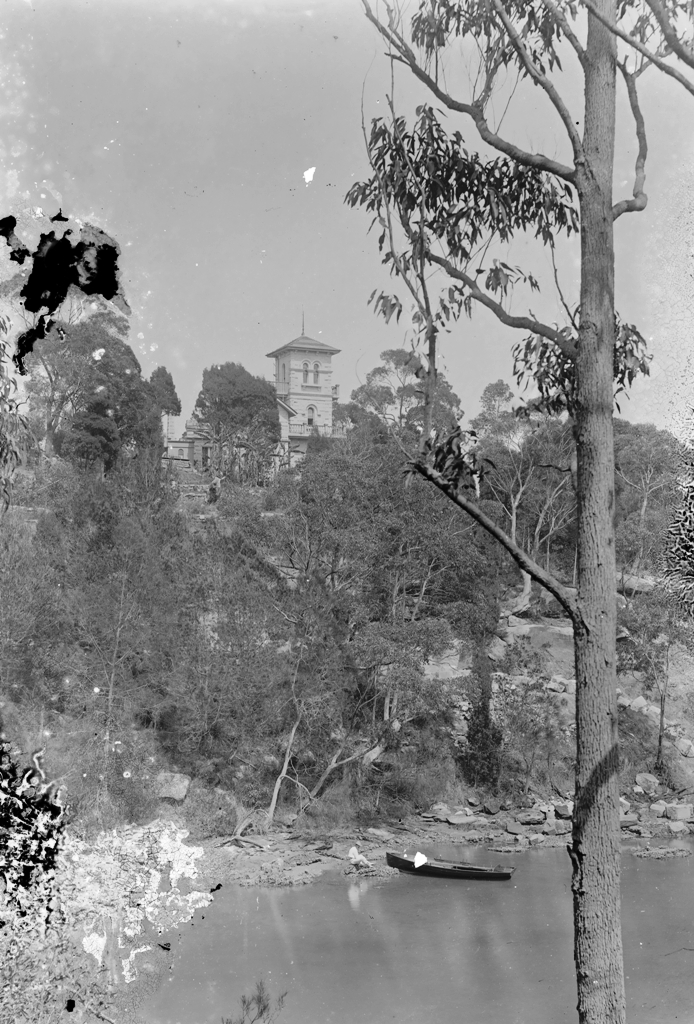
.jpg?timestamp=1580774948792)
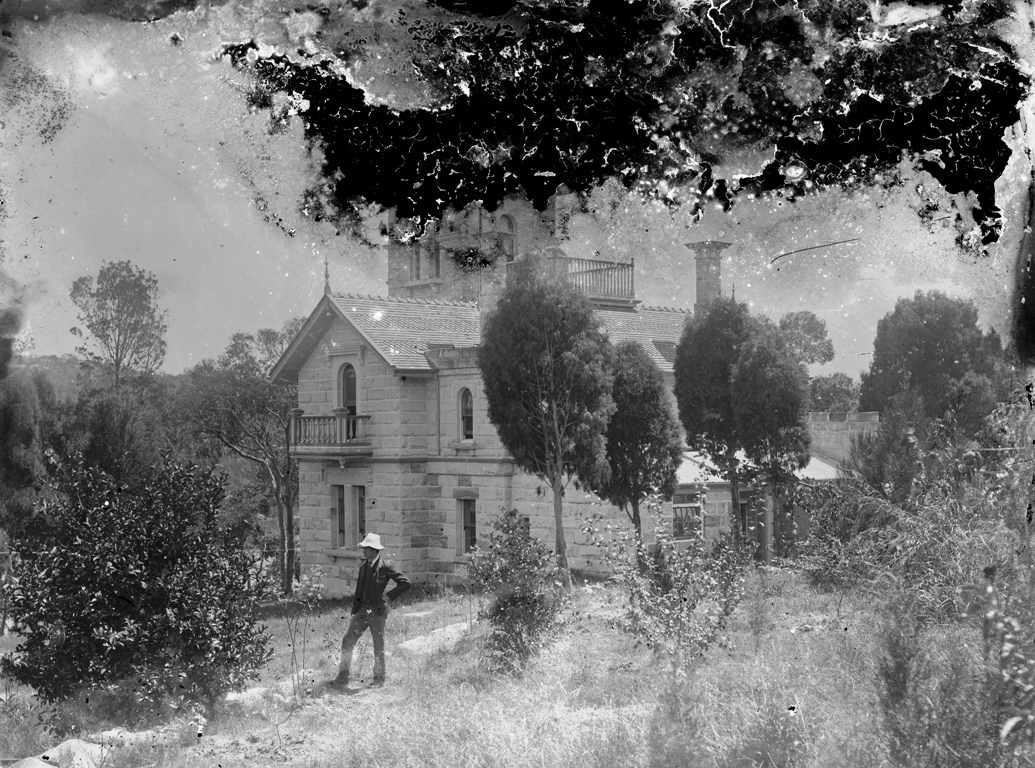
Colonial Secretary's Office,
Sydney, 31st August, 1883.
PETITION FOR DIVISION OF THE BOROUGH OF ST, LEONARDS.
HIS Excellency the Governor, with the advice of the Executive Council, directs the publication, in accordance with the "Municipalities Act of 1867," of the substance and prayer of a Petition, addressed to His Excellency, and signed by 512 ratepayers of the eastern portion of the Borough of St. Leonards, who are alleged to represent at least two-thirds of the ratepayers of the proposed Municipal District, praying separation from the said Borough,and erection into a distinct Municipality, under the name of the a Municipal District of "Warringa."
HENRY PARKES.
The Petitioners state that they are resident householders or owners of rateable property within the eastern portion of the Borough of St. Leonards.
That they are desirous of being separated from the above Borough, and erected into a distinct Municipality, under the provisions of the " Municipalities Act of 1867."
That the following are the boundaries of the area proposed to be separated, viz.:—Commencing at the intersection of the most northerly corner of the Borough of East St. Leonards with an angle on the eastern side of Bent-street, distant about 6 chains southerly from the intersection of the south tide of Falcon-street with the western boundary line of Thrupp's Grant and bounded thence on the southern side by the northern boundary of the Borough of East St. Leonards, being lines through Thrupp's Grant along the summit, of the southern fall of the table-land, bearing south 4 chains 50 links, south 24 degrees 10 minutes, east 2 chains 83 links south 40 degrees, east 10 chains south 18 degrees 6 minutes, west 5 chains 19 link*, east 6 degrees, south 12 chains and 18 links south 13 degrees, cast 10 chains 68 links north 42 degrees, east 25 chains south 59 degrees, east 12 chains and 70 links, east 3 degrees and 30 minutes, south 1 chain 92 links to a creek falling into Great Sirius Cove and thence by that creek downwards to that cove; and thence on the remainder of the couth, on the east, and on the north by the waters of Port Jackson, Middle Harbour, and Long Bay to a creek: falling into an arm of Long Bay aforesaid from Willoughby Fails ; thence by that creek upwards to its intersection with the western boundary line of Thrupp's grant; and thence southerly by that boundary line, to. the point of commencement.
" Your Petitioners, therefore, humbly pray, that your Excellency will be pleased to grant their prayer that the said described area may be separated from the said Borough of St. Leonards, and may be constituted a separate Municipality, under the name of the Municipal District of Warringa."
Names. Addressee.
456 E. A. Macpherson Freehold, Long Bay, Middle Harbour
457 W. J. Macpherson Freeholder, Long Bay, Middle Harbour. PETITION FOR DIVISION OF THE BOROUGH OF ST. LEONARDS. (
1888, August 31).
New South Wales Government Gazette (Sydney, NSW : 1832 - 1900), p. 6133. Retrieved from
http://nla.gov.au/nla.news-article221669838
.jpg?timestamp=1580683747195)
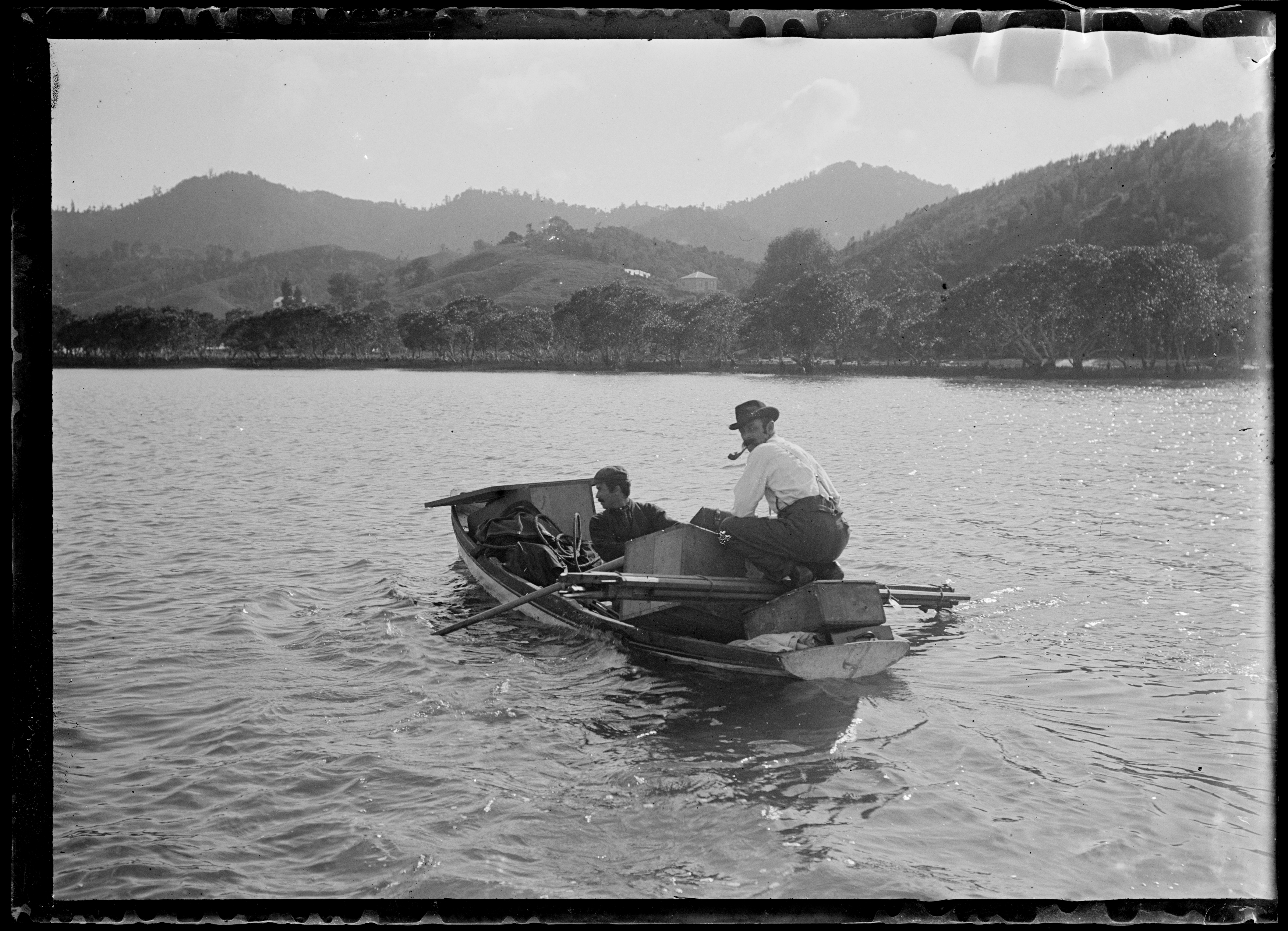
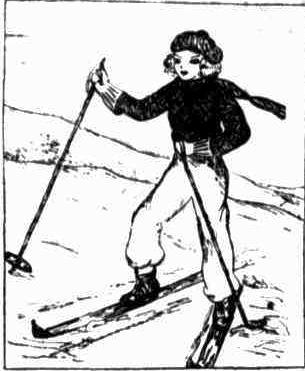
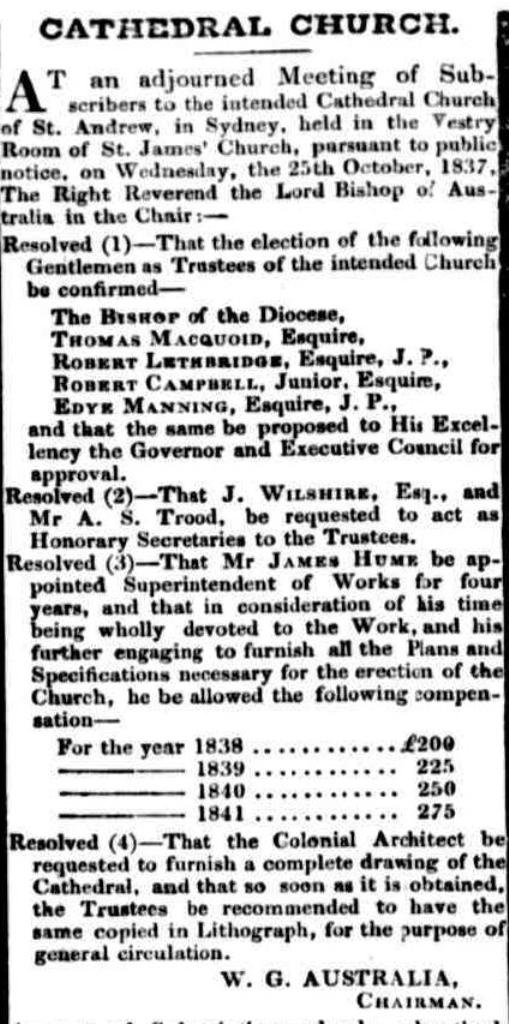
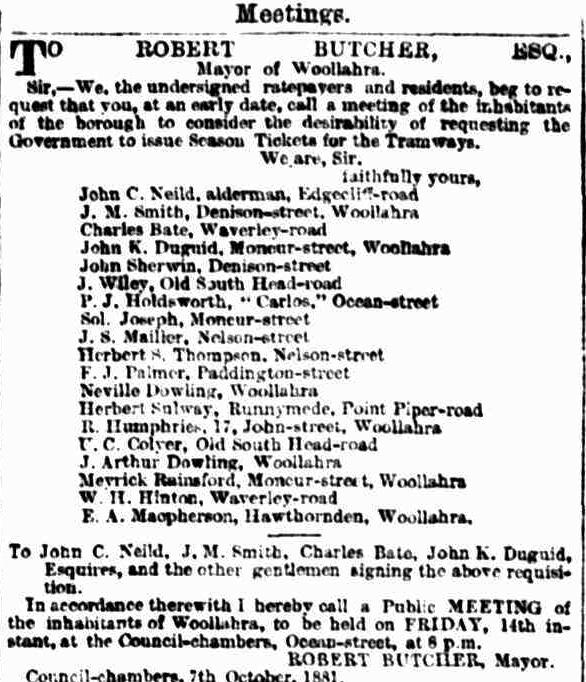

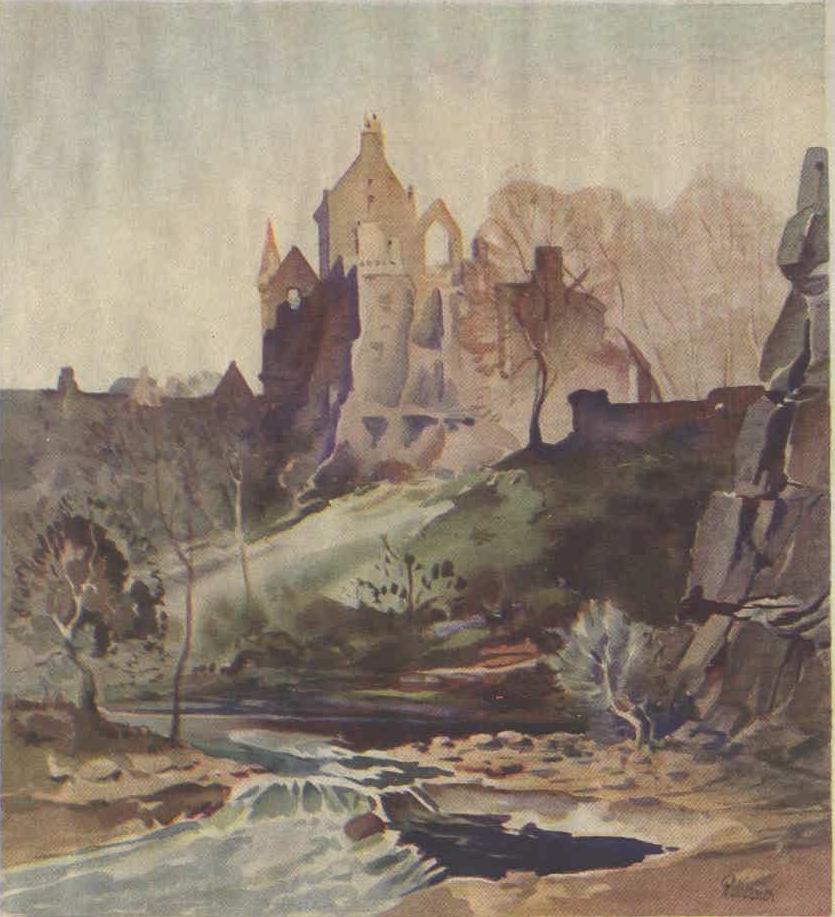
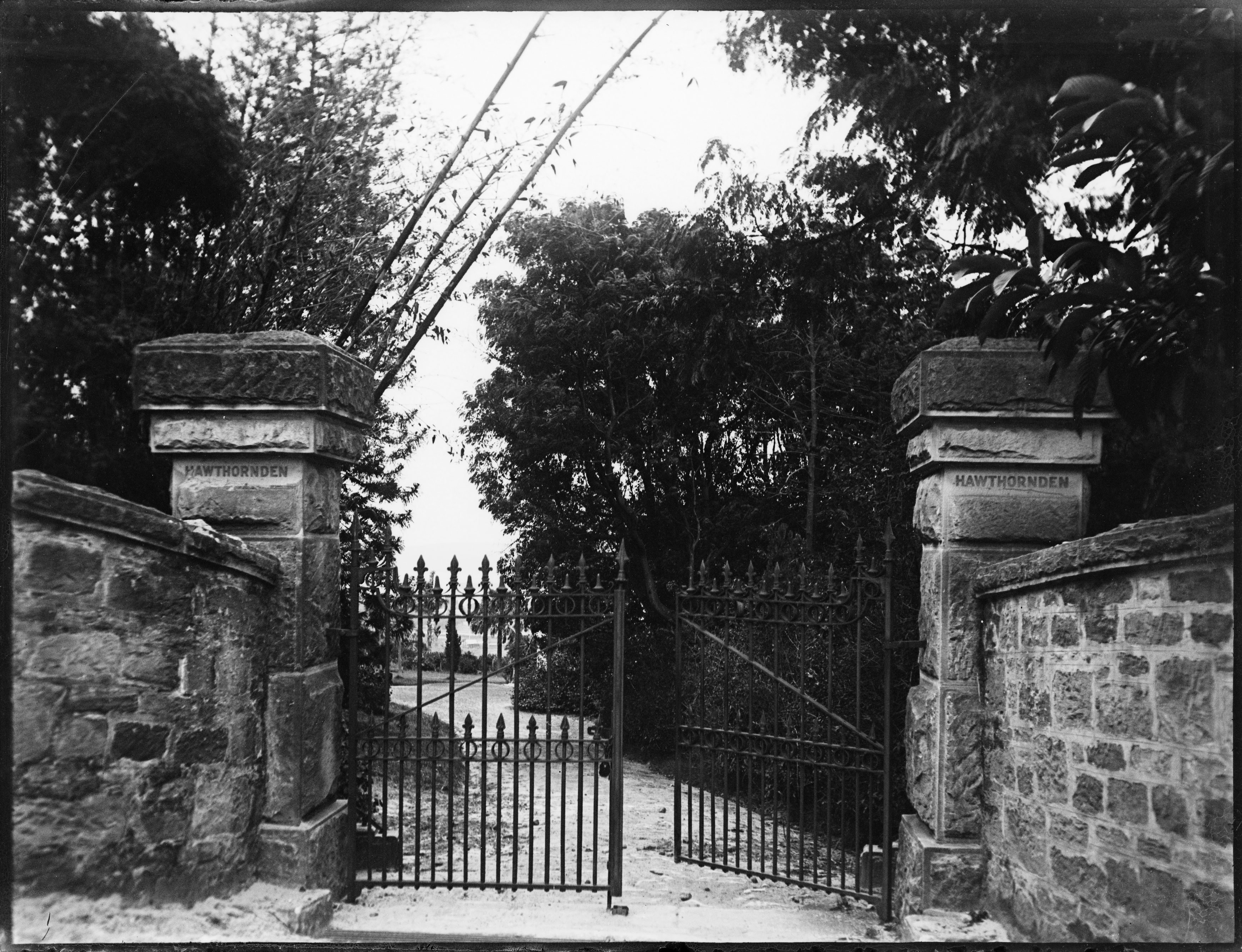
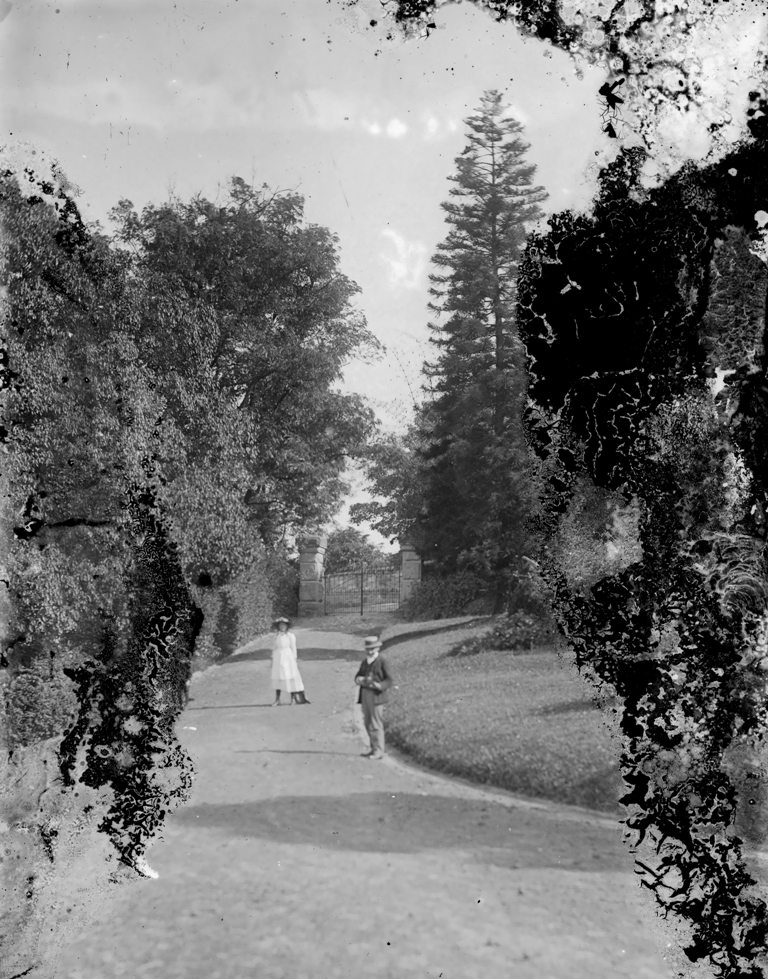
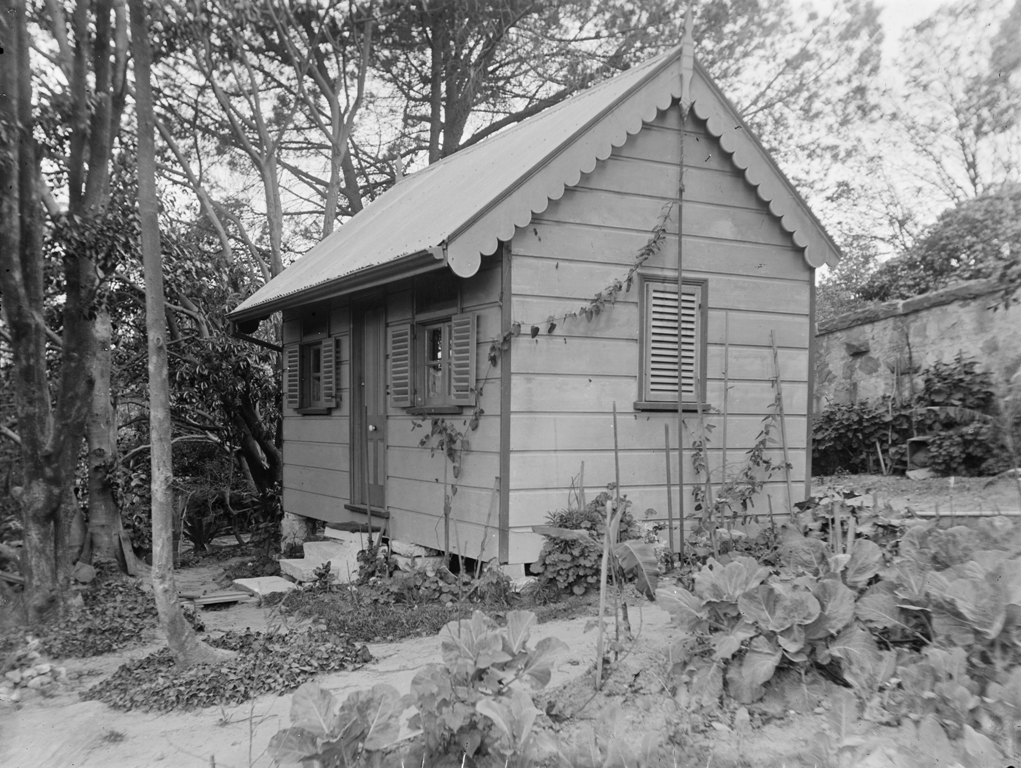
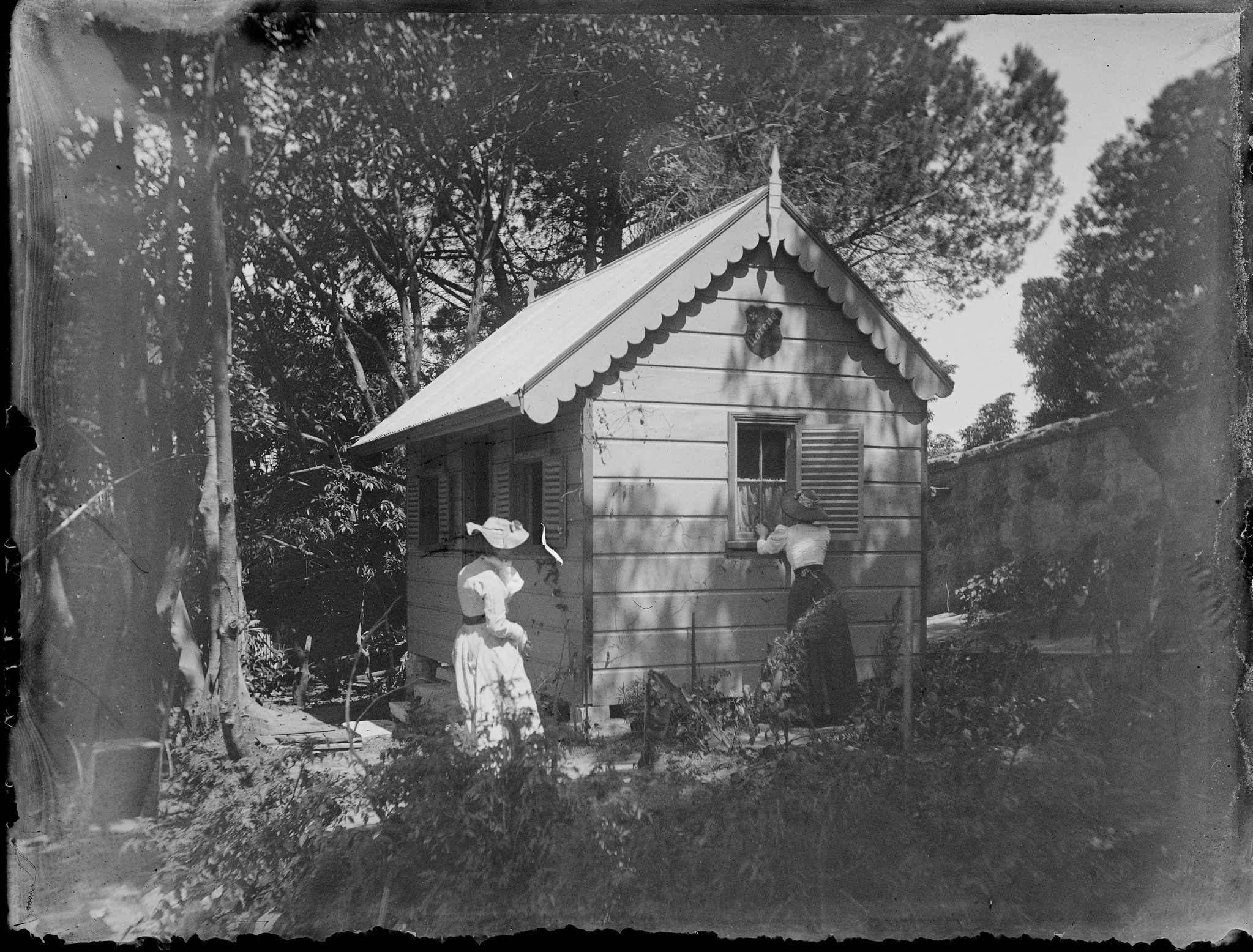
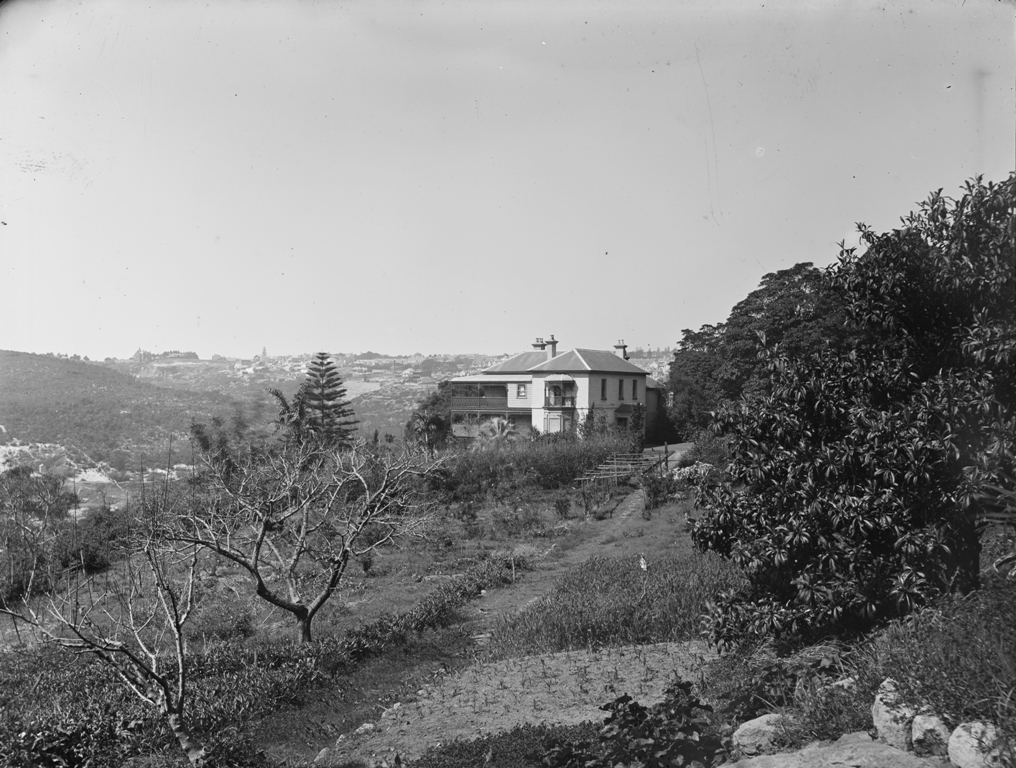
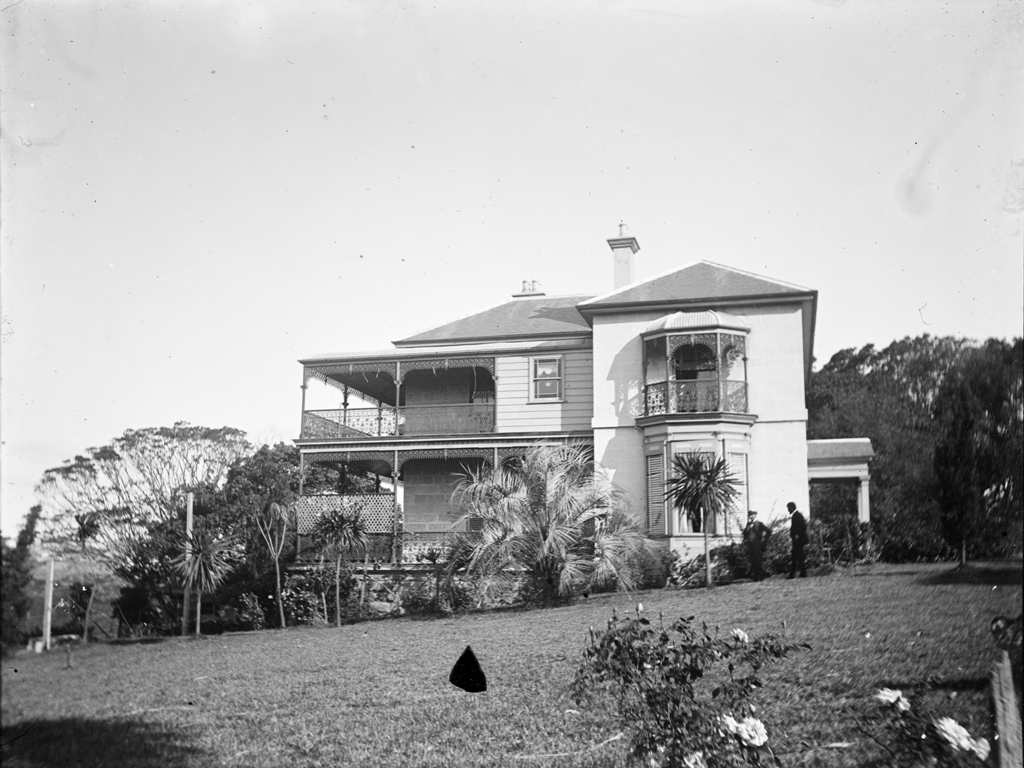
.jpg?timestamp=1580774725965)
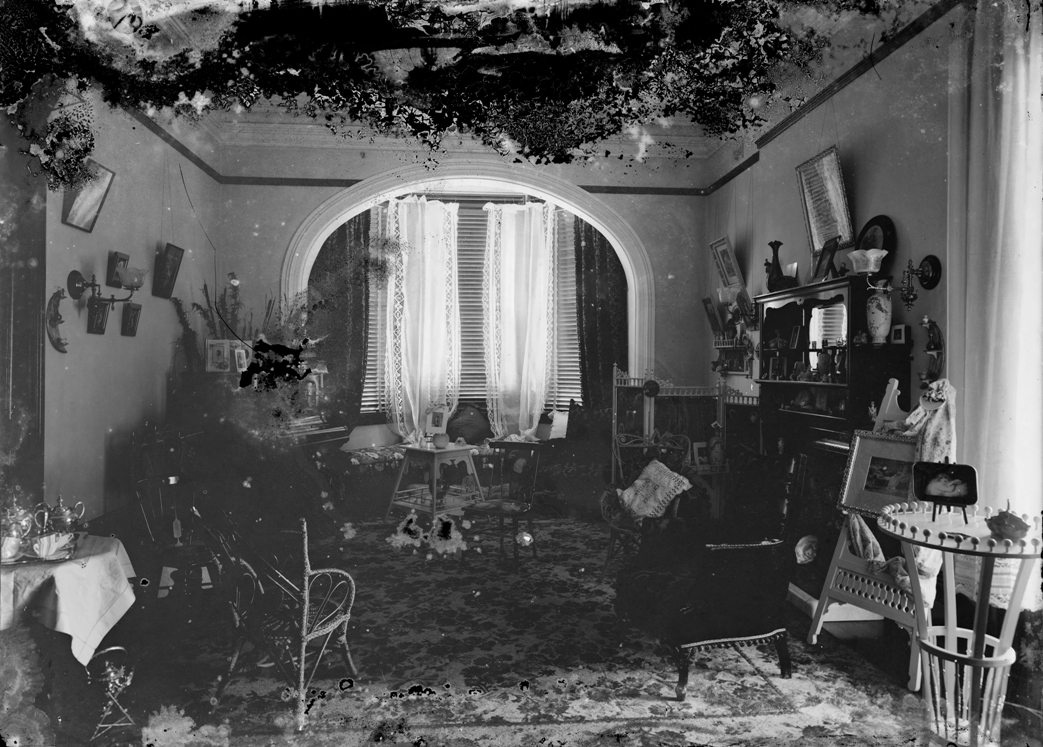
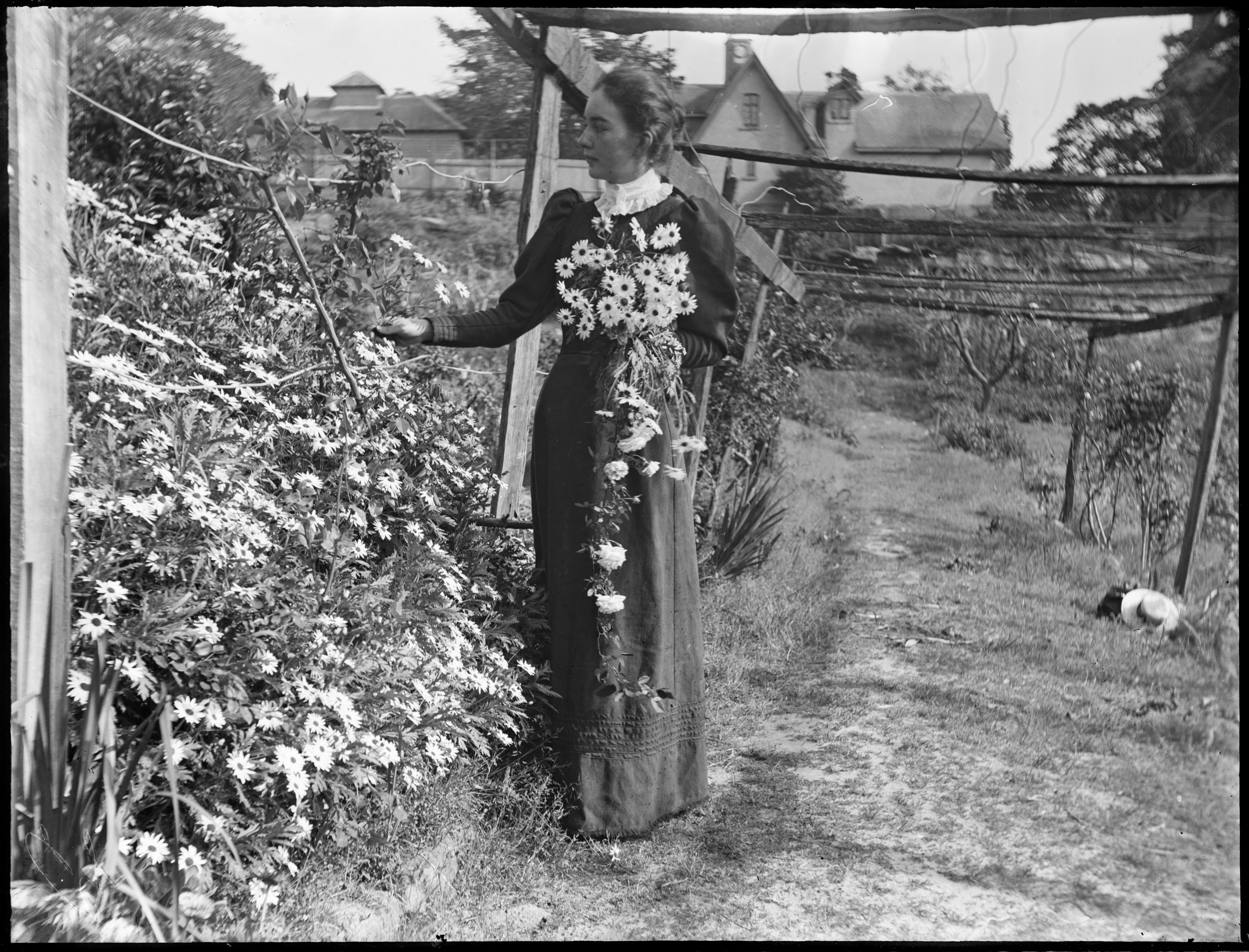
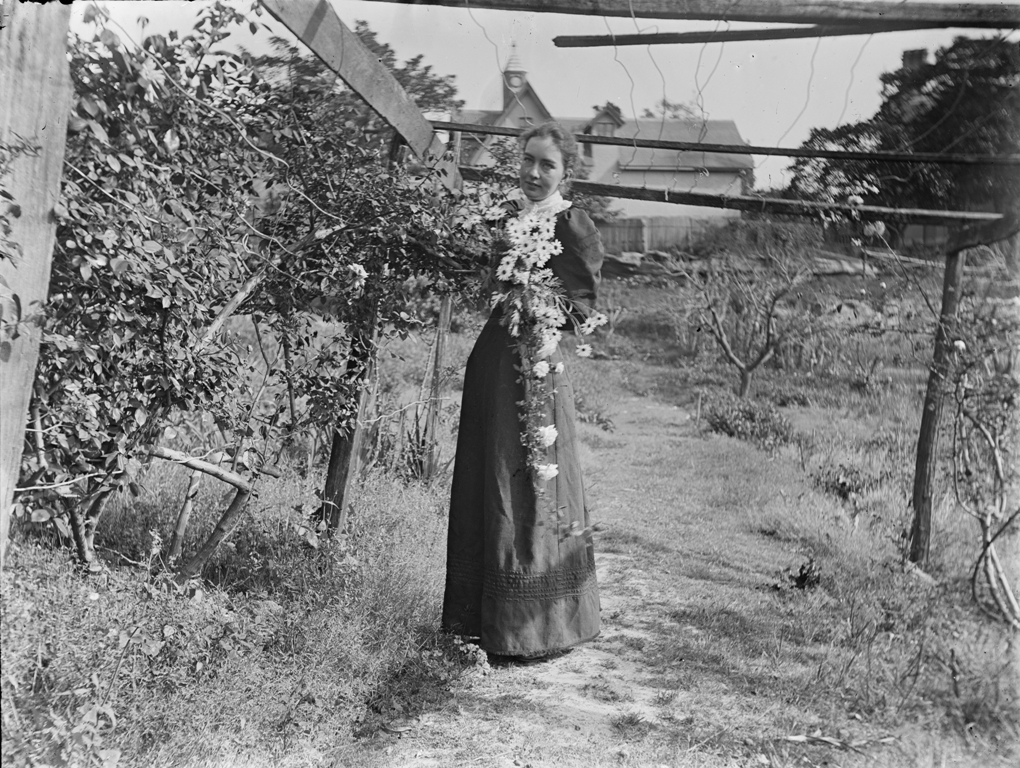
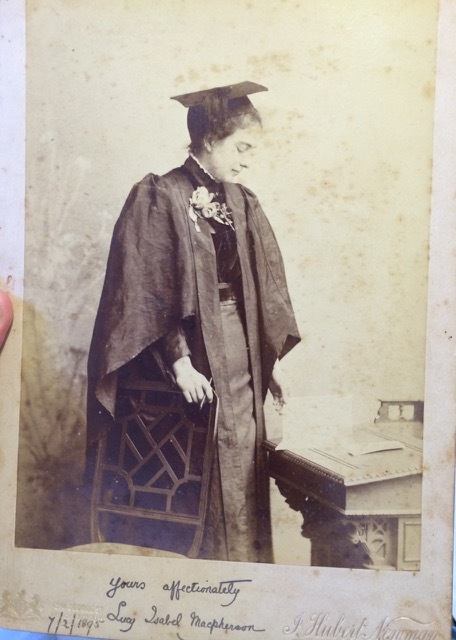
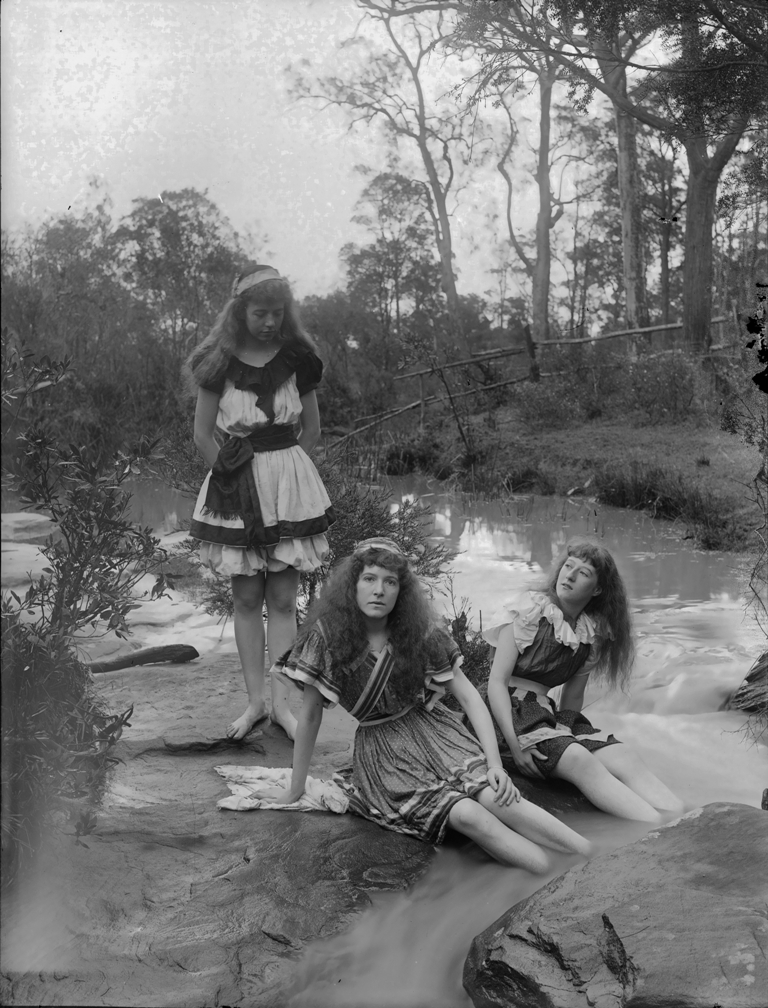
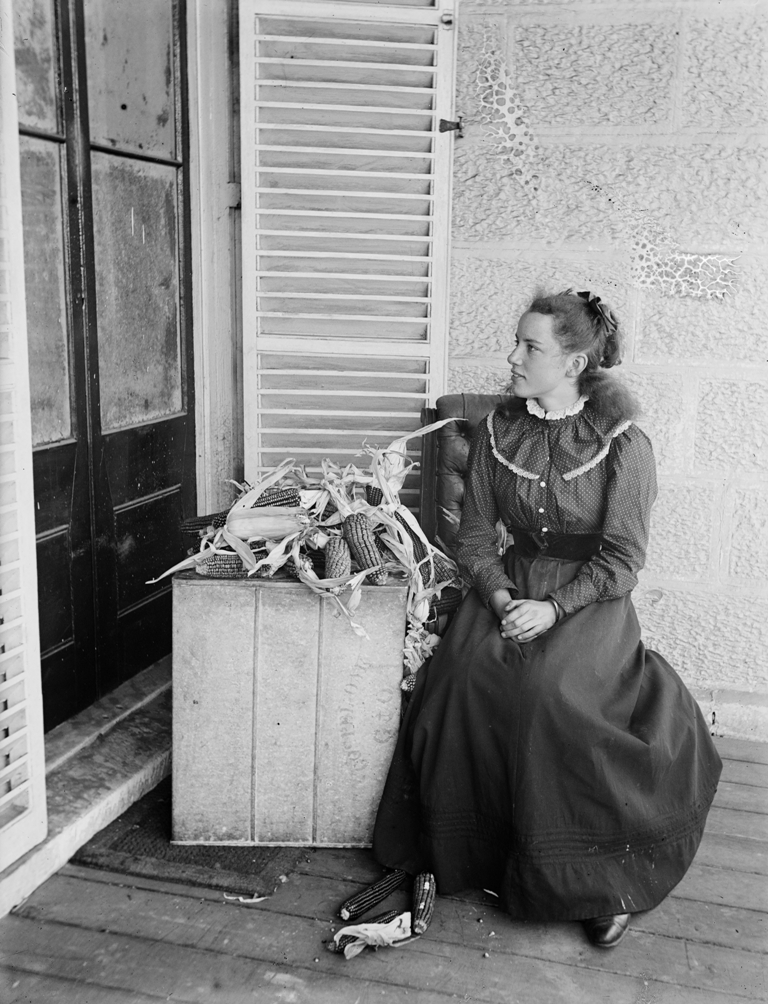
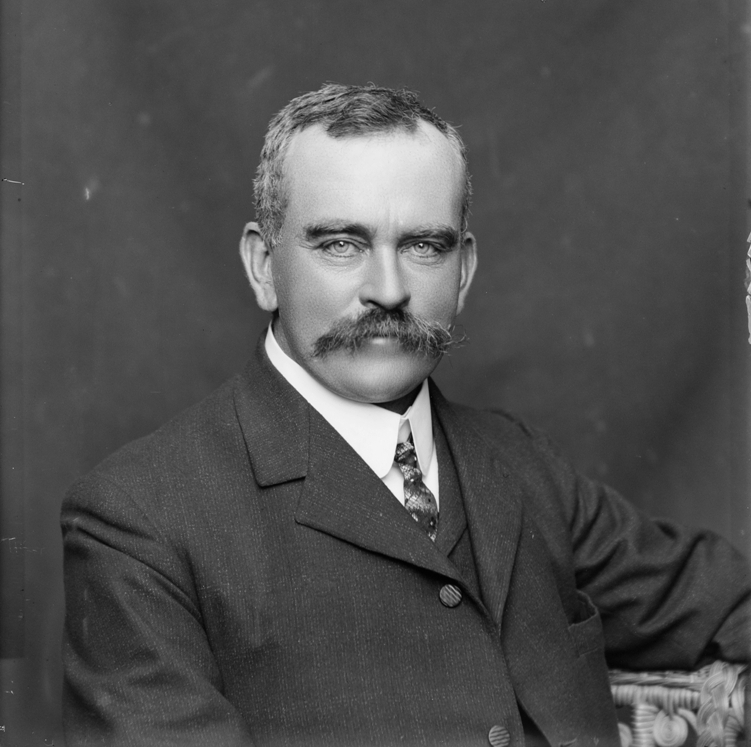
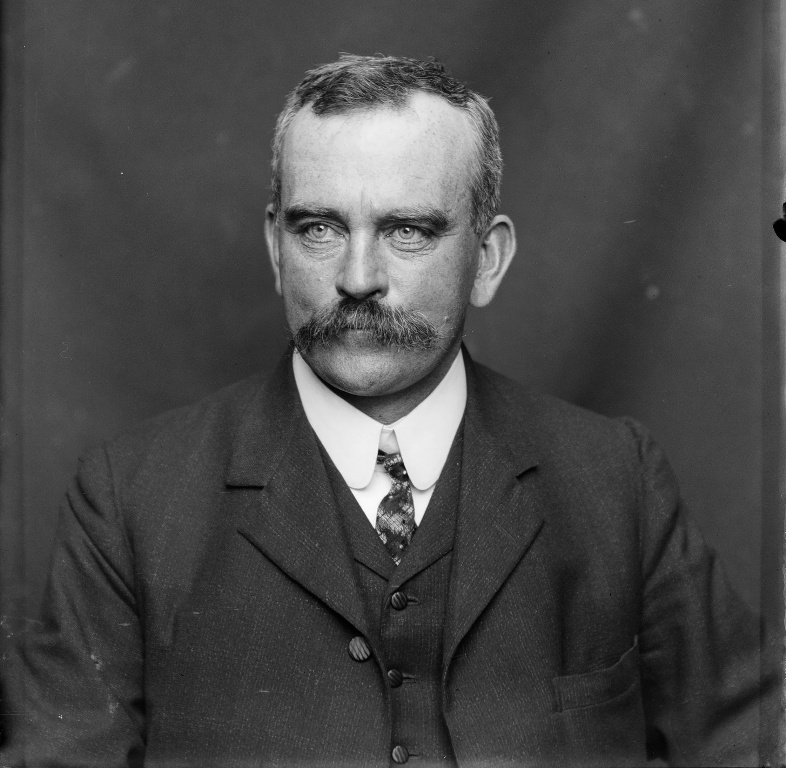
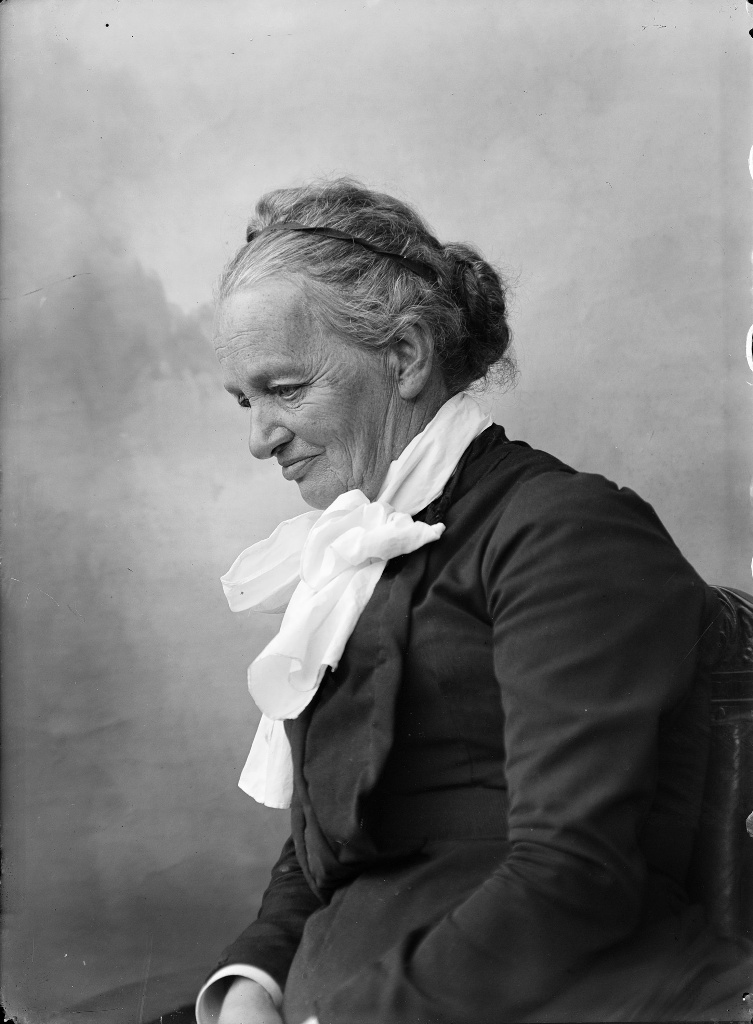
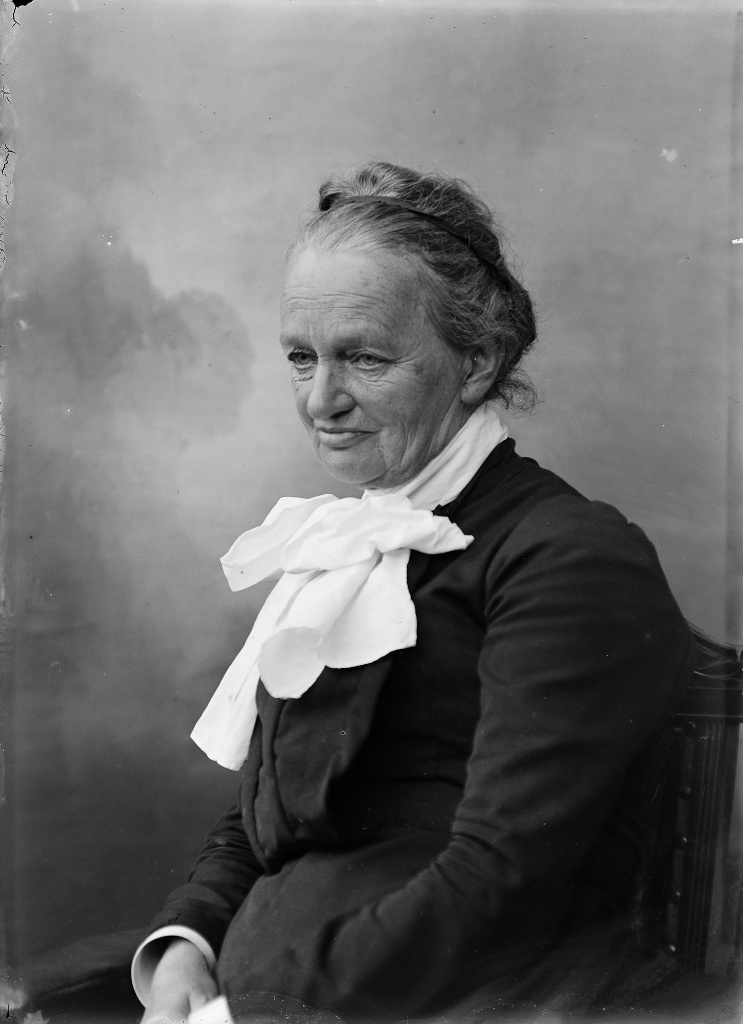



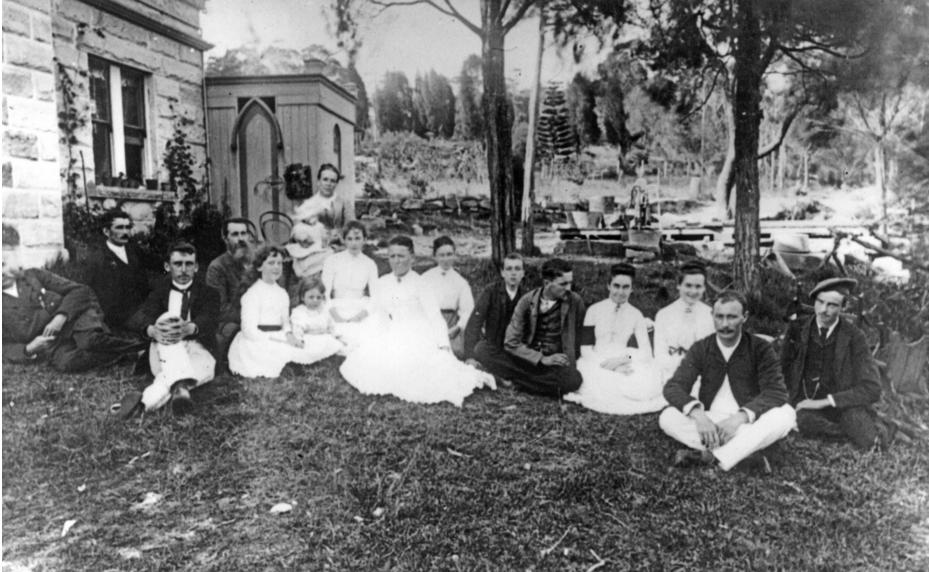
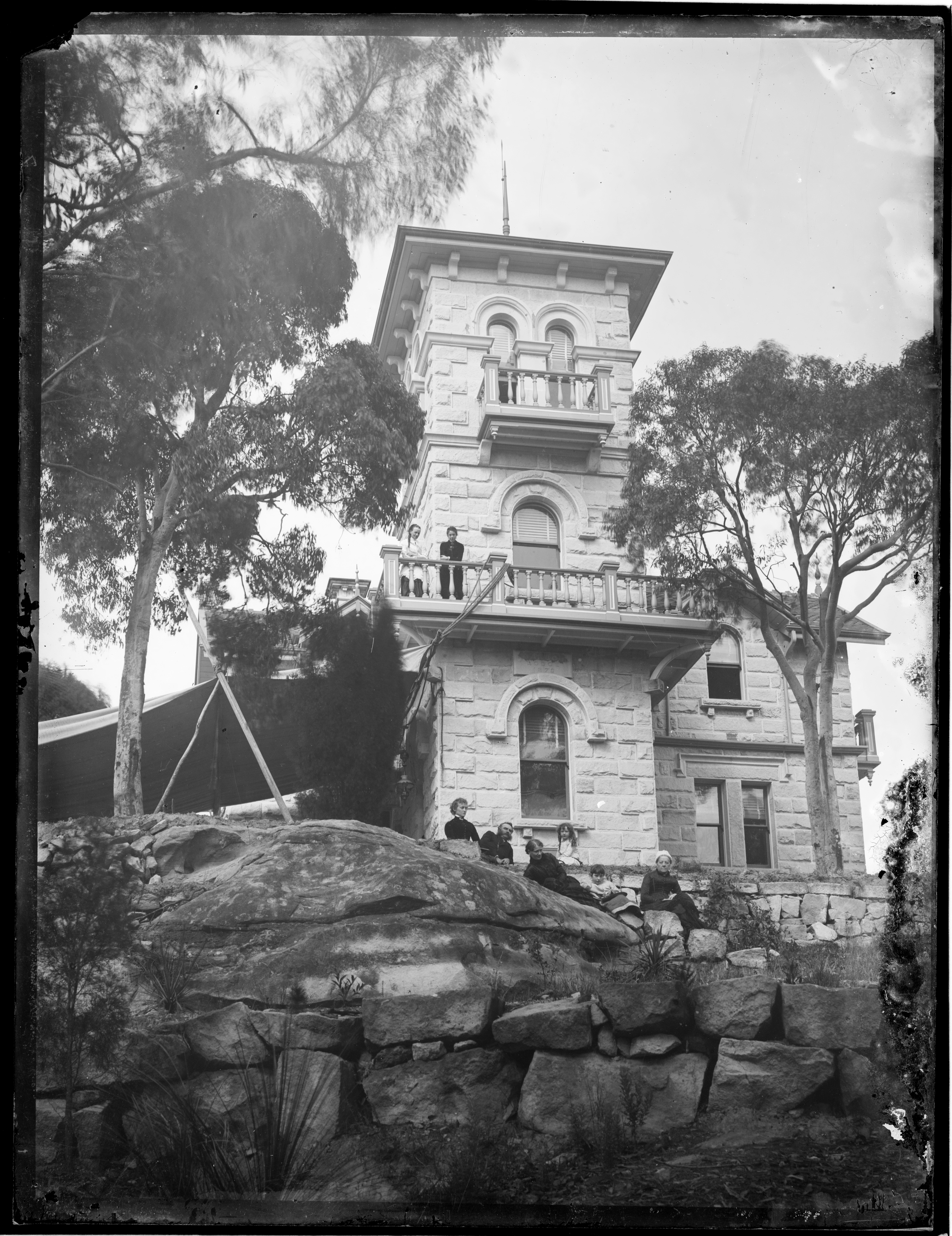
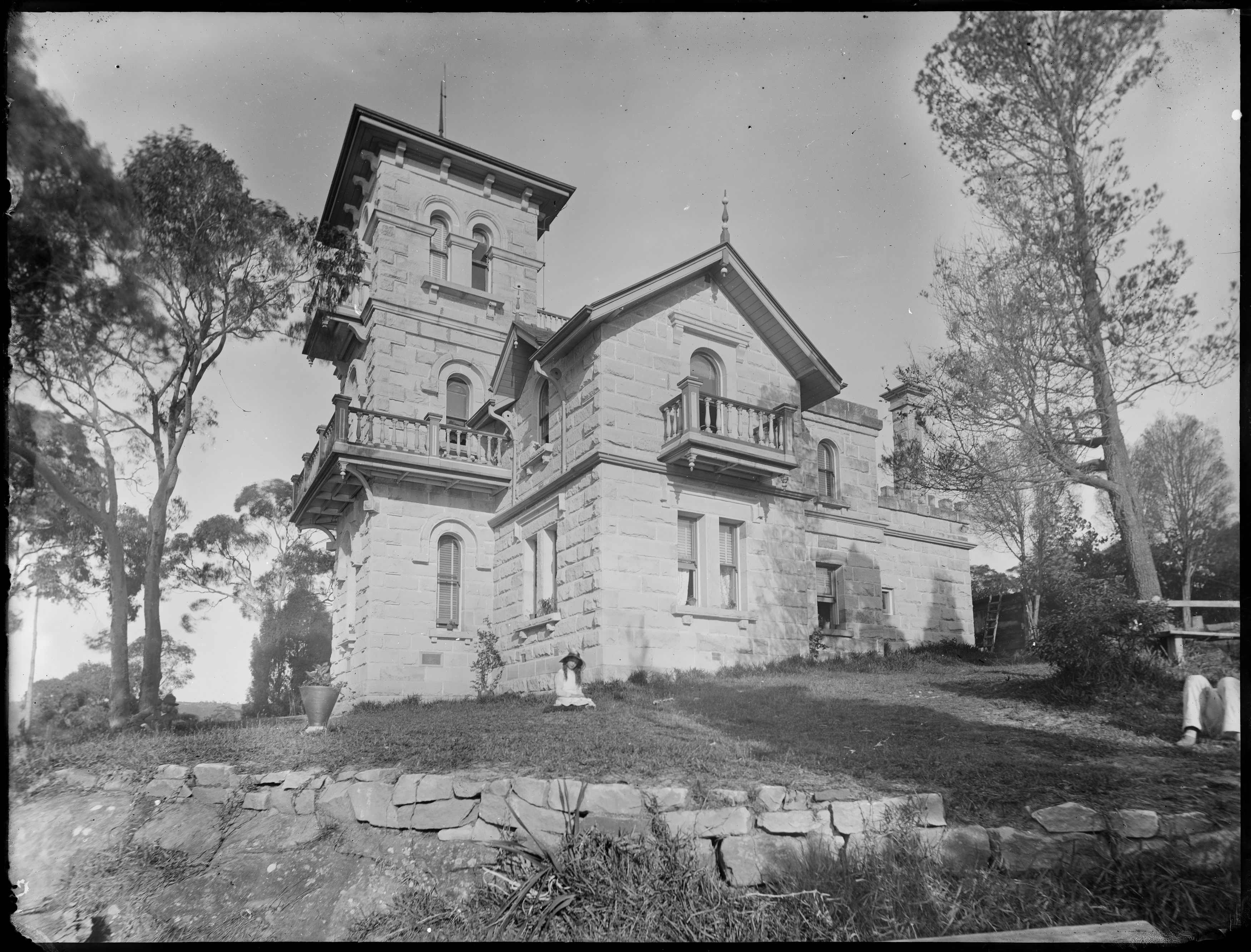

.jpg?timestamp=1580774948792)

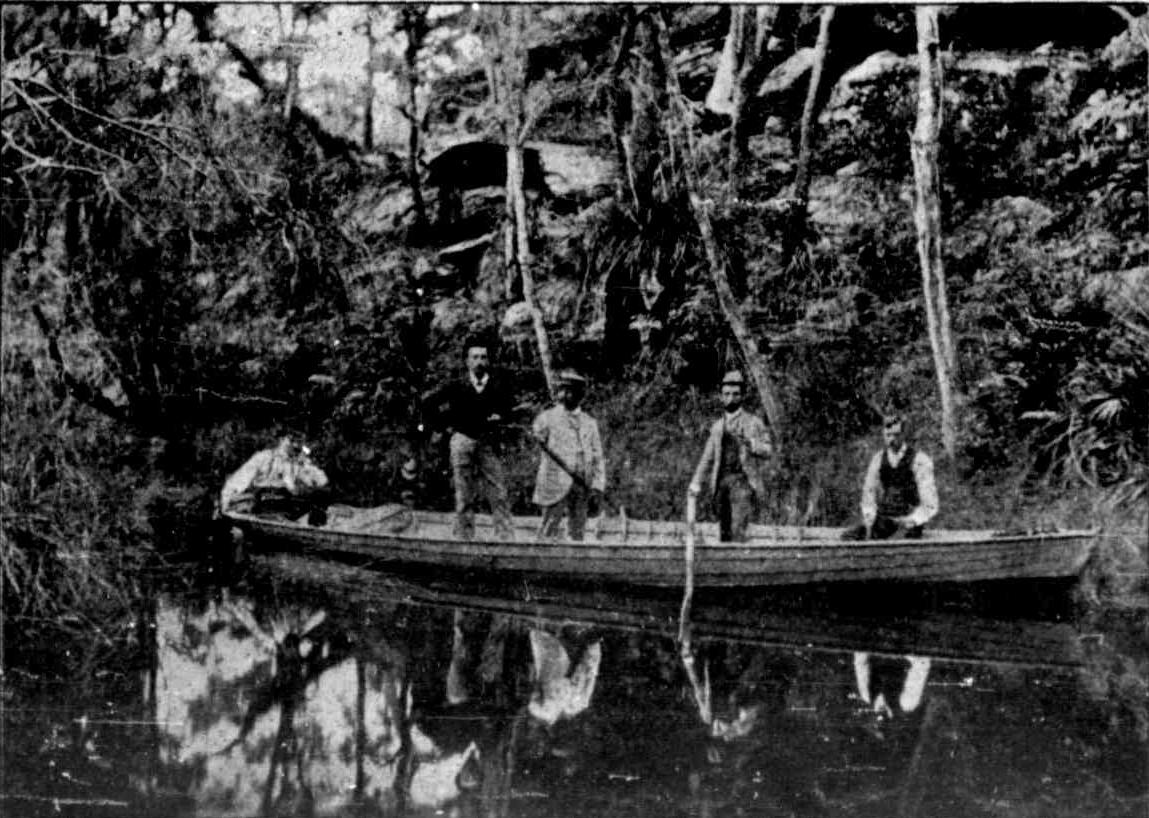
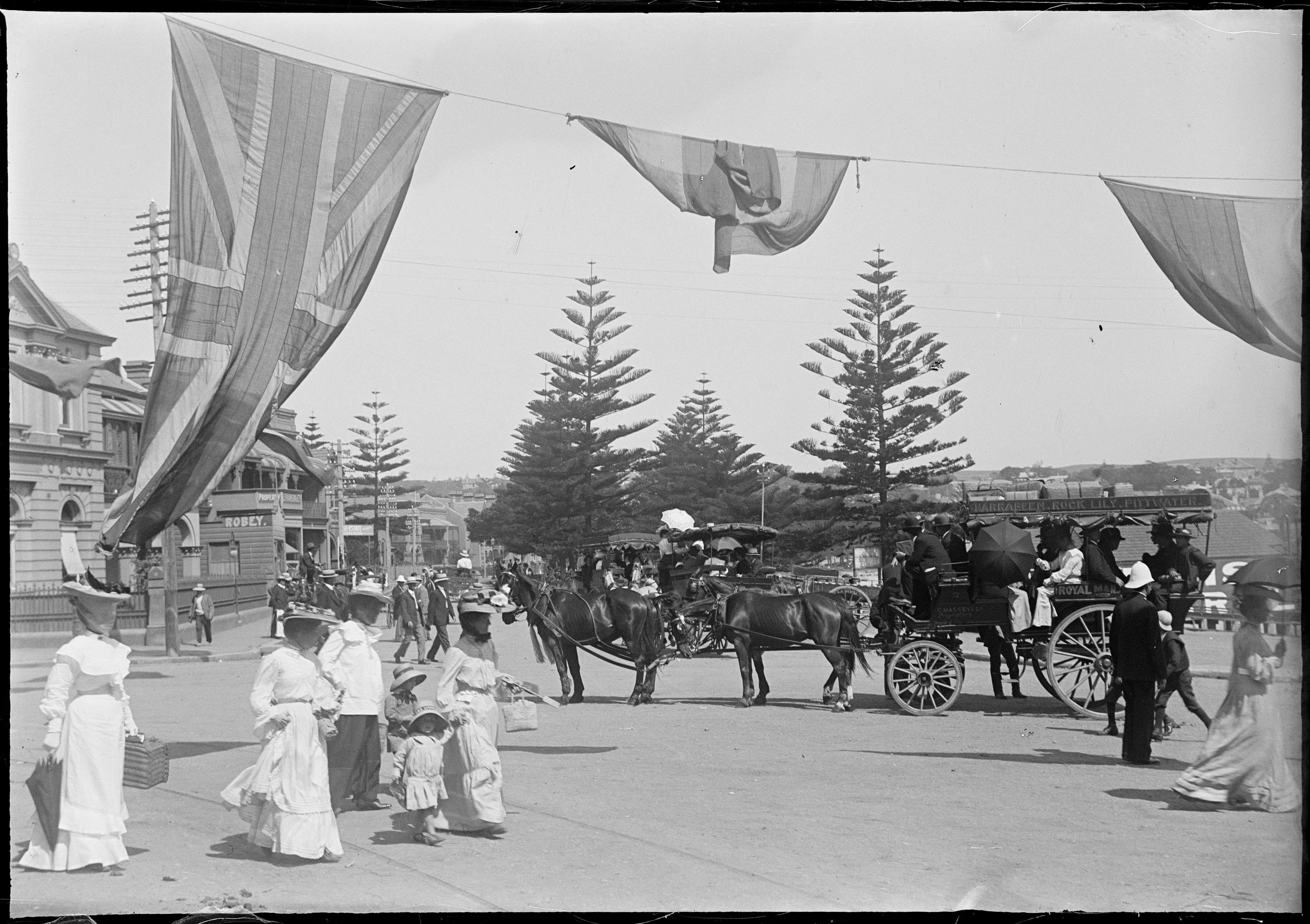
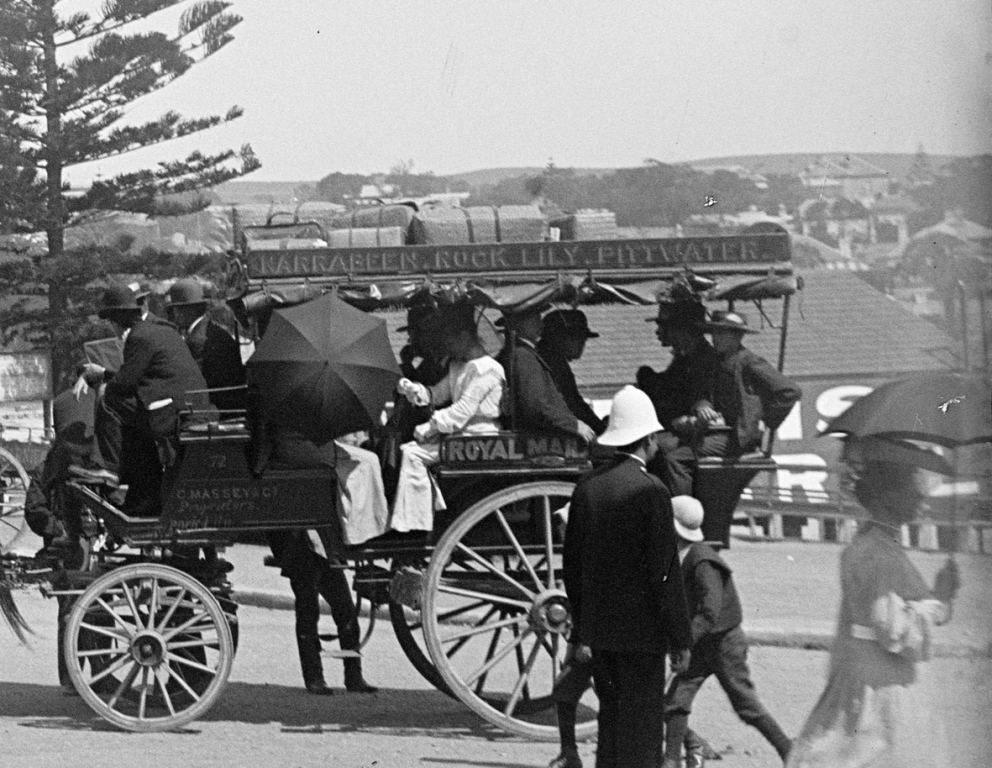
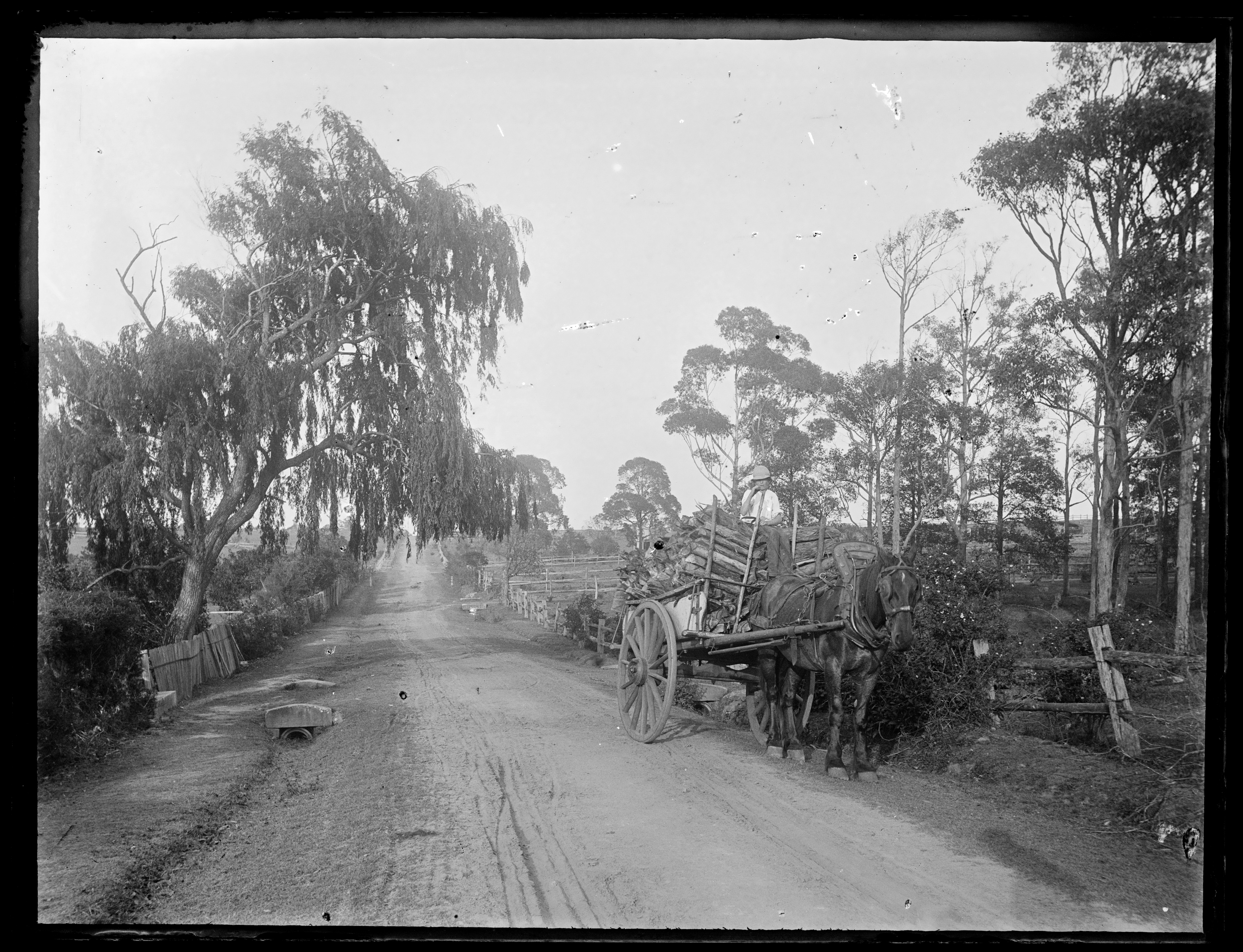
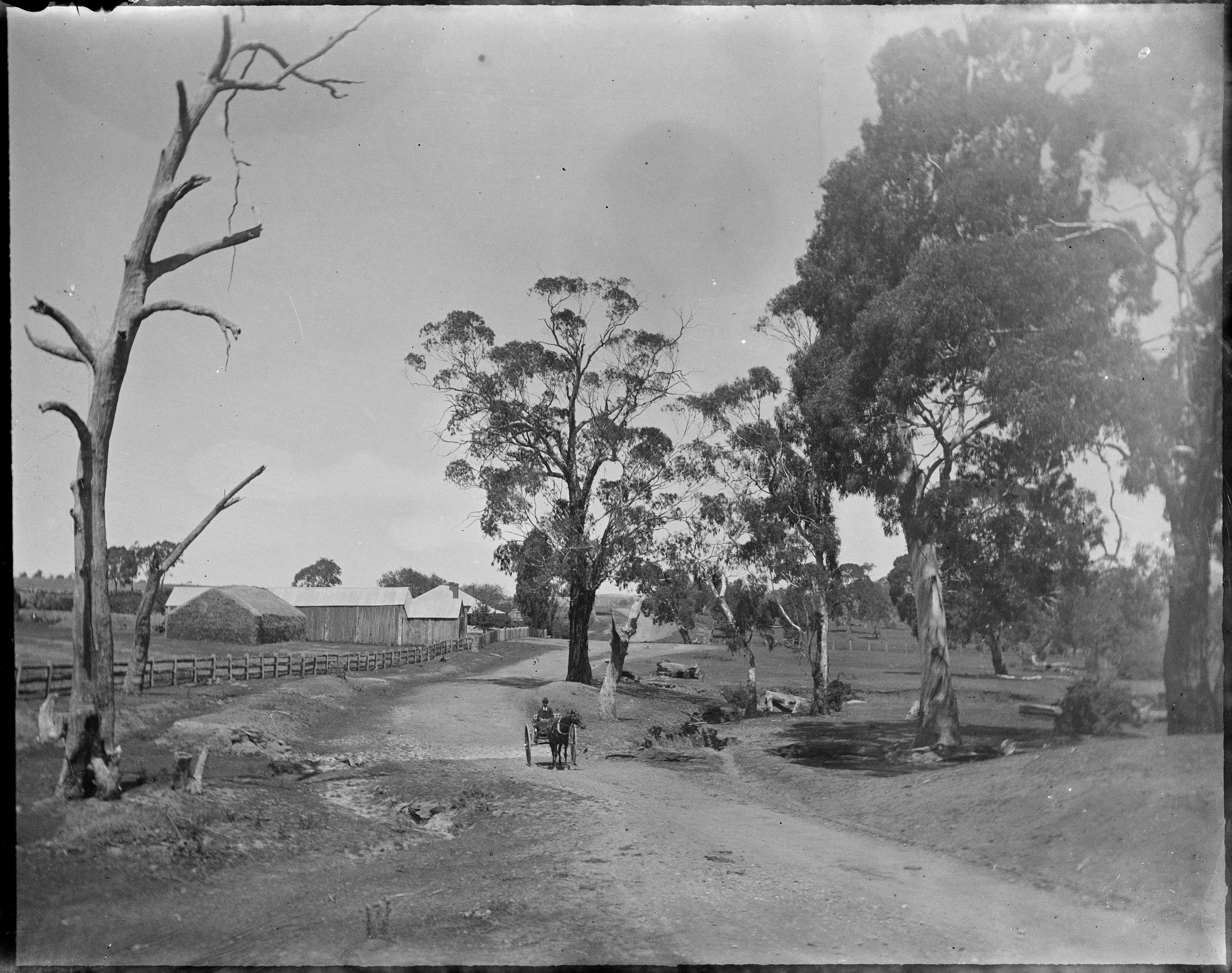
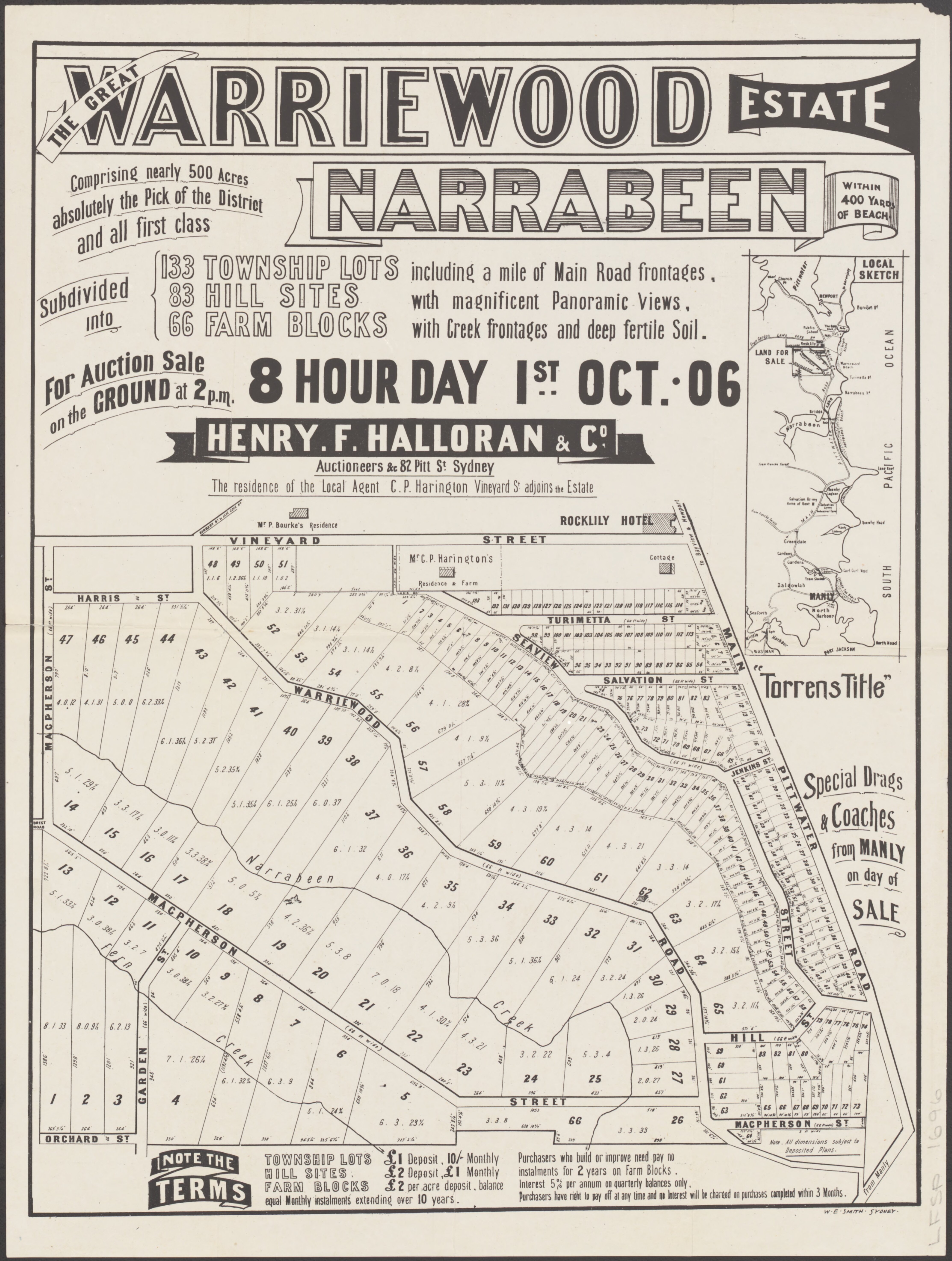
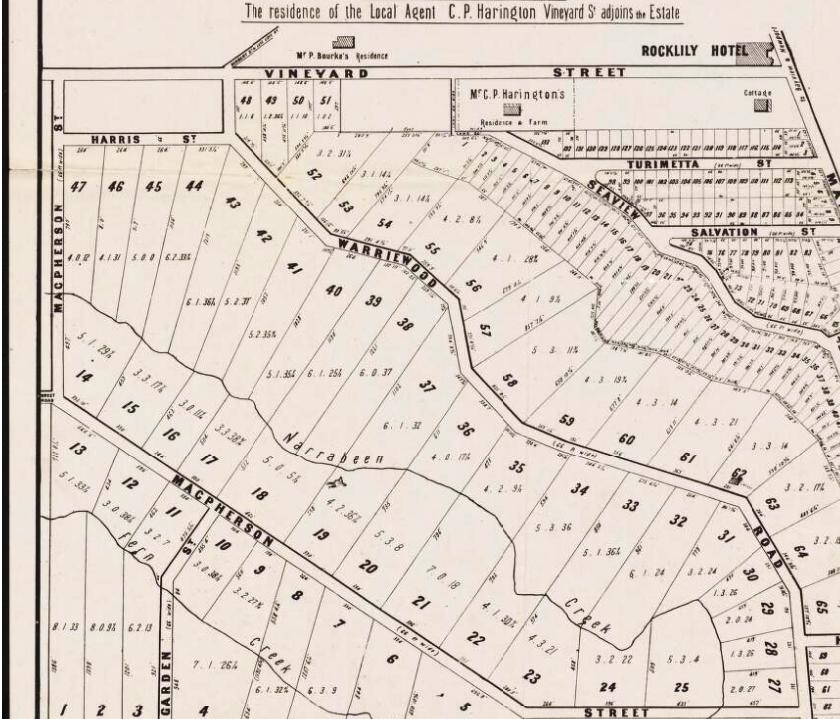
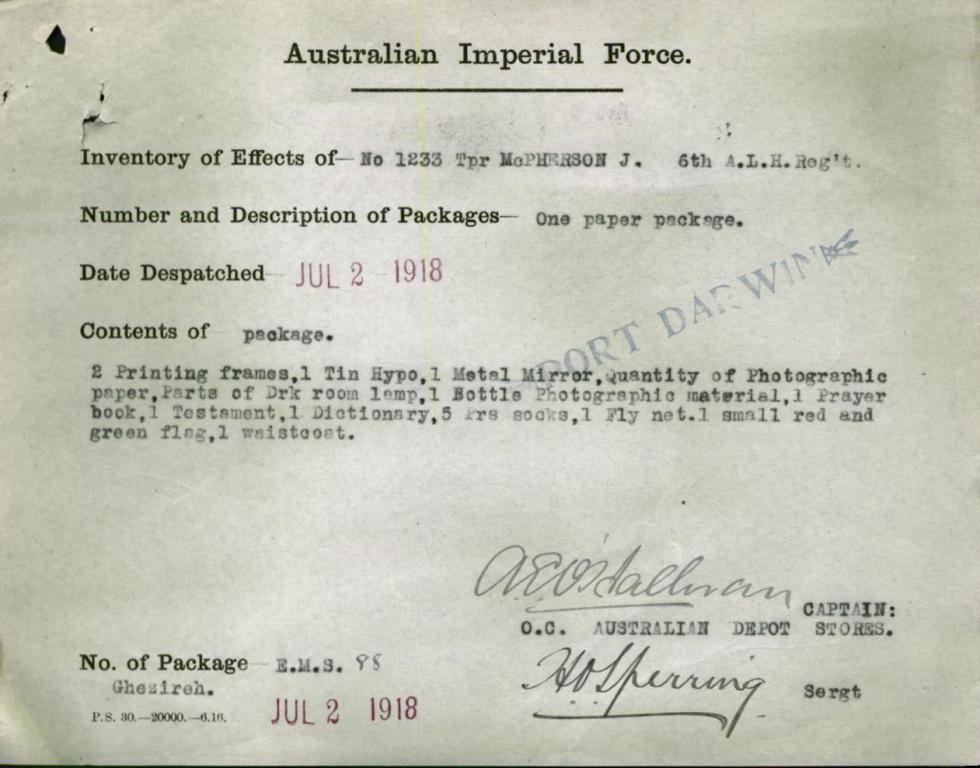
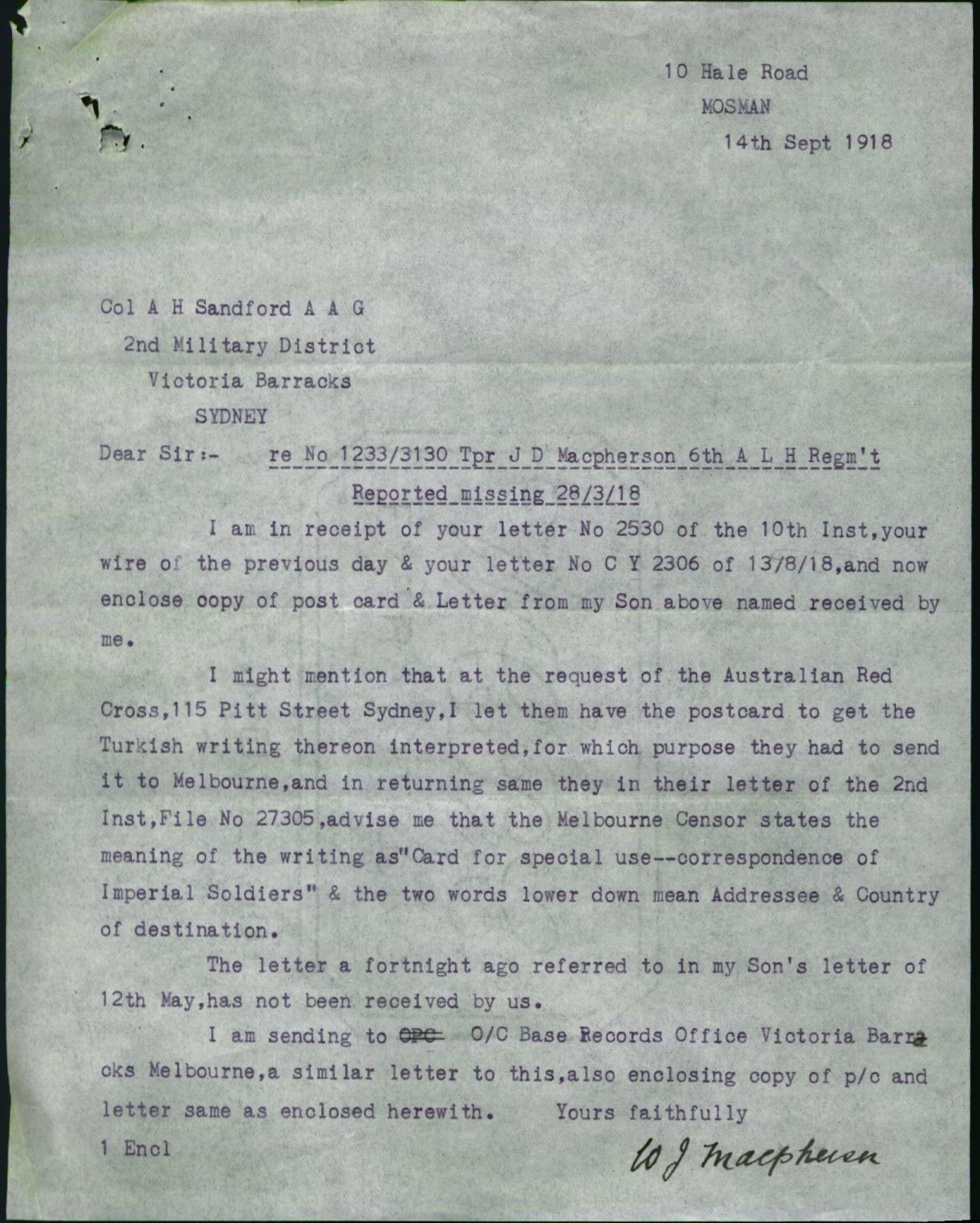
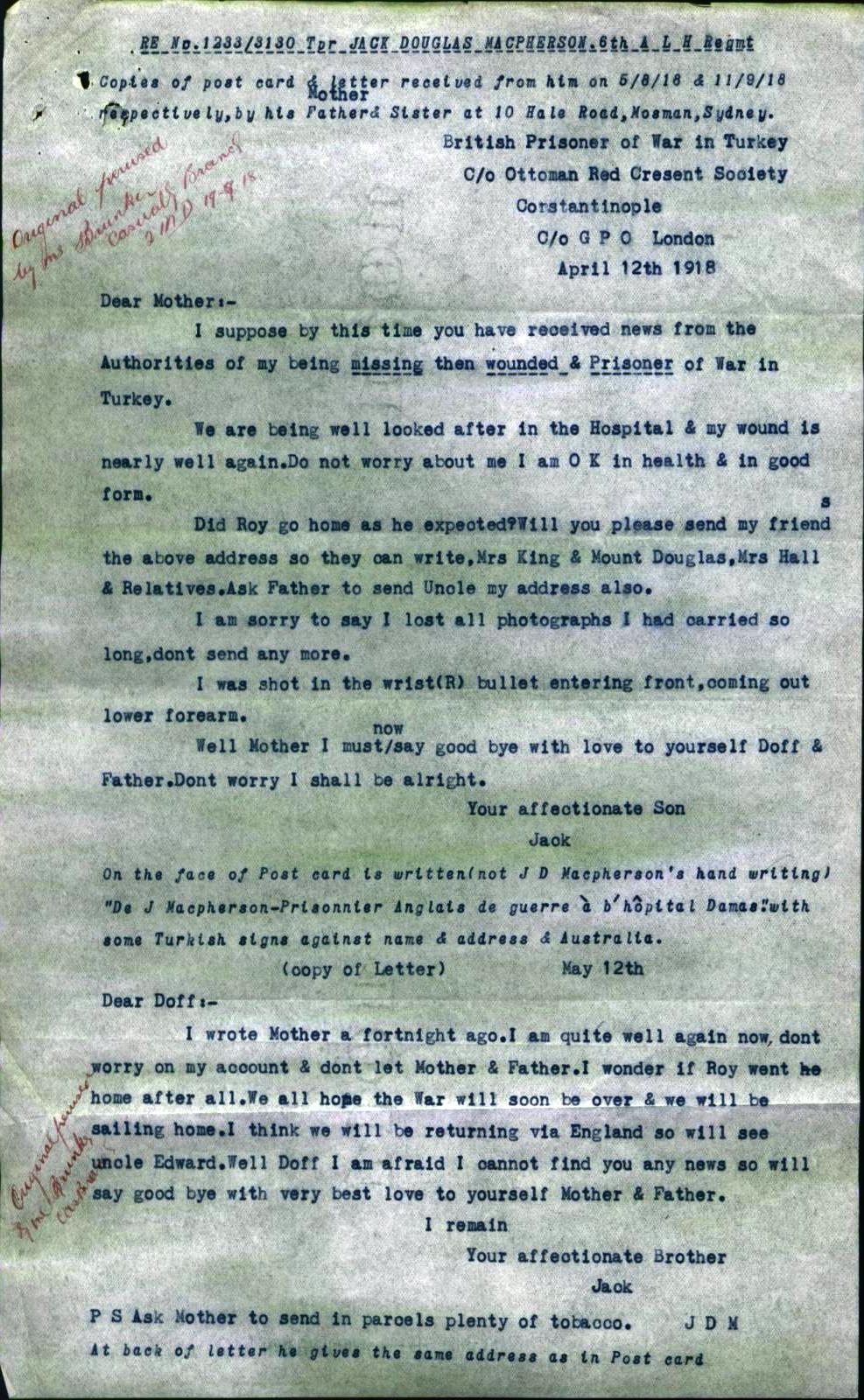
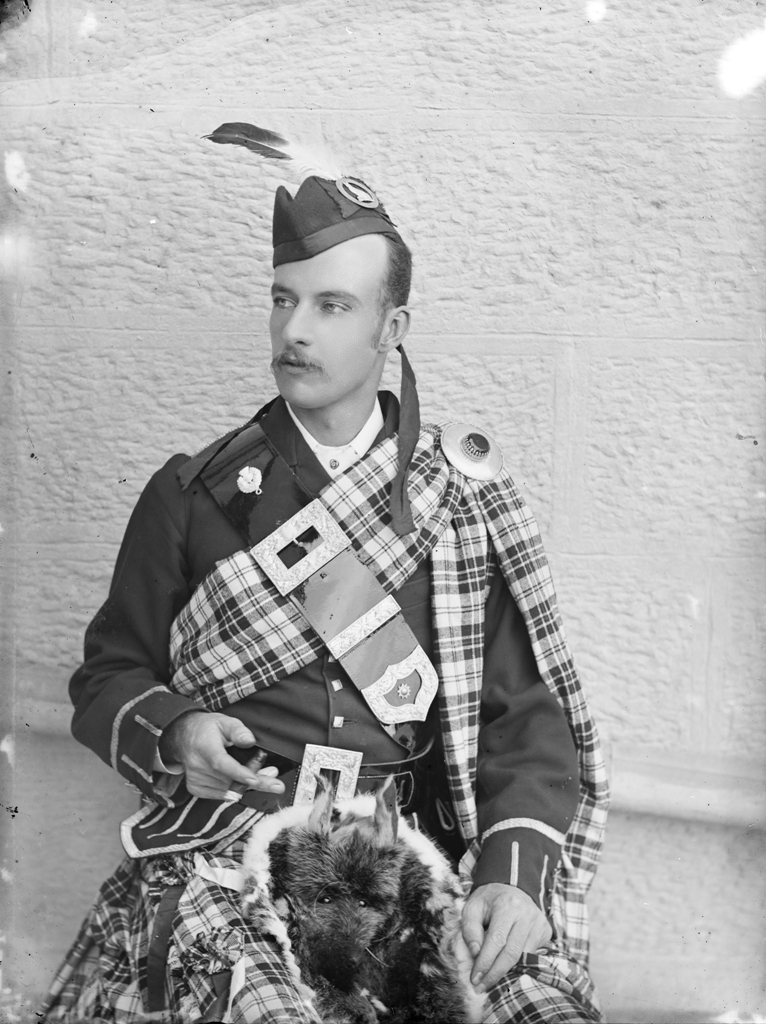
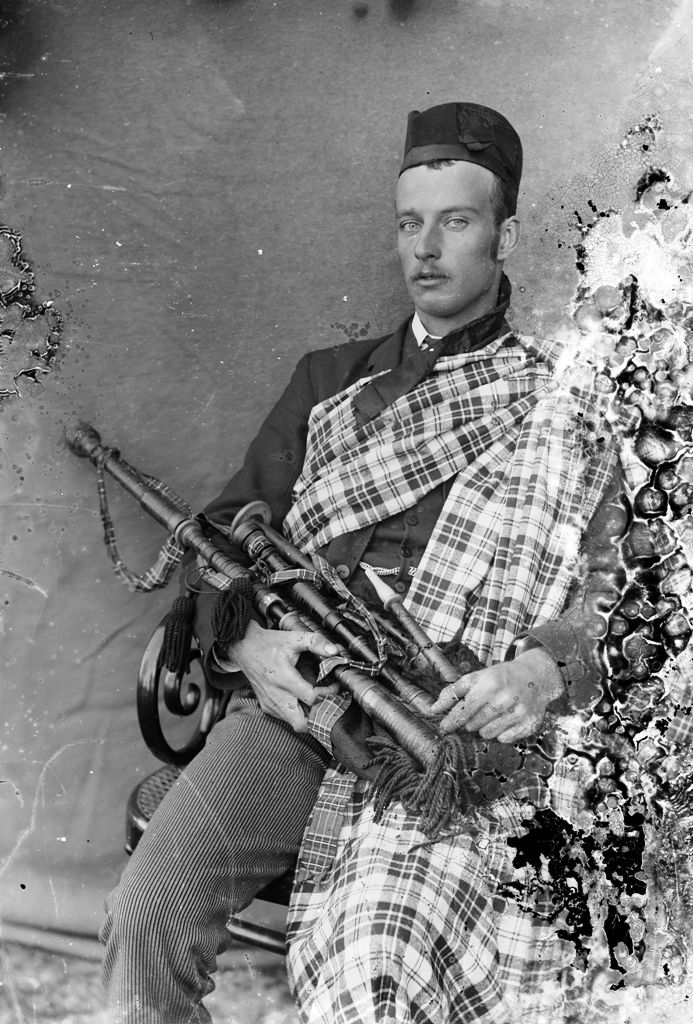
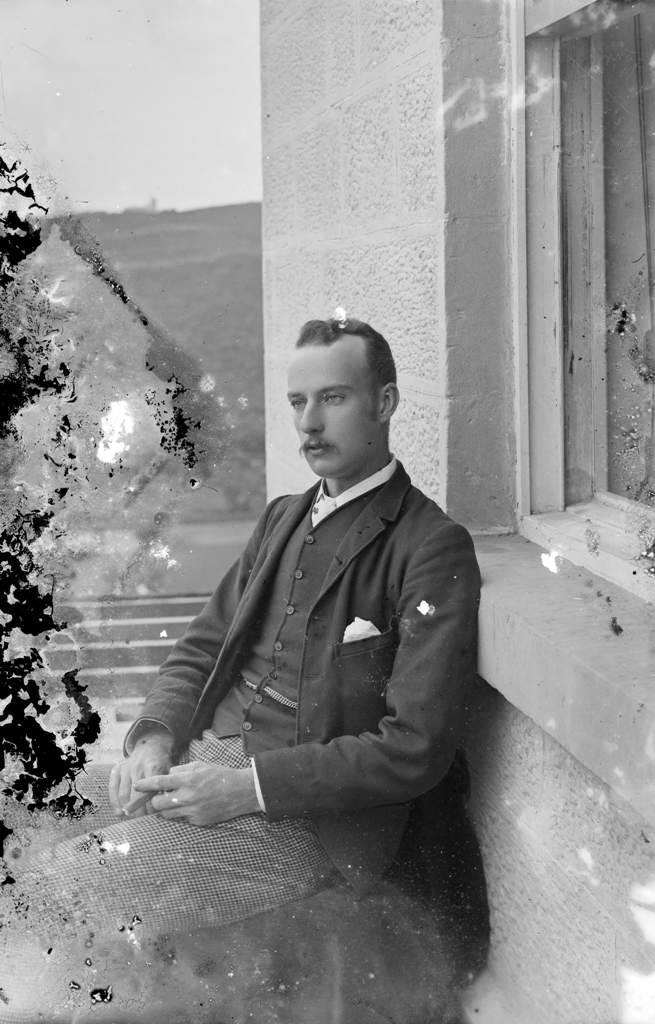
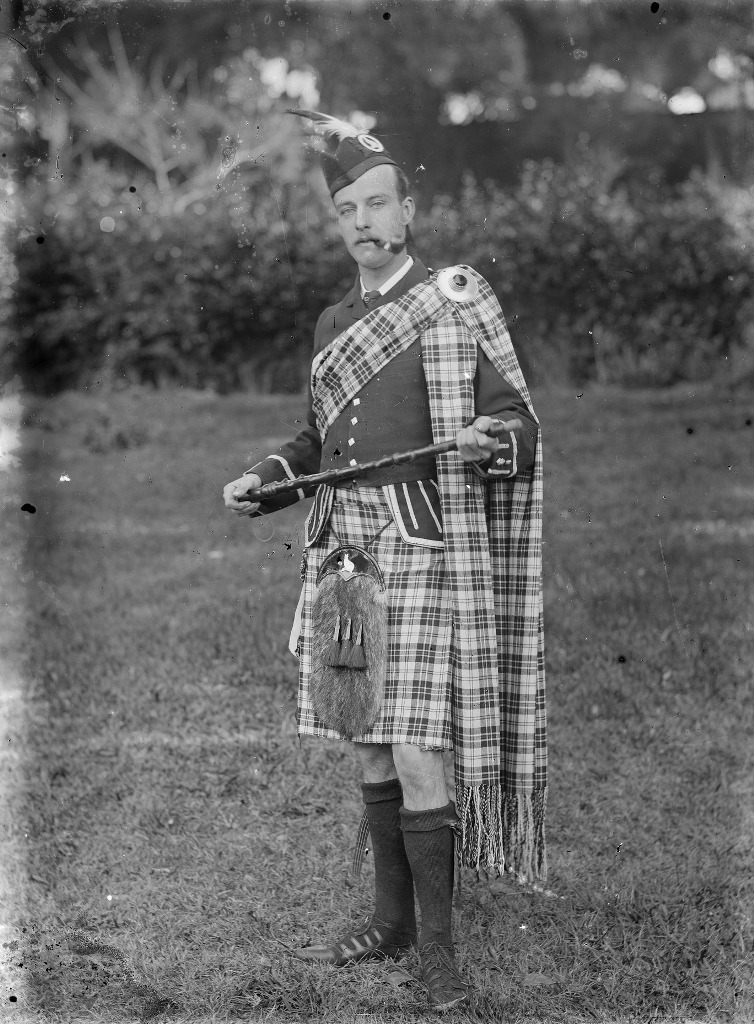
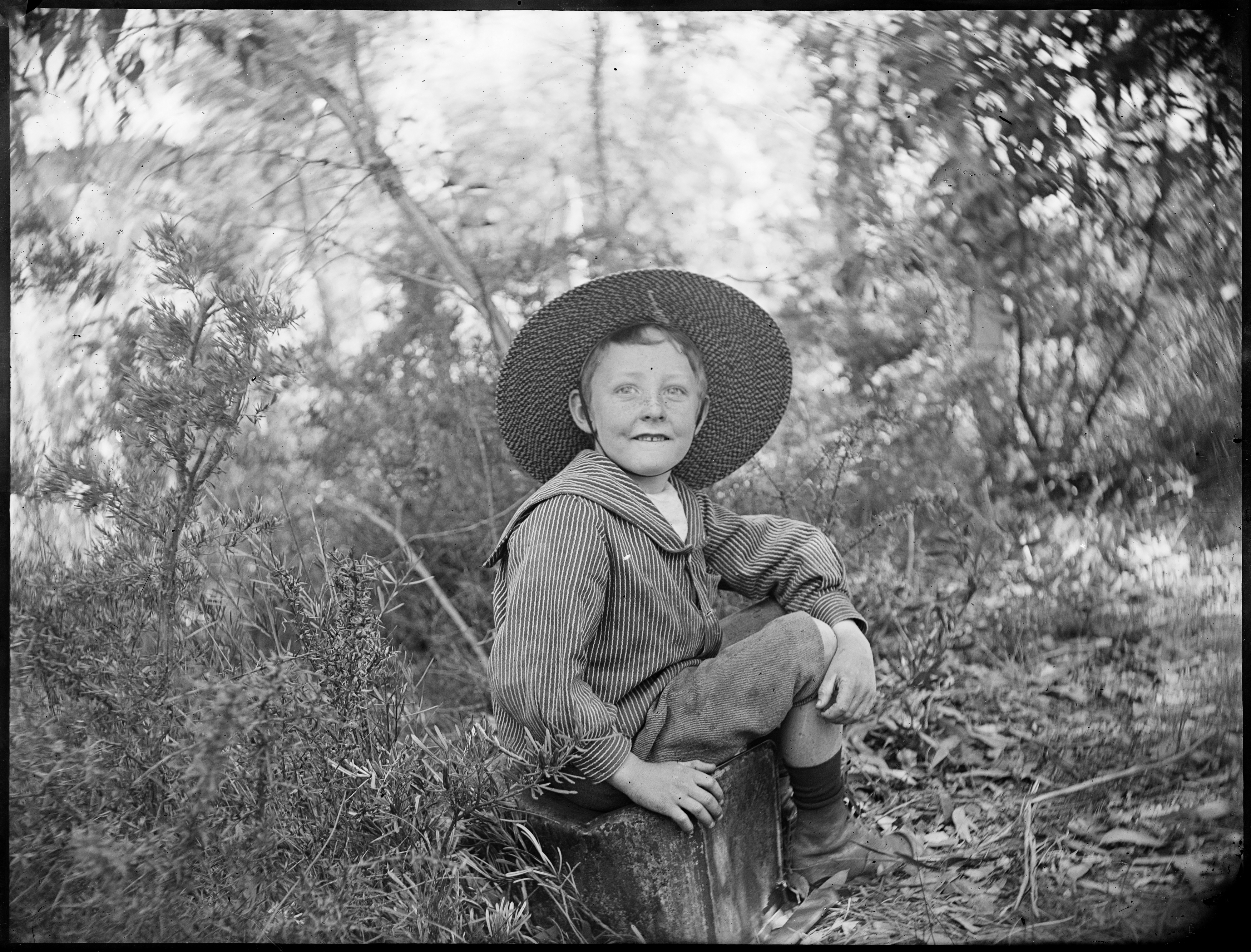
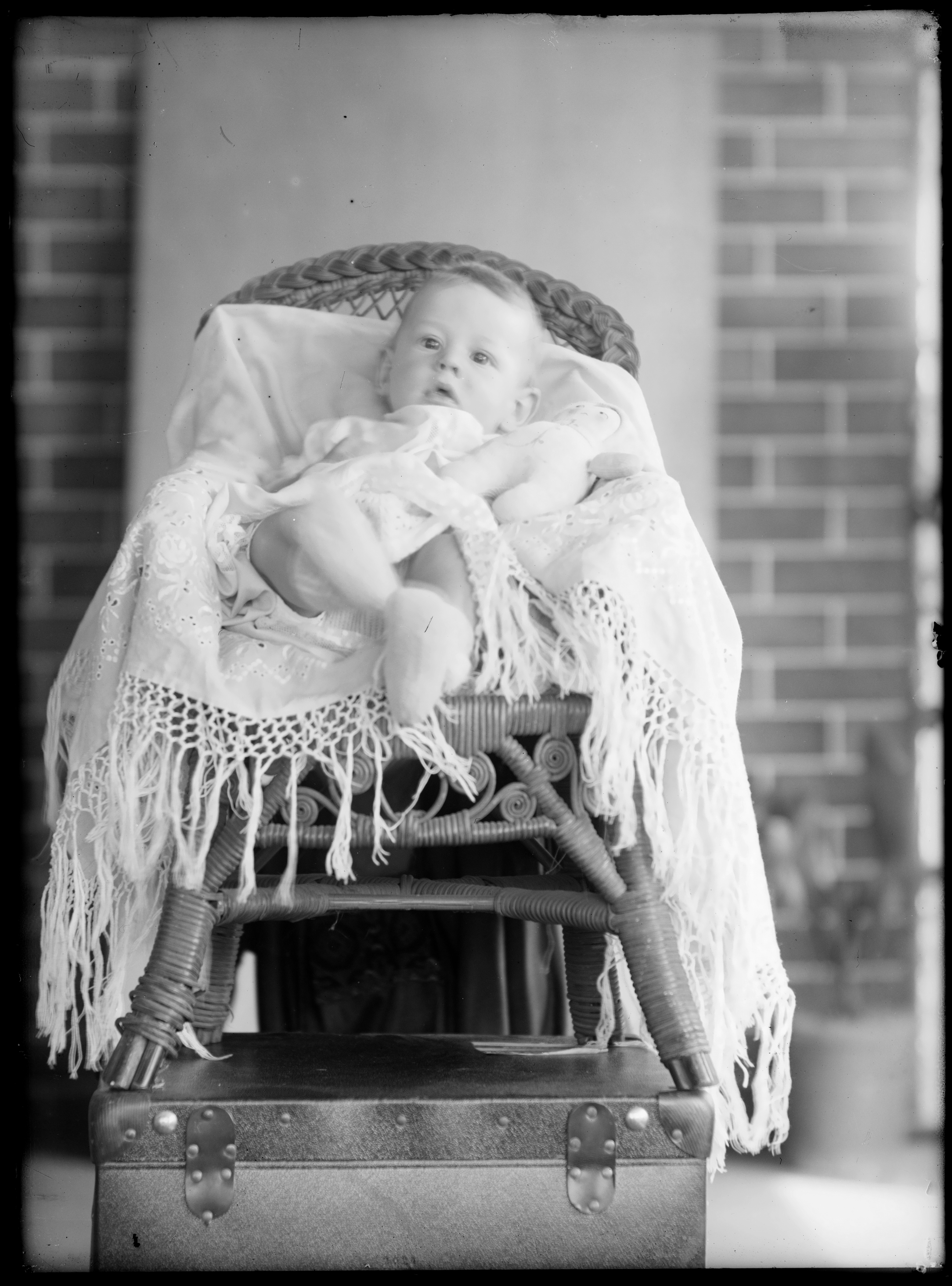
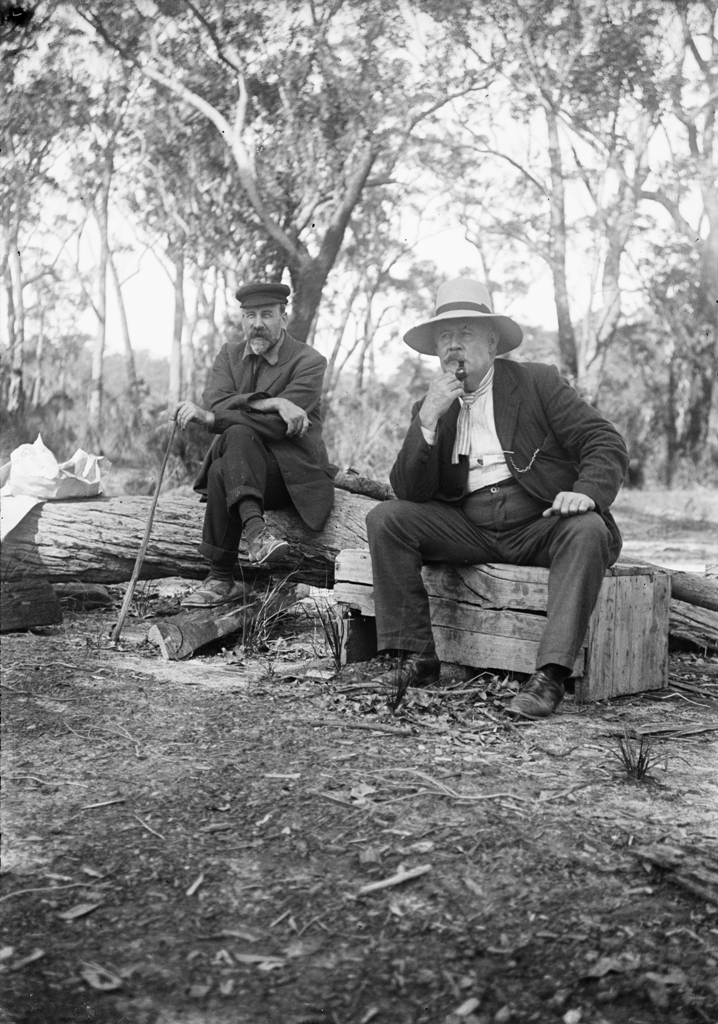
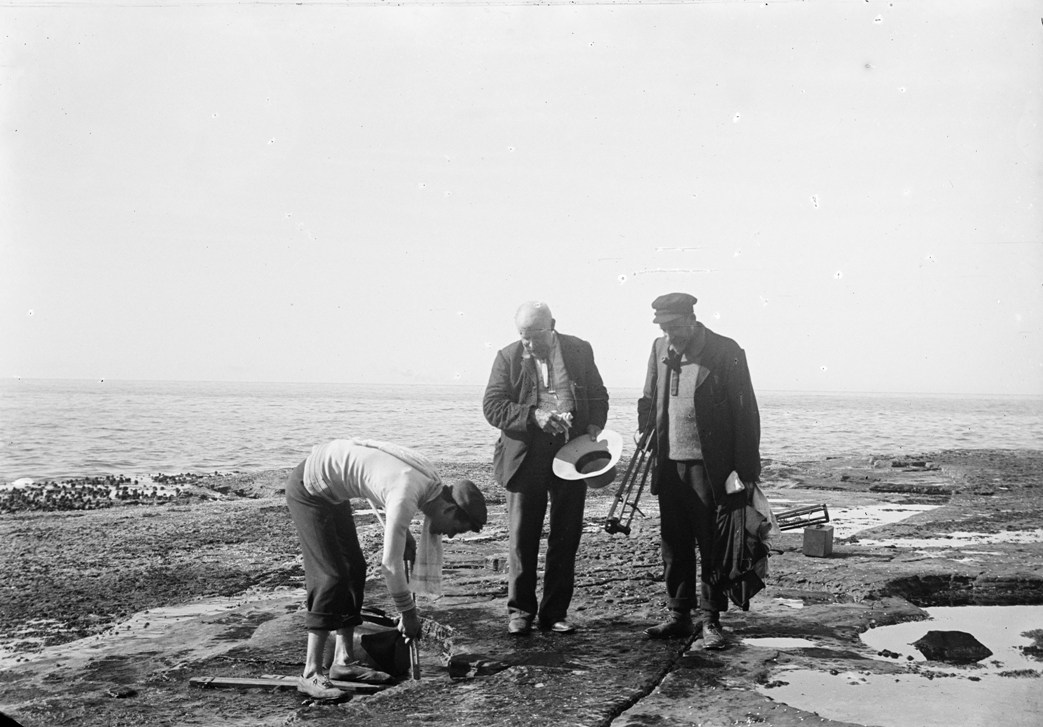
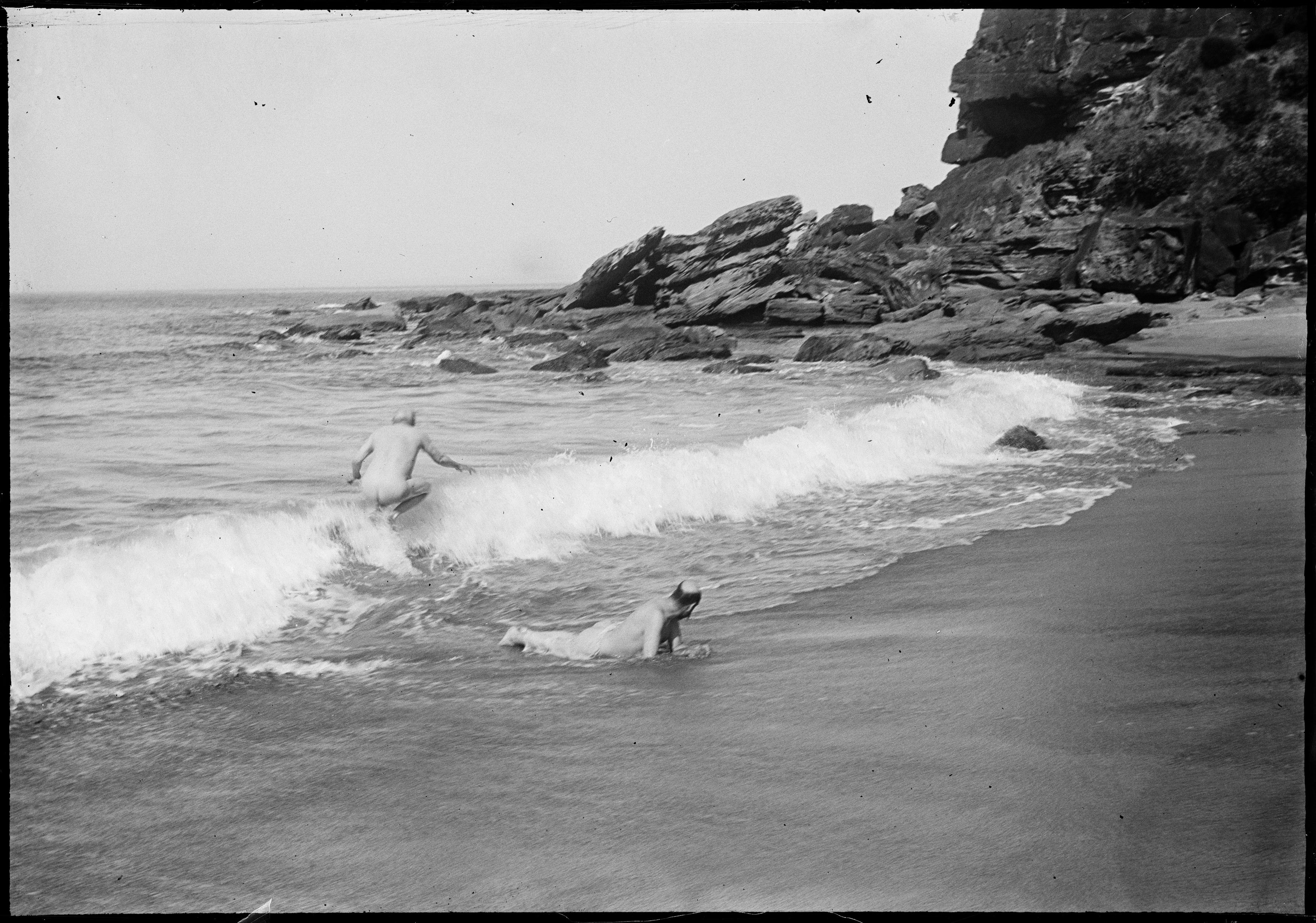
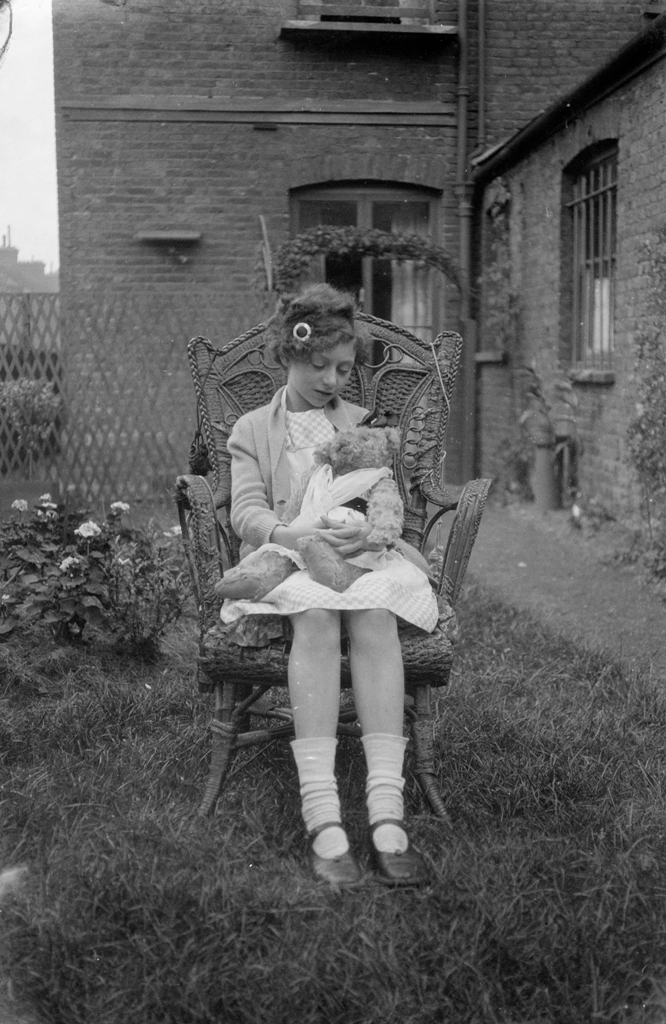


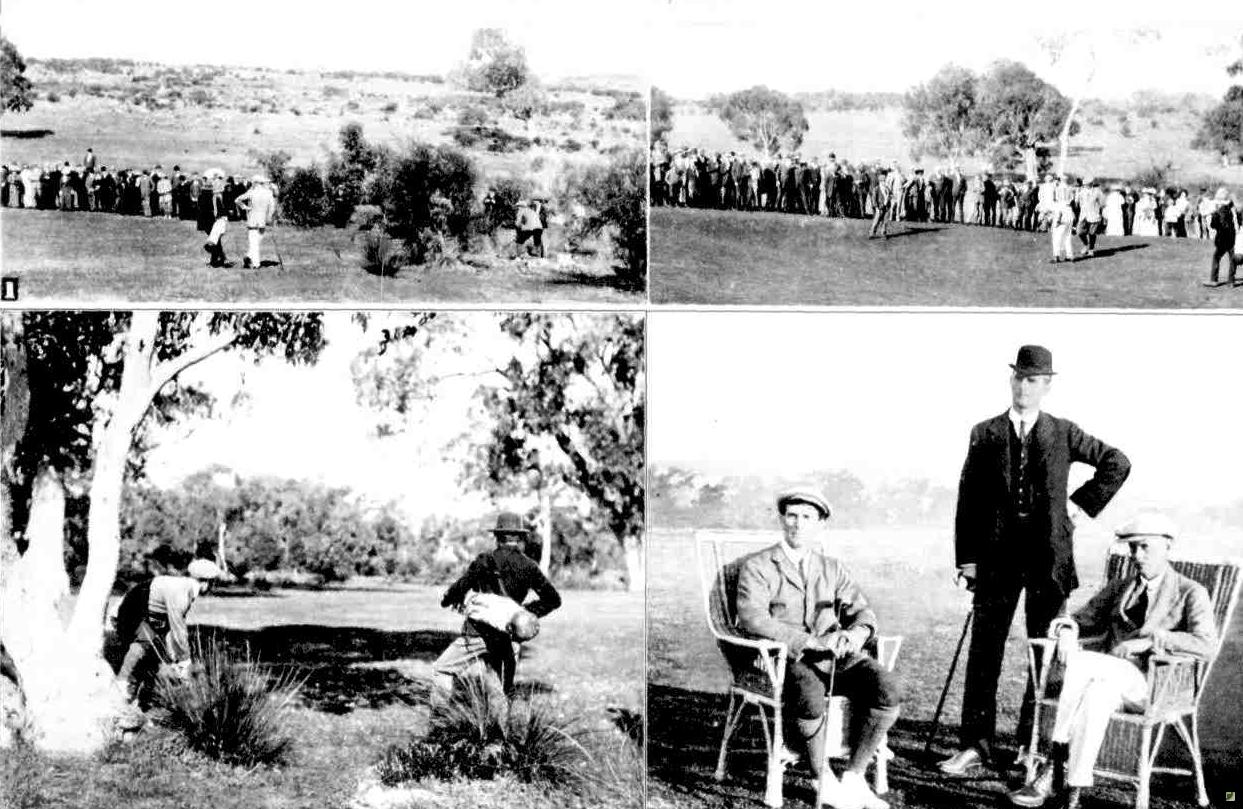
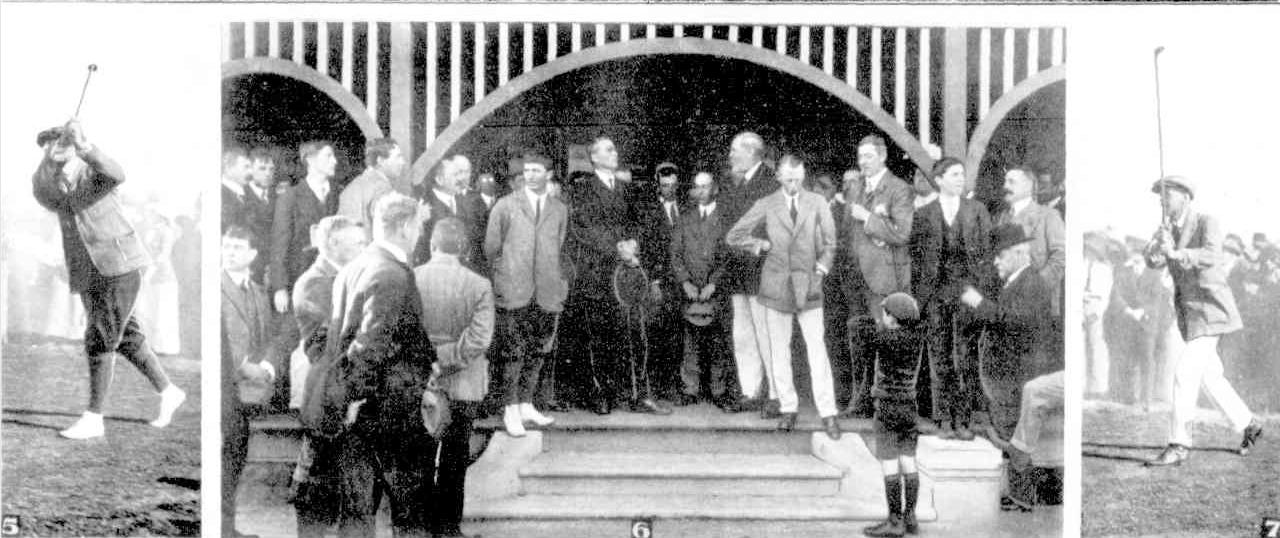
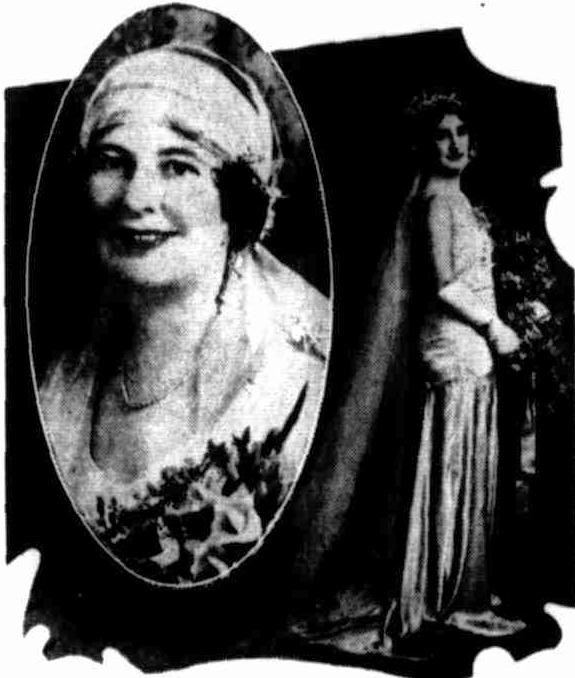
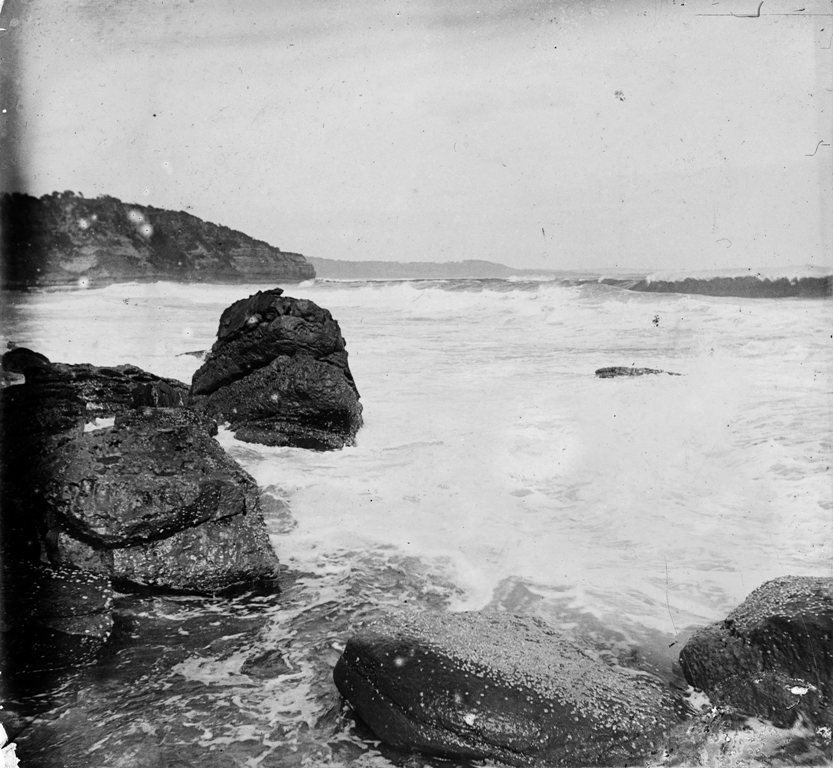
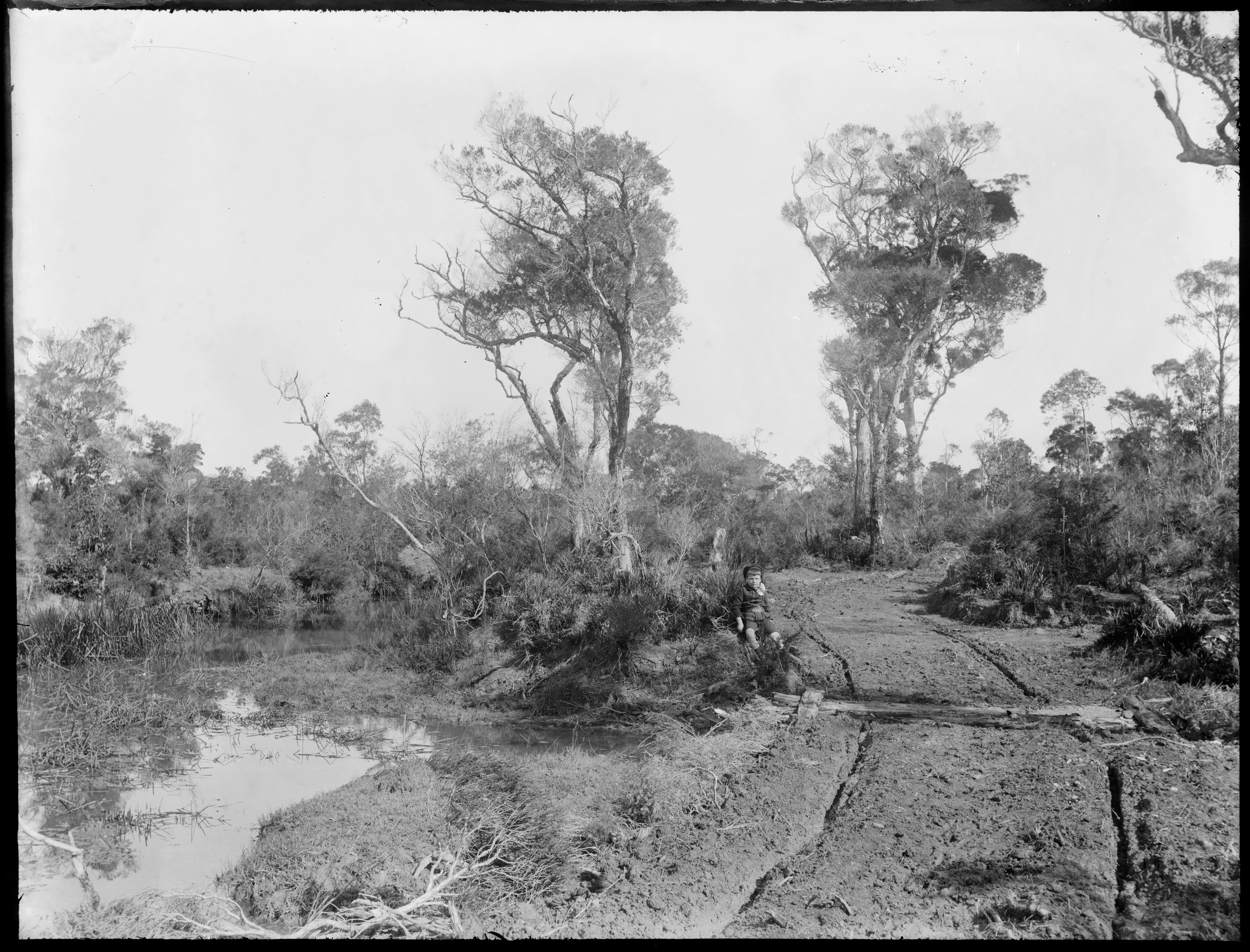
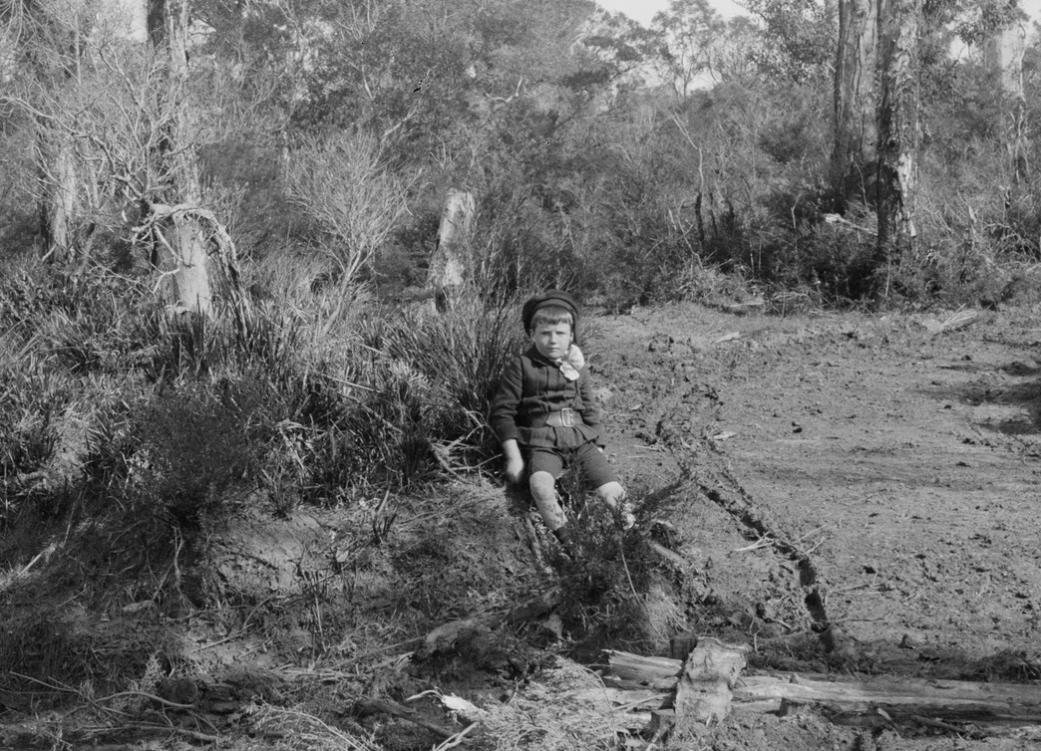
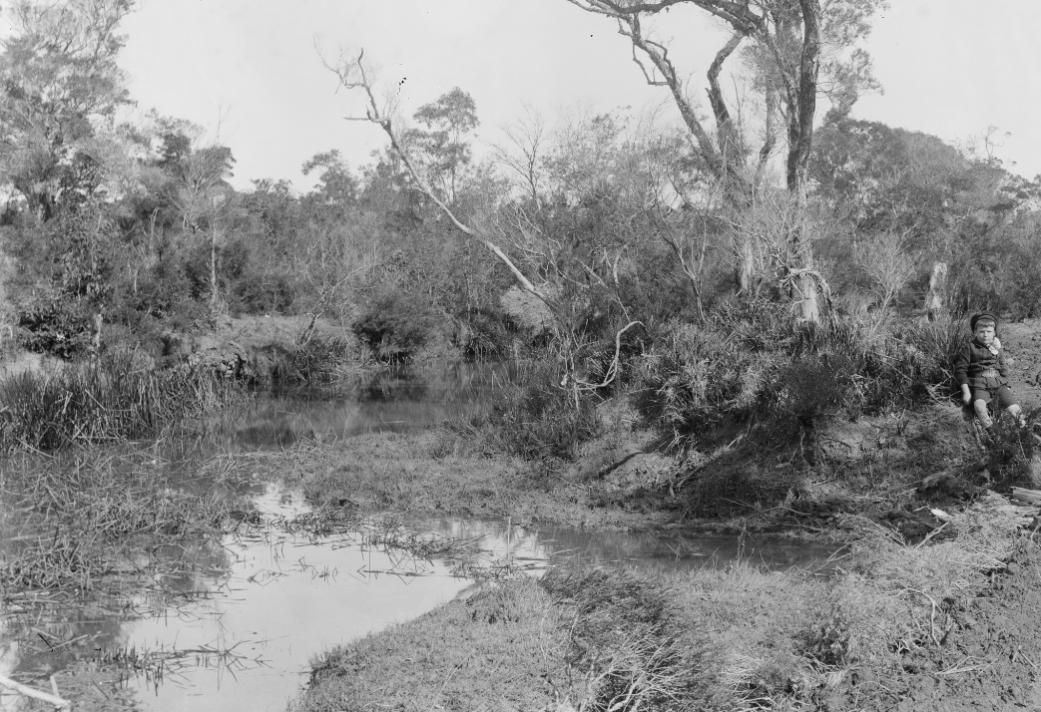
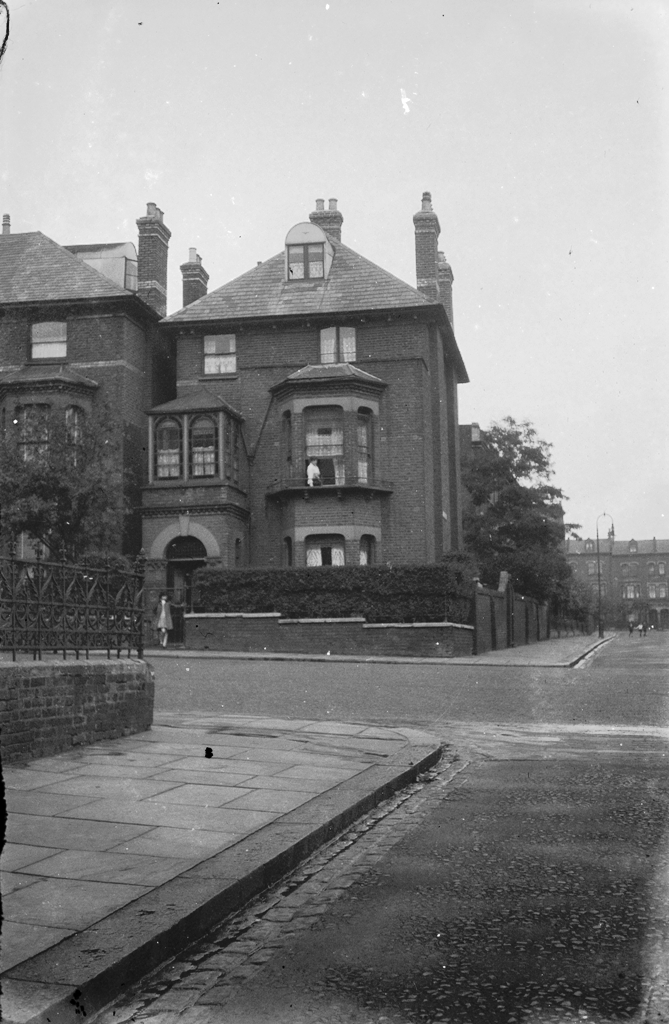
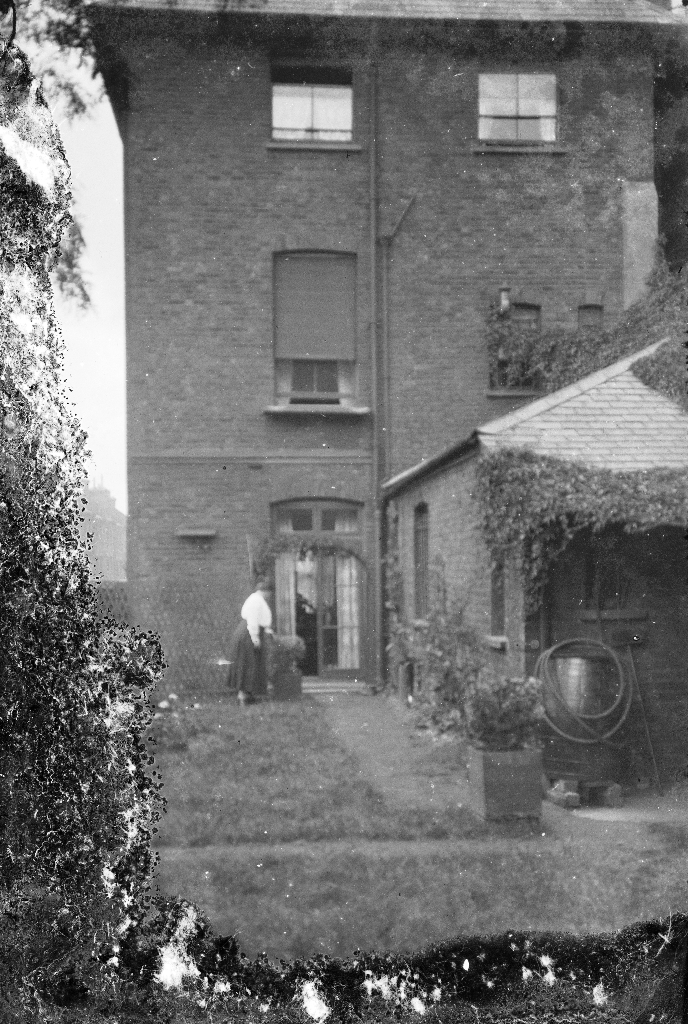
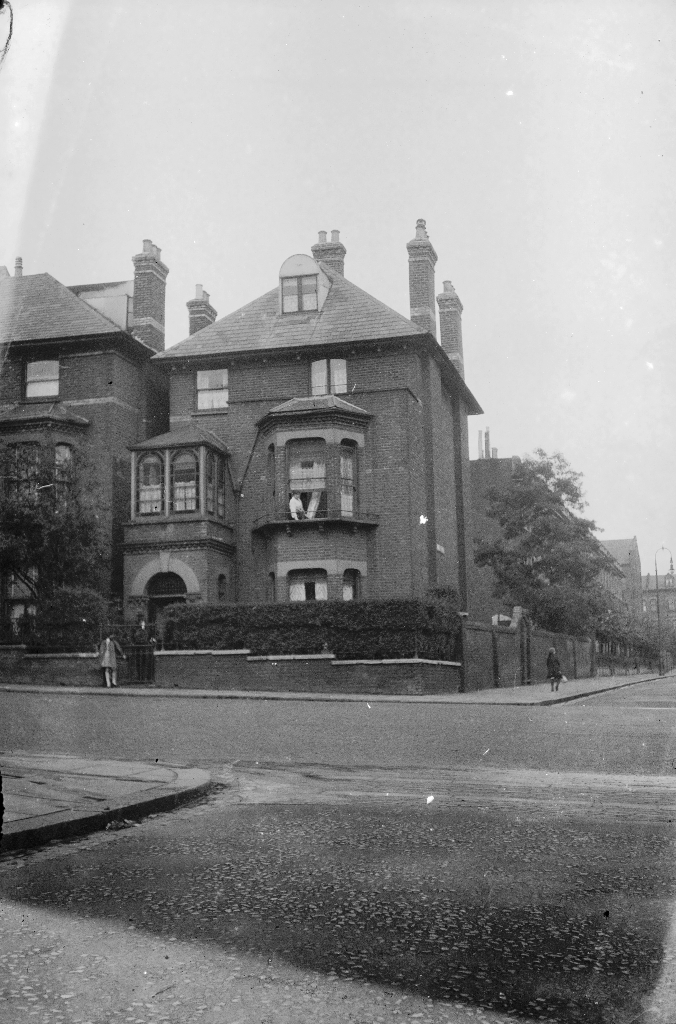
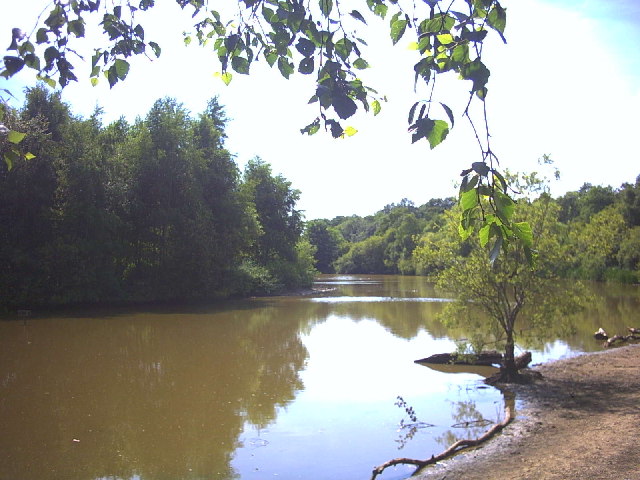
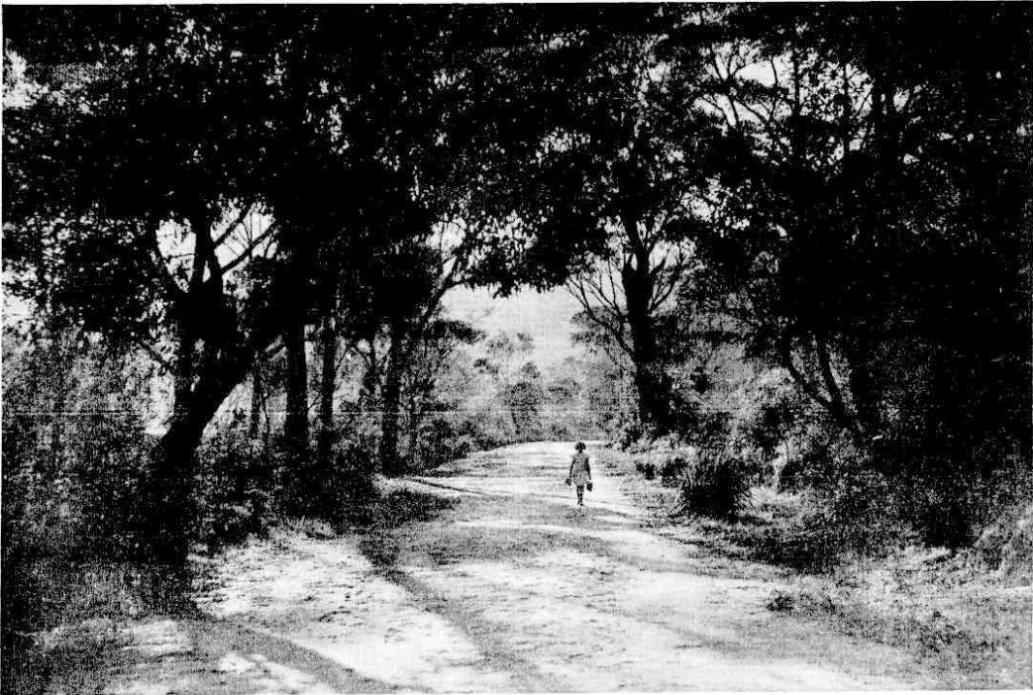
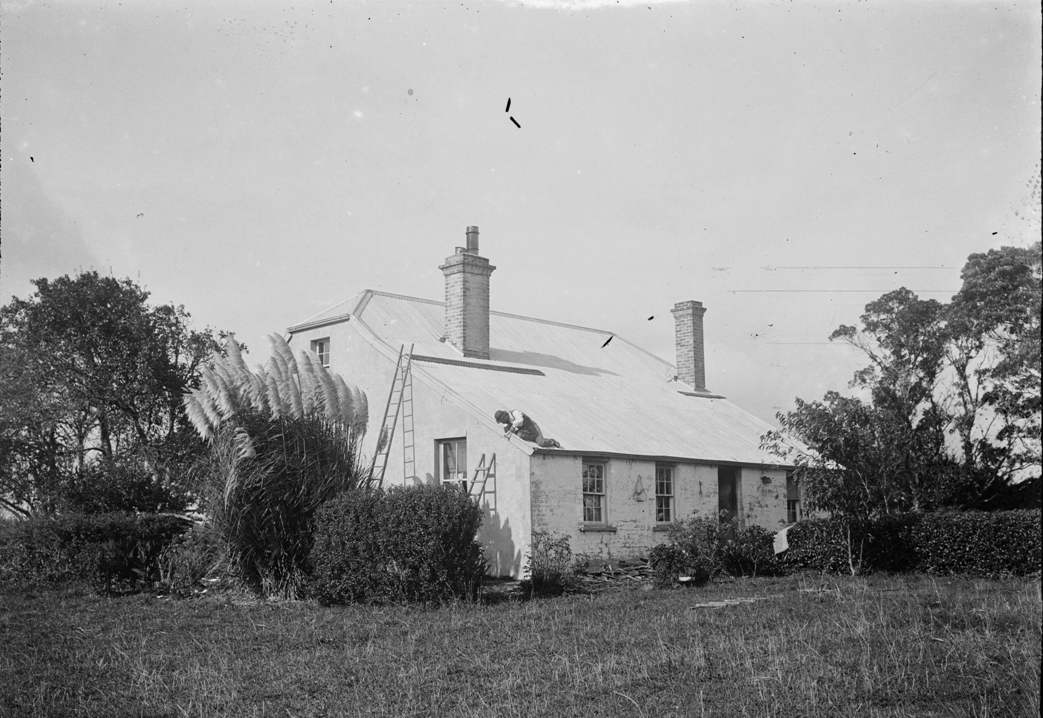
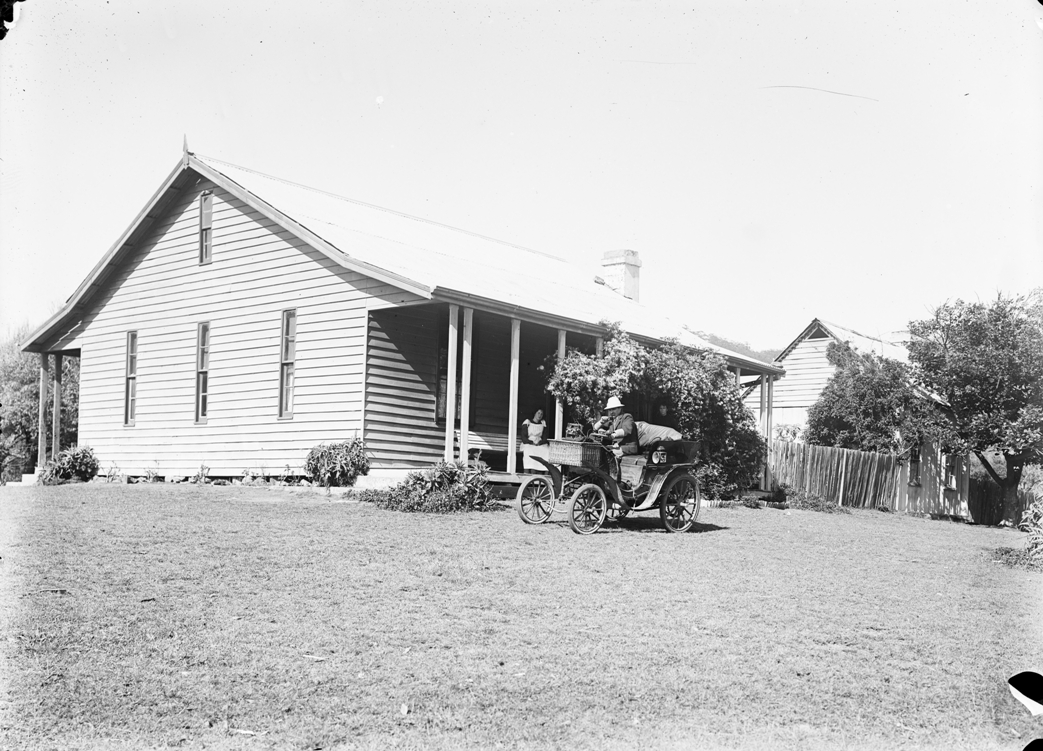
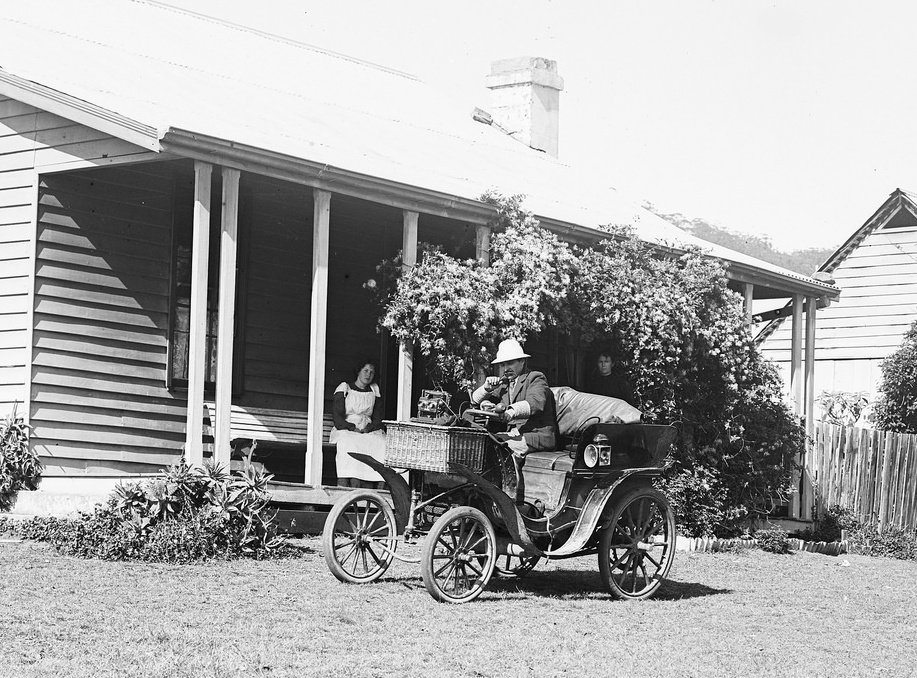
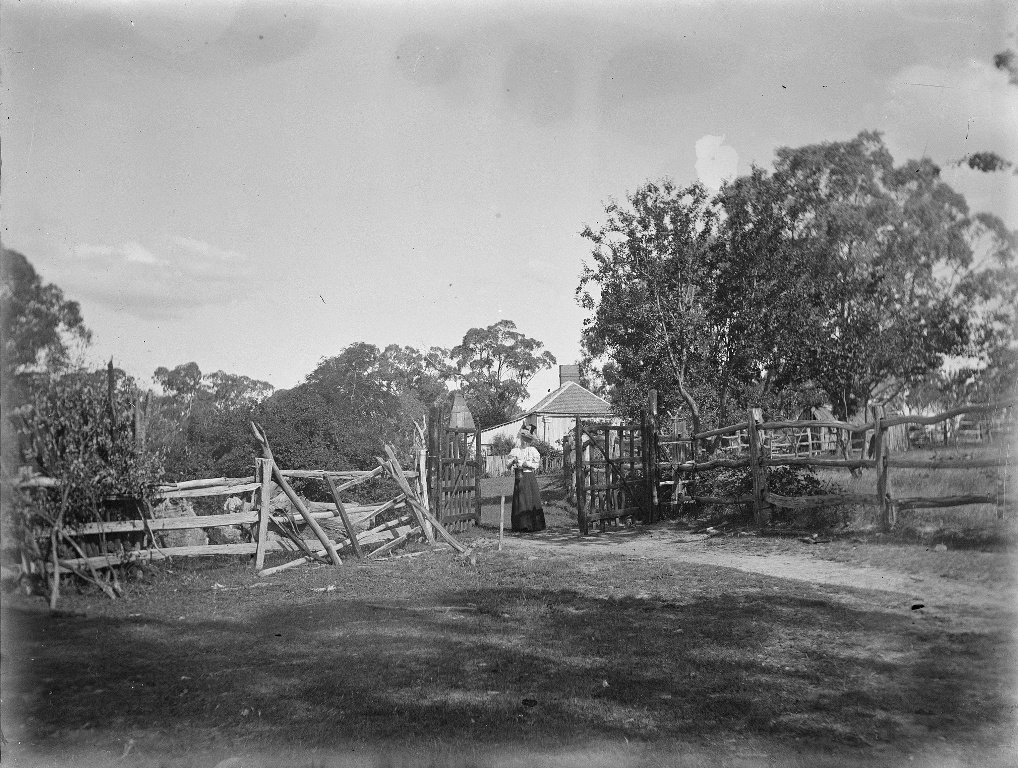
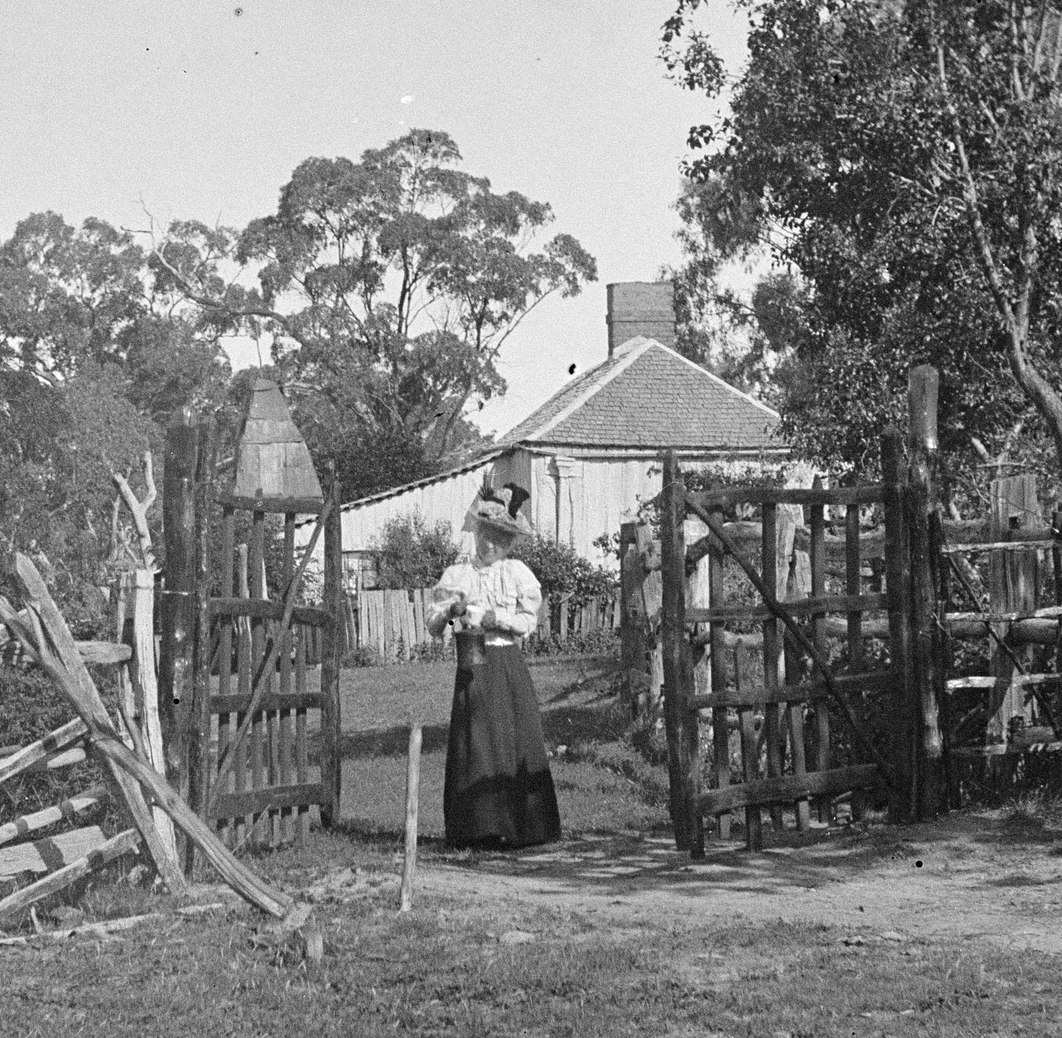
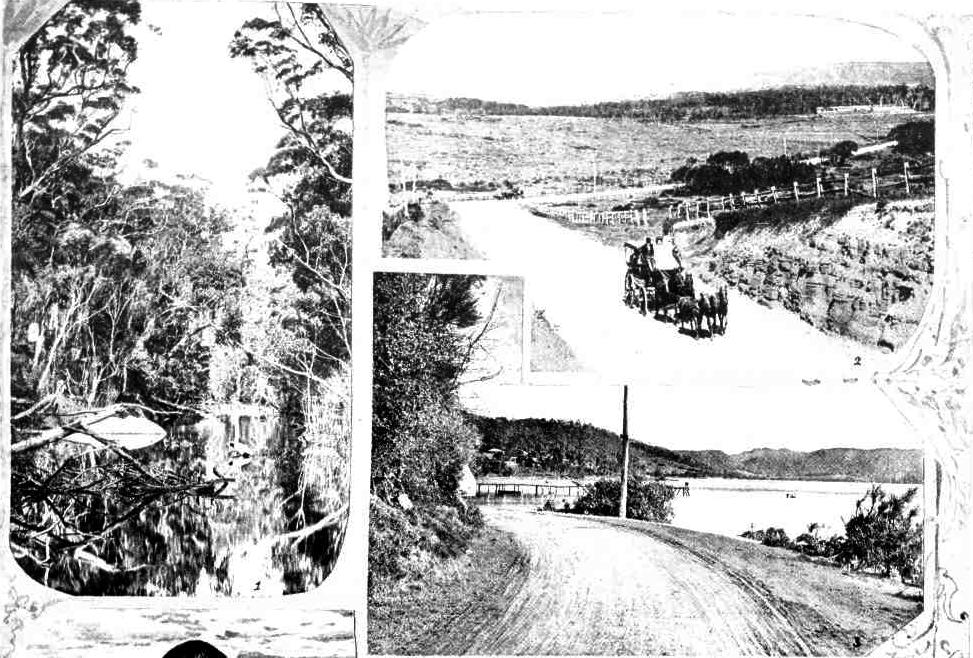
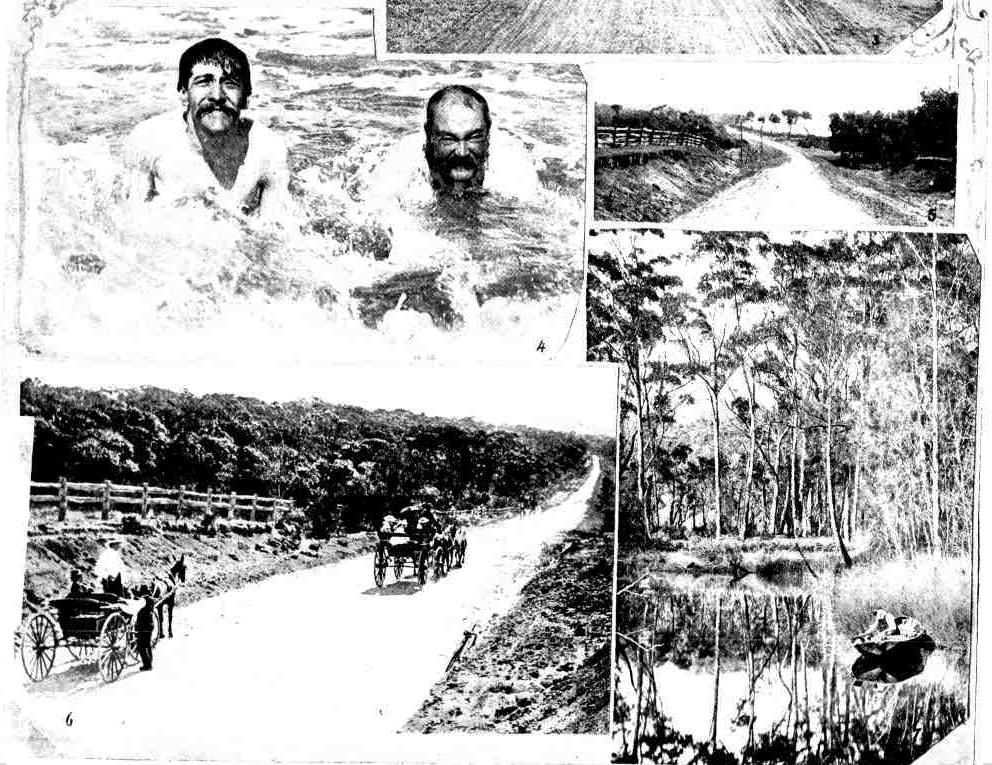
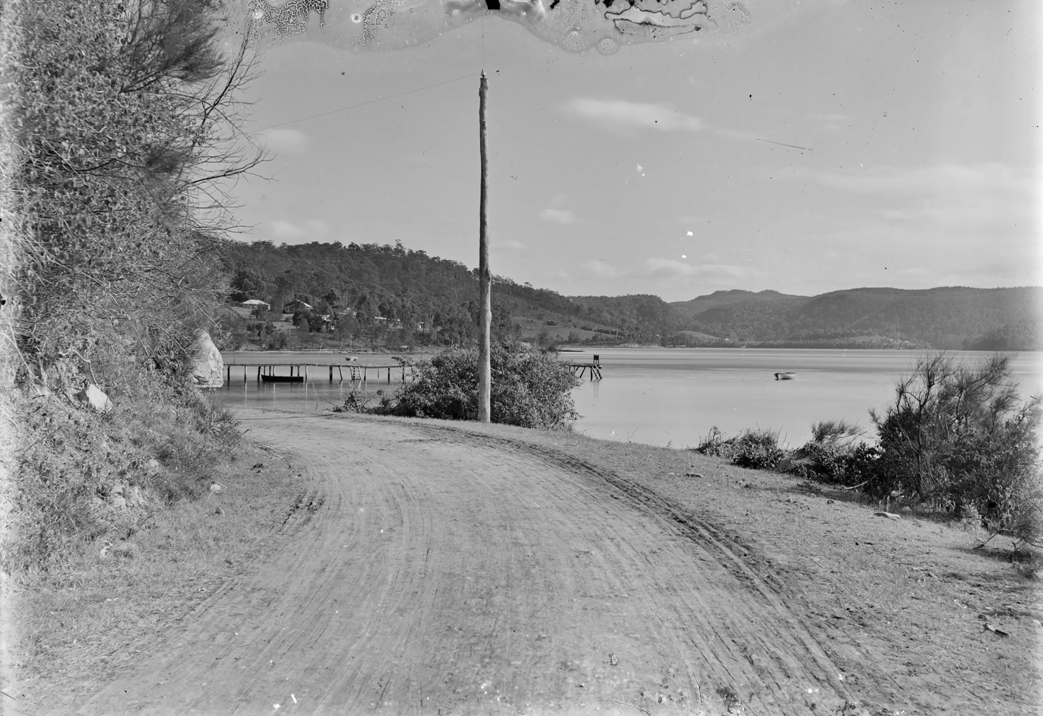
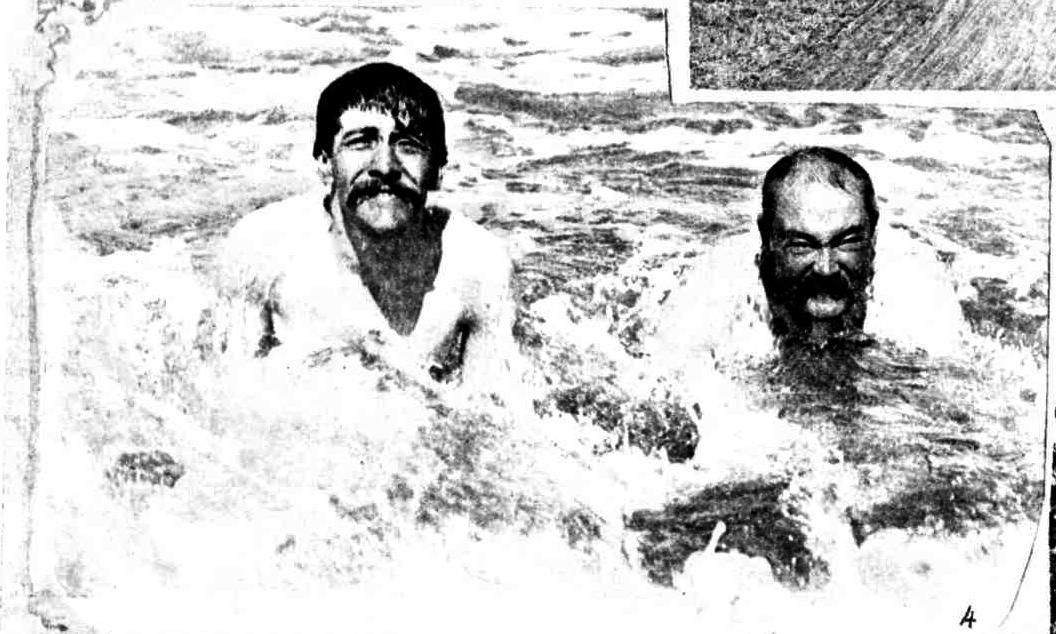
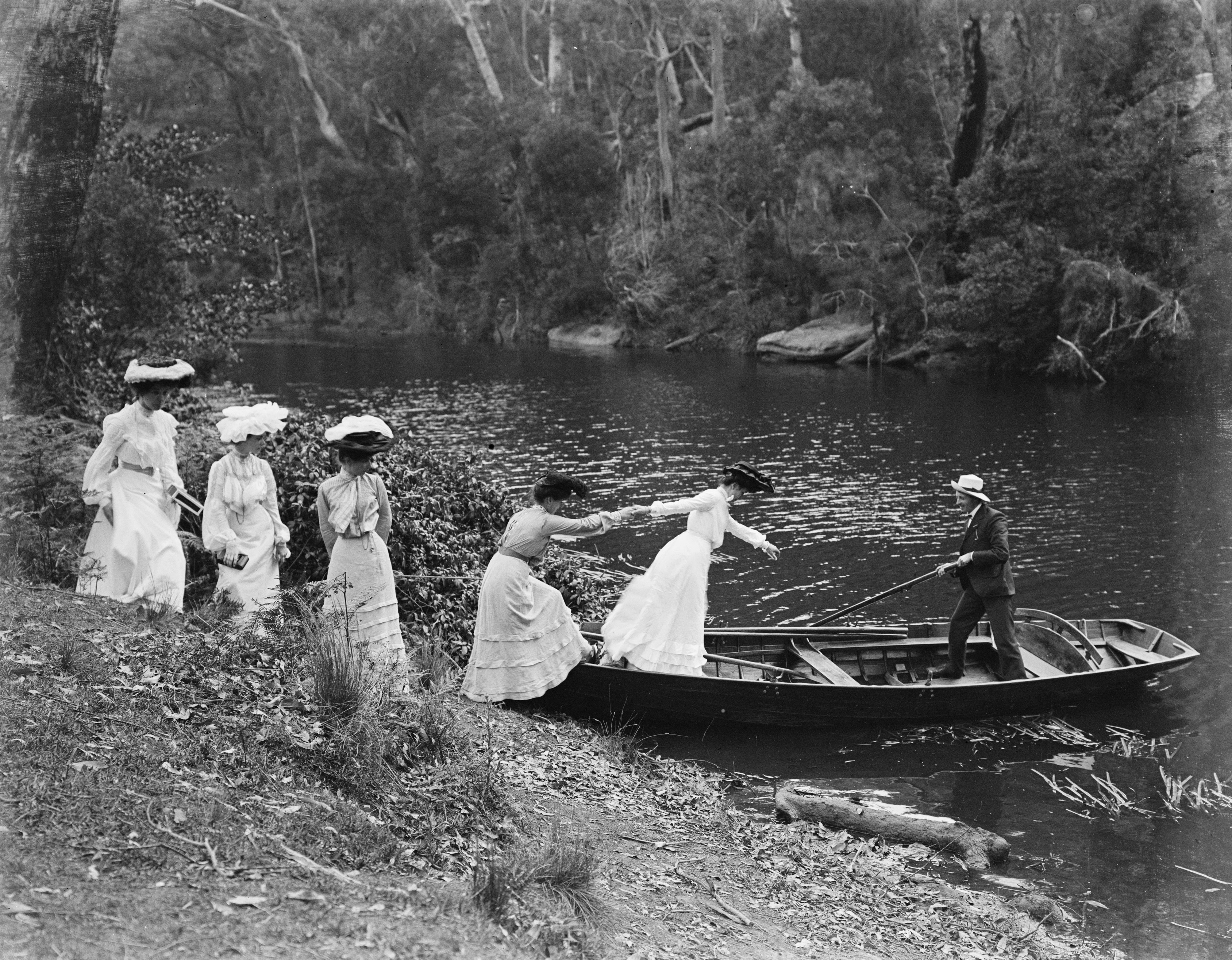
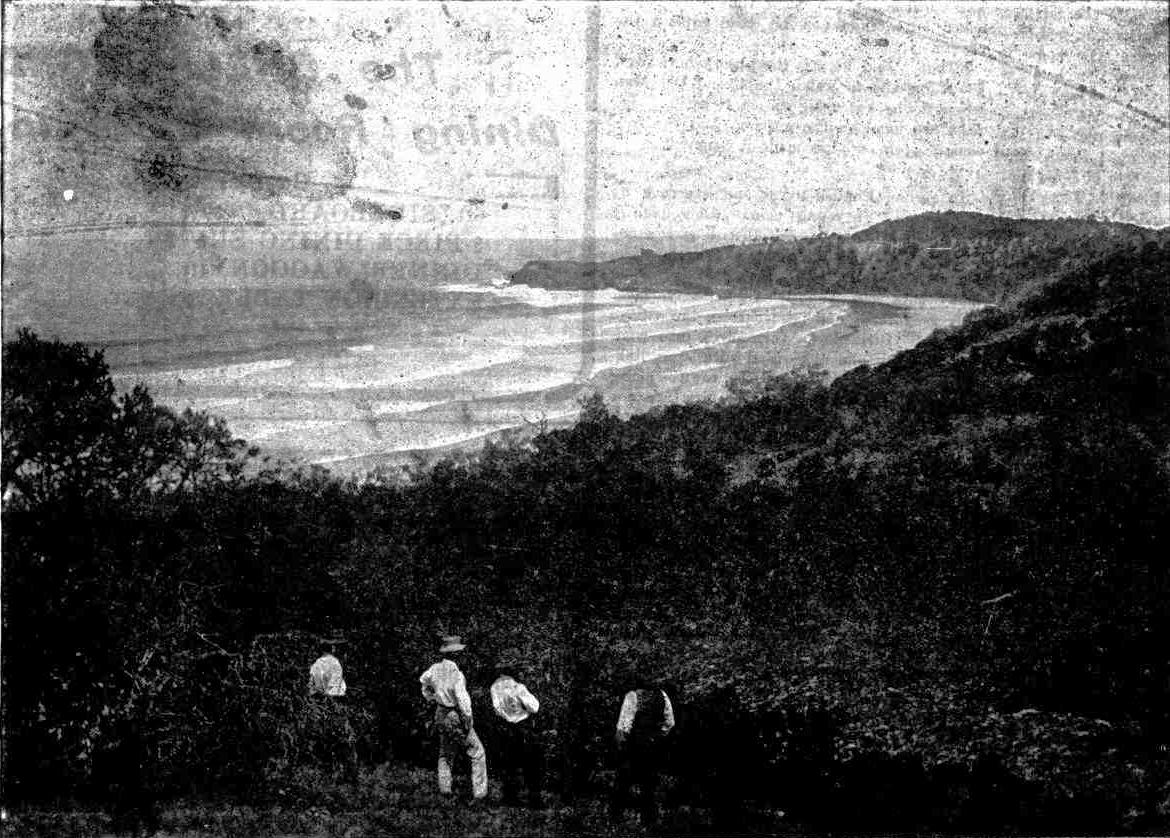
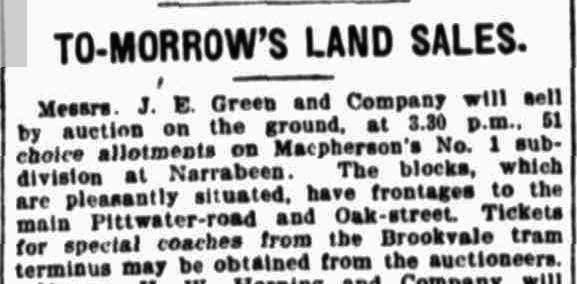
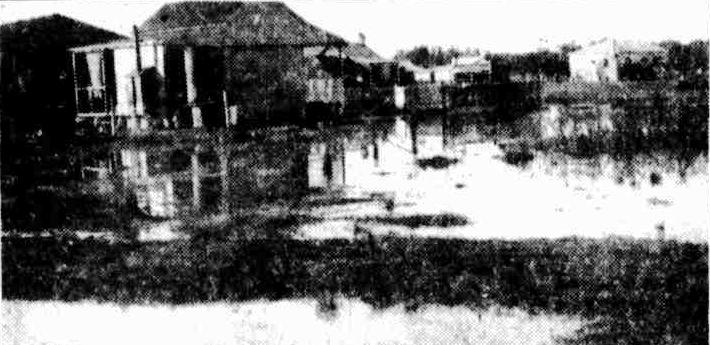
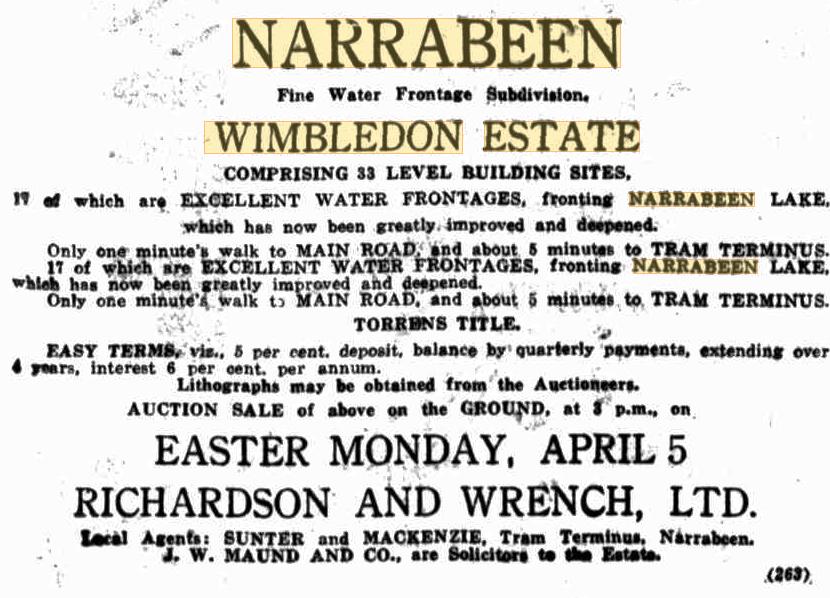

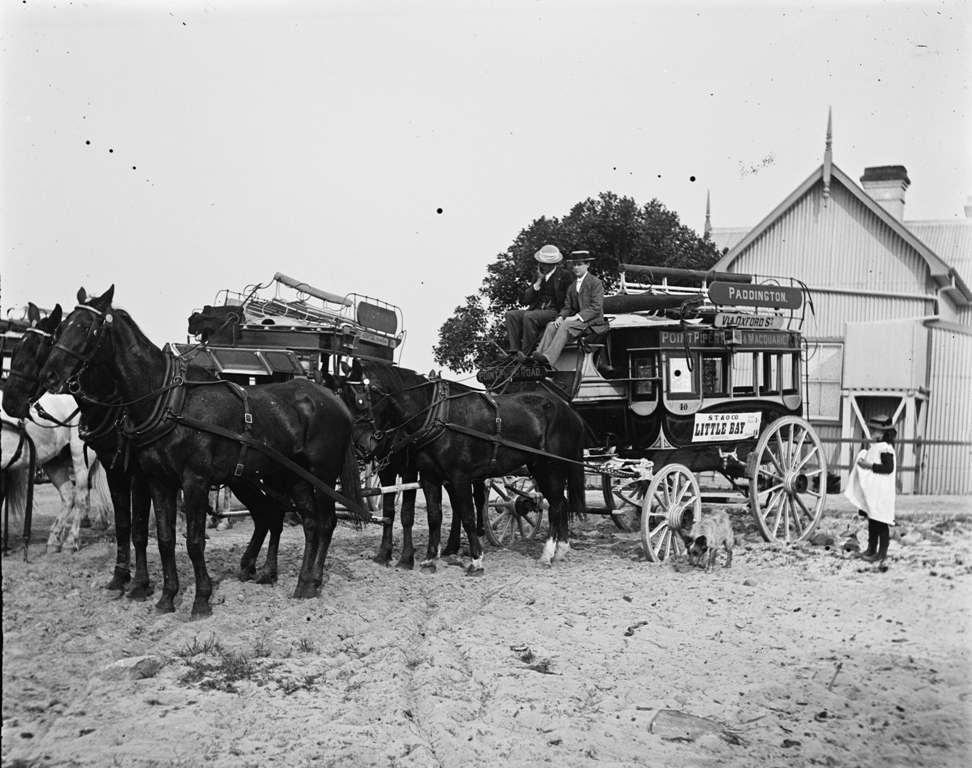
%20Sydney..jpg?timestamp=1508724315147)
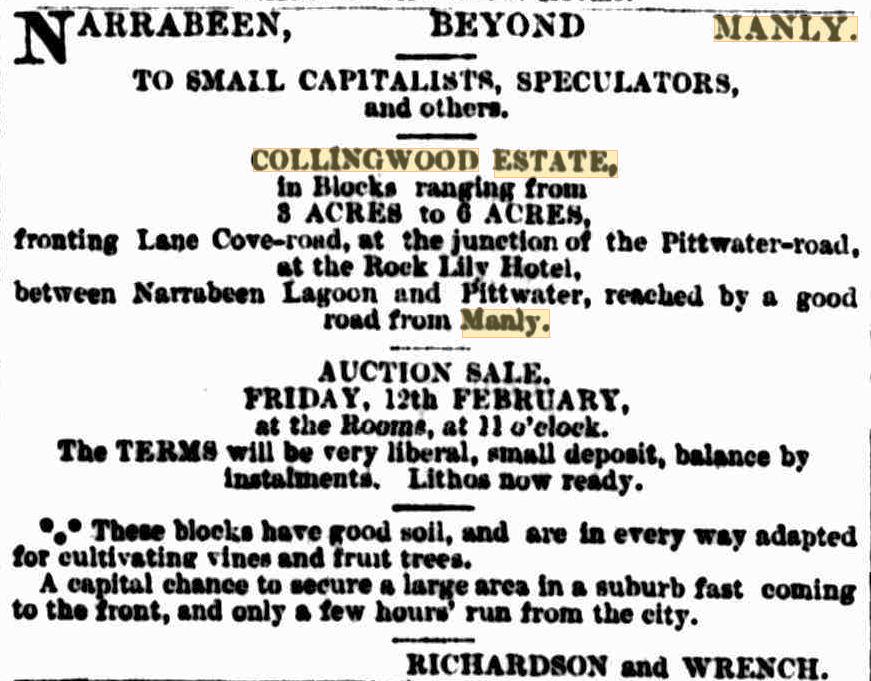
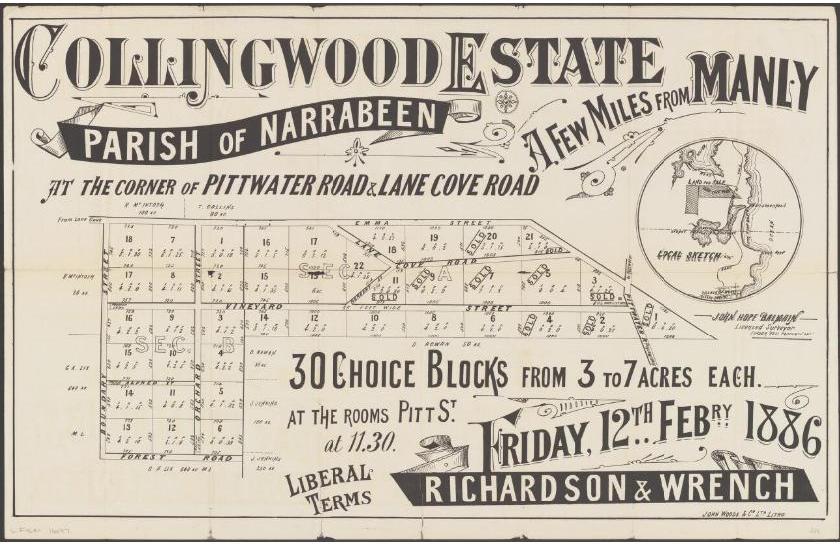
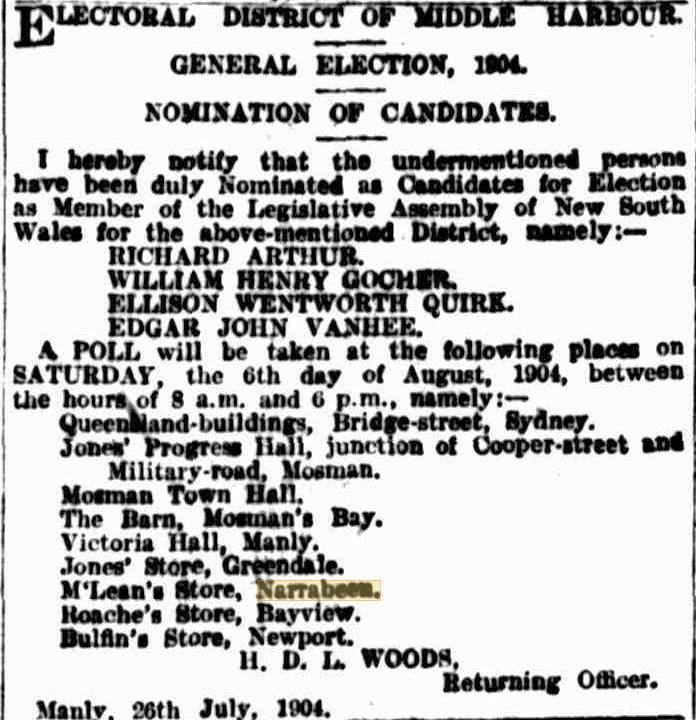
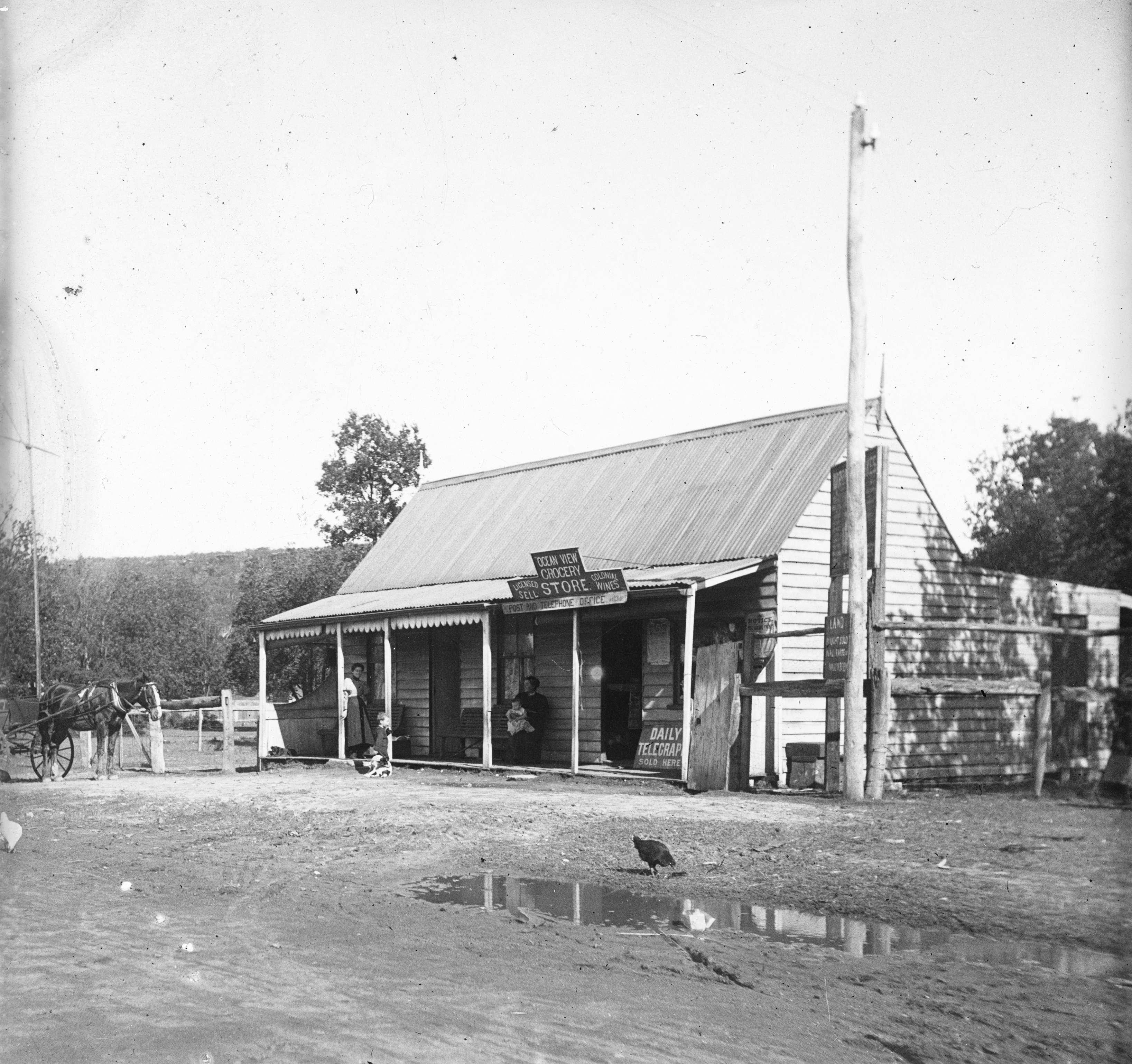
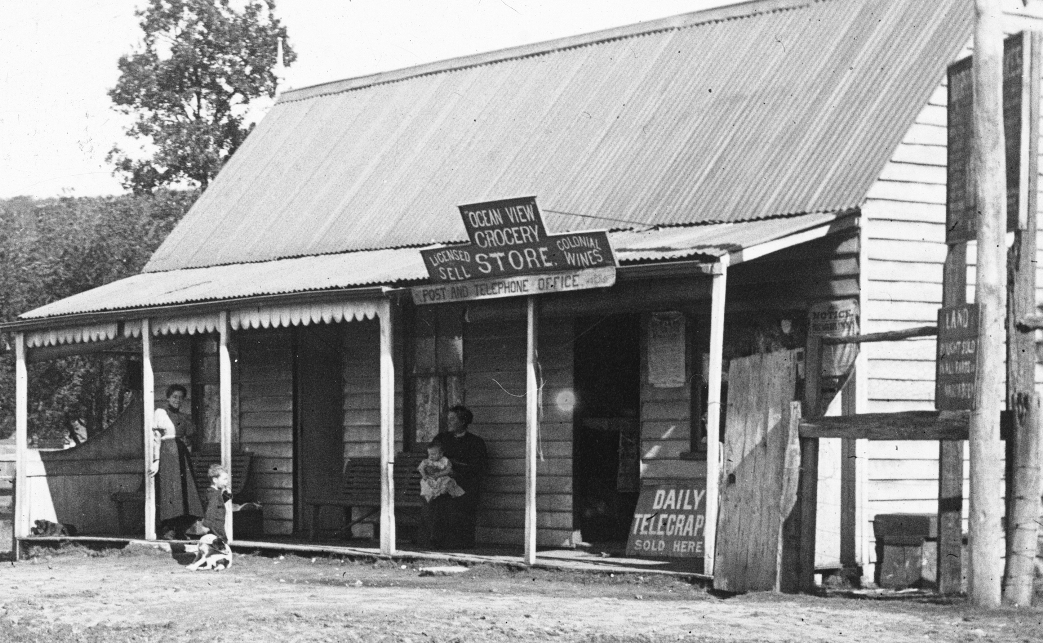
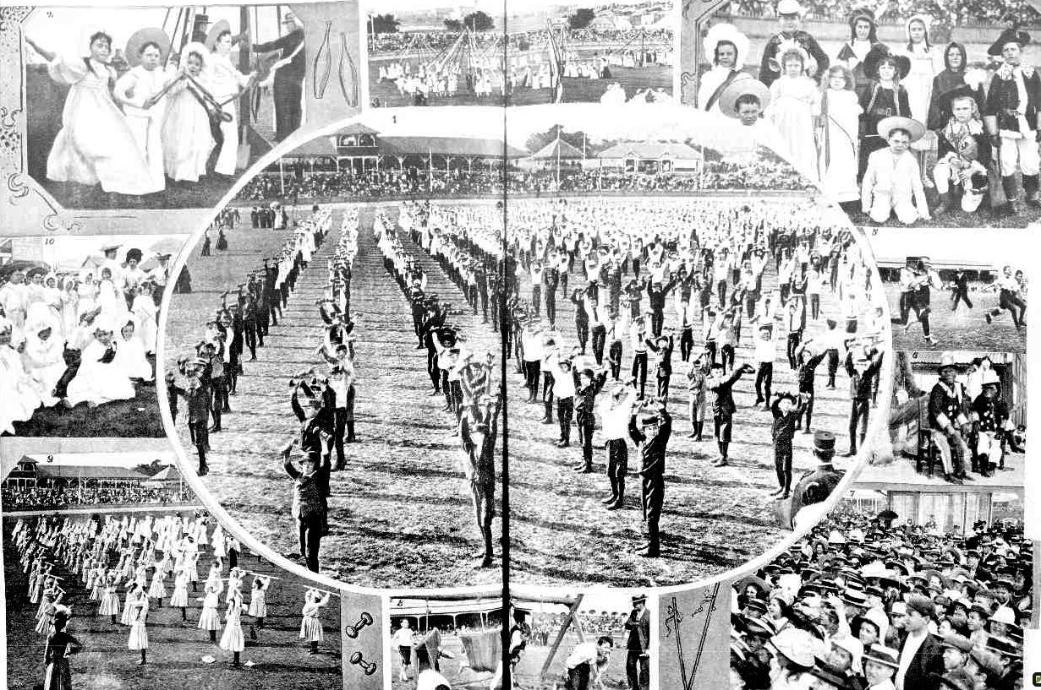
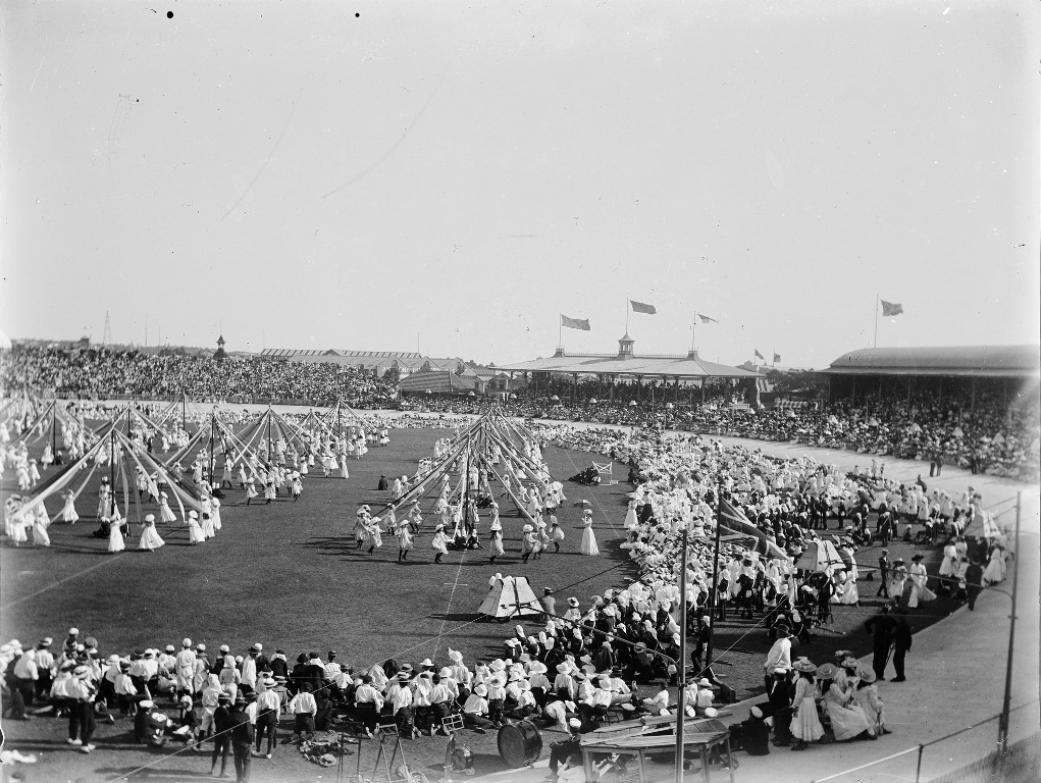
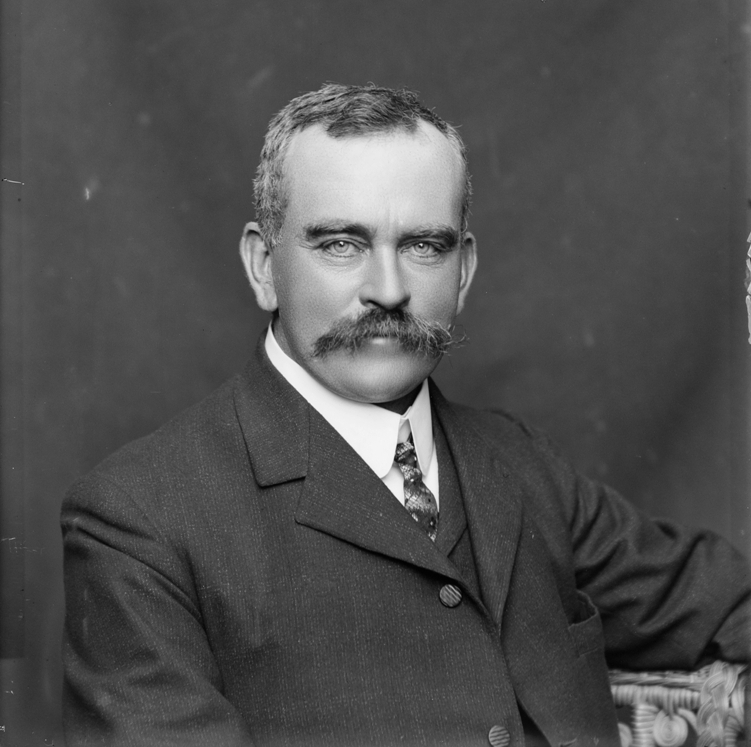
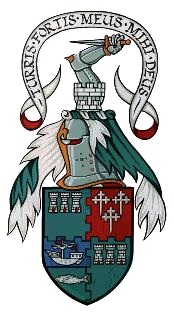 MacQuarrie, MacQuarie, MacQuary, MacQuarry, McQuarrie, McQuarie, McQuary, McQuarry, McQueary, McQuerry, M'Quarrie, M'Quarie, M'Quary, M'Quarry, MacQuery, MacQuore, MacQuorie, MacQuorrie, MacQewry, McQuery, McQuore, McQuorie, McQuorrie, McQewry, M'Query, M'Quore, M'Quorie, M'Quorrie, M'Qewry, MacQuire, McQuire, MacQuaire, MacQuairie, MacQuhirrie, McQuharrie, McQuhurrie, McQuhore, McQuhorre, MacQuhirr, M'Quhoire, M'Quhury, M'Quhurrie, M'Quhurie, M'Quhyrry, M'Quhirrich, M'Qwhyrrcht, Makquhurrie, Makquhory, Makquharry, Makquhary, Makquharie, Makquyre, Makquoyrie, Quarry, MacWharrie, MacWharrey, Wharrey, M'Worich, M'Warie, M'Vorich, Makwidy, Wharrie, M'Coirry, M'Corry, Corry, McCwerie, McCrary, McCreary, Makcory, Makcorry, Makcurre, M'Rore, MacGuaidhre, MacGuarie, MacGorrie, MacGorry, McGorre, M'Goyre, M'Gourie, M'Gowry, M'Geir, Gorey, MacGurrie, MacGurr, Gurr, MacGuaire, MacGuire, MacGuire, MacGwyer, MacGwier, MacGyver, McGuaire, McGuire, McGwyer, McGwier, M'Guaire, M'Guire, M'Guire, M'Gwyer, M'Gwier, Maguire, MacGeir, and Querry.
MacQuarrie, MacQuarie, MacQuary, MacQuarry, McQuarrie, McQuarie, McQuary, McQuarry, McQueary, McQuerry, M'Quarrie, M'Quarie, M'Quary, M'Quarry, MacQuery, MacQuore, MacQuorie, MacQuorrie, MacQewry, McQuery, McQuore, McQuorie, McQuorrie, McQewry, M'Query, M'Quore, M'Quorie, M'Quorrie, M'Qewry, MacQuire, McQuire, MacQuaire, MacQuairie, MacQuhirrie, McQuharrie, McQuhurrie, McQuhore, McQuhorre, MacQuhirr, M'Quhoire, M'Quhury, M'Quhurrie, M'Quhurie, M'Quhyrry, M'Quhirrich, M'Qwhyrrcht, Makquhurrie, Makquhory, Makquharry, Makquhary, Makquharie, Makquyre, Makquoyrie, Quarry, MacWharrie, MacWharrey, Wharrey, M'Worich, M'Warie, M'Vorich, Makwidy, Wharrie, M'Coirry, M'Corry, Corry, McCwerie, McCrary, McCreary, Makcory, Makcorry, Makcurre, M'Rore, MacGuaidhre, MacGuarie, MacGorrie, MacGorry, McGorre, M'Goyre, M'Gourie, M'Gowry, M'Geir, Gorey, MacGurrie, MacGurr, Gurr, MacGuaire, MacGuire, MacGuire, MacGwyer, MacGwier, MacGyver, McGuaire, McGuire, McGwyer, McGwier, M'Guaire, M'Guire, M'Guire, M'Gwyer, M'Gwier, Maguire, MacGeir, and Querry..jpg?timestamp=1508629396580)
.jpg?timestamp=1508630200110)
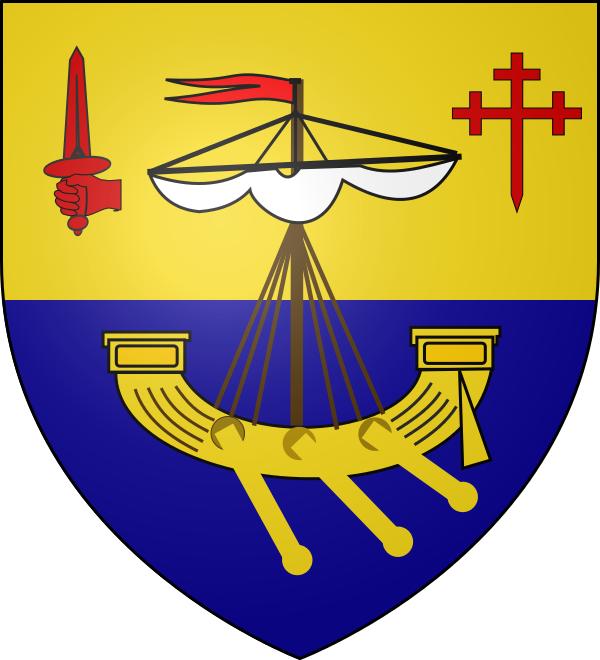
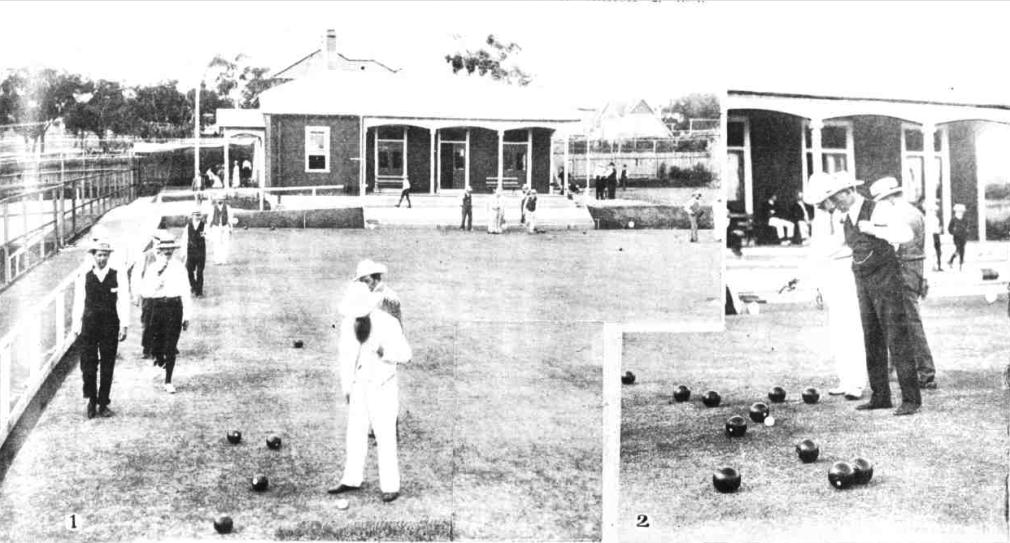
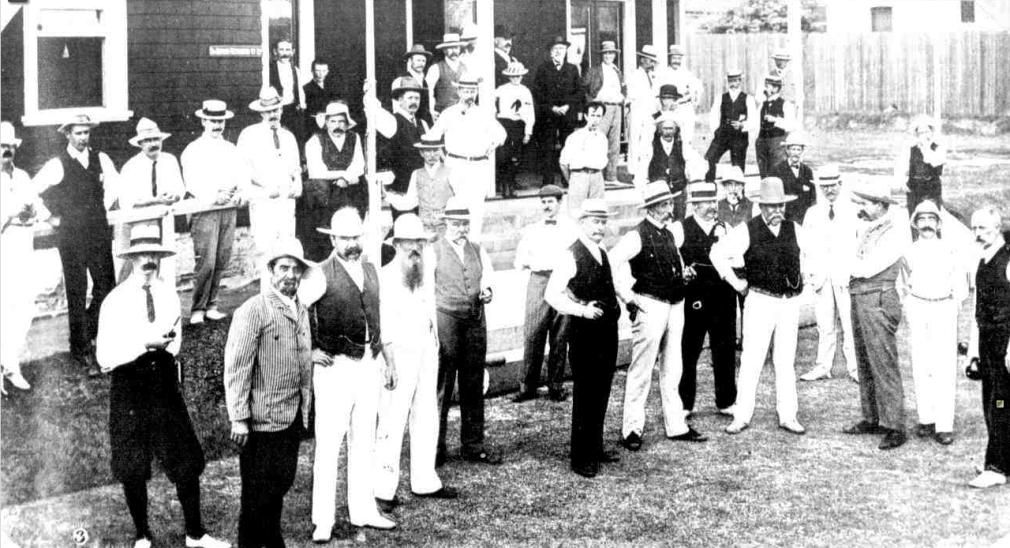
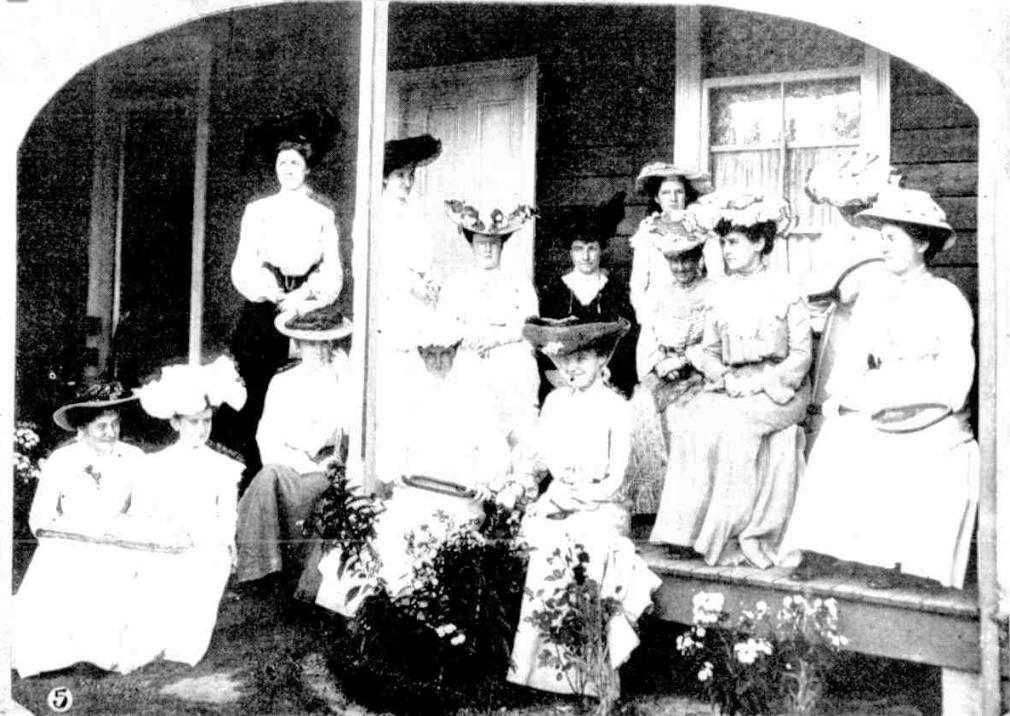
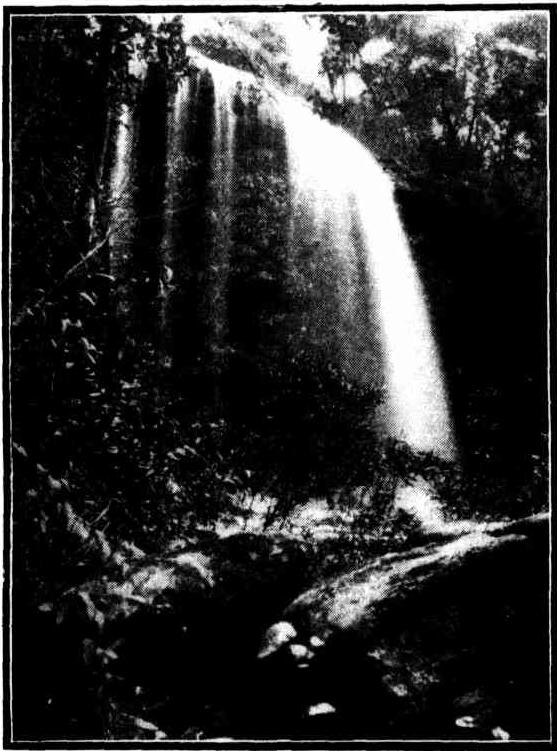
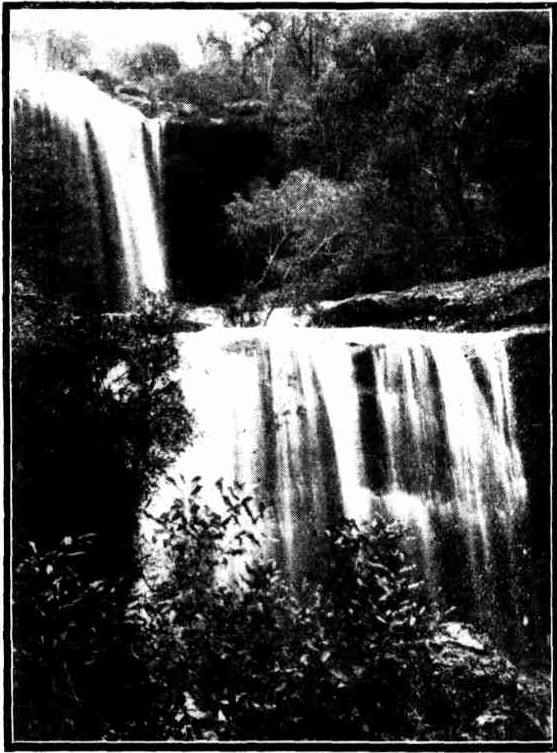
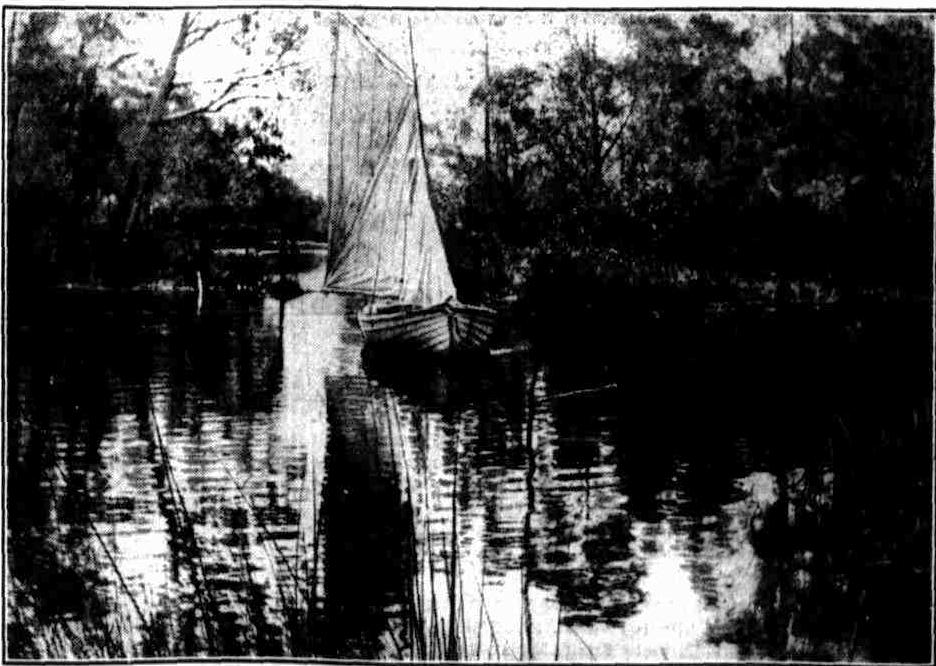
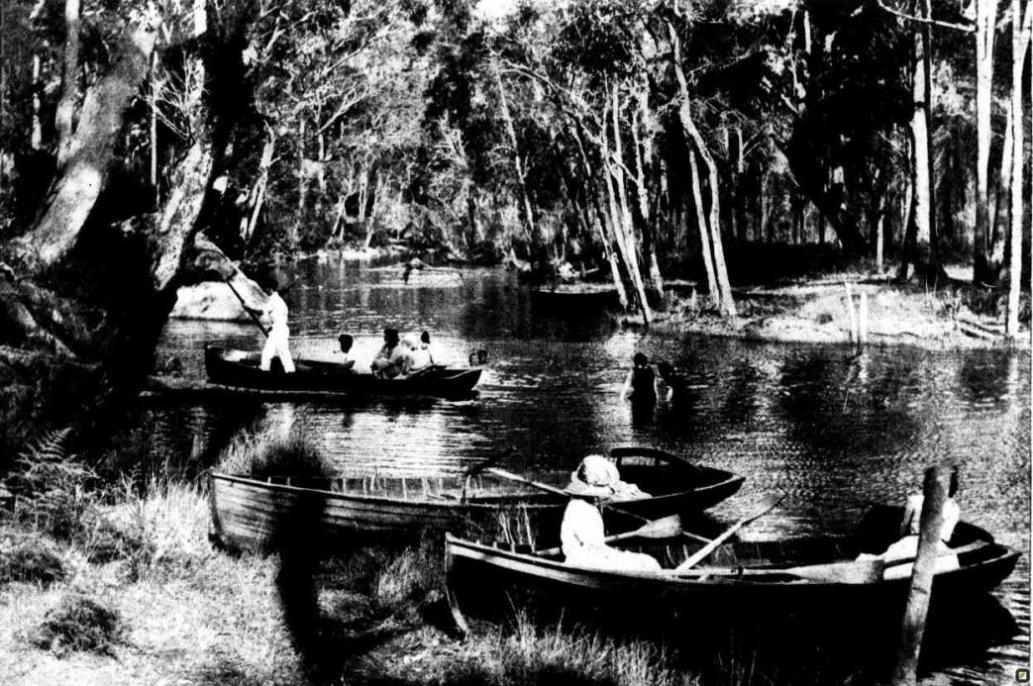
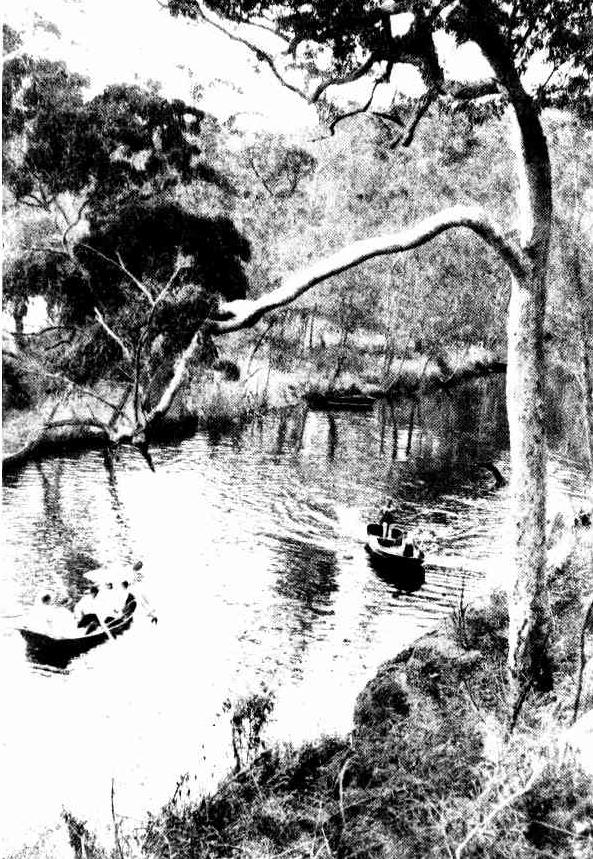
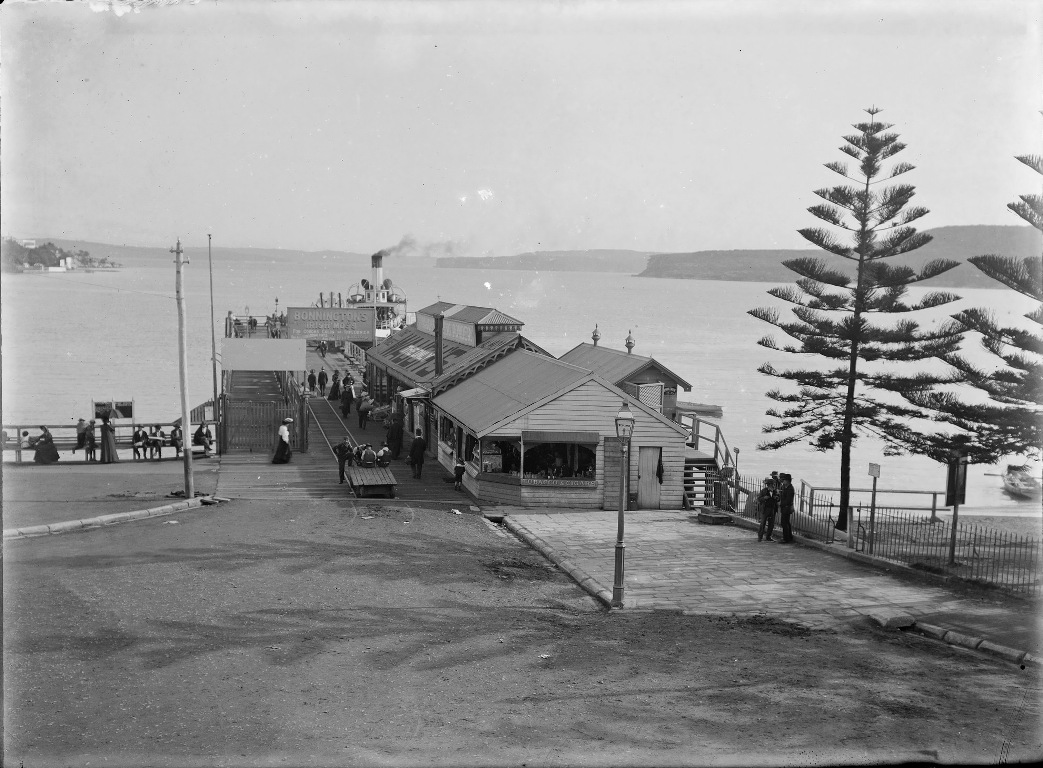
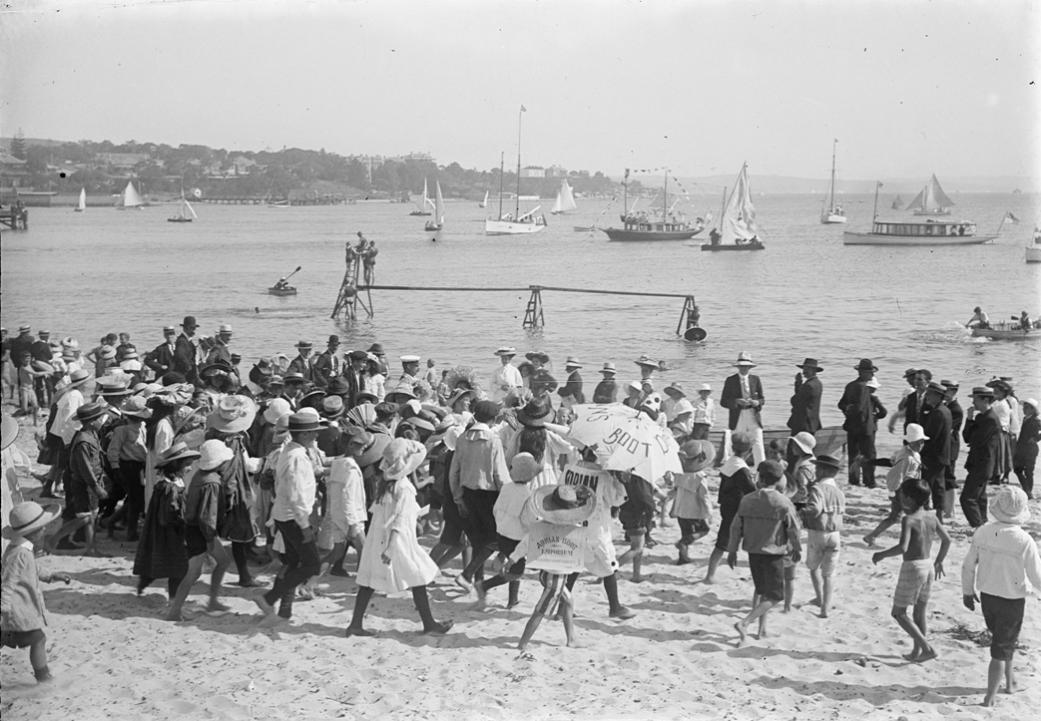
.jpg?timestamp=1580776348922)
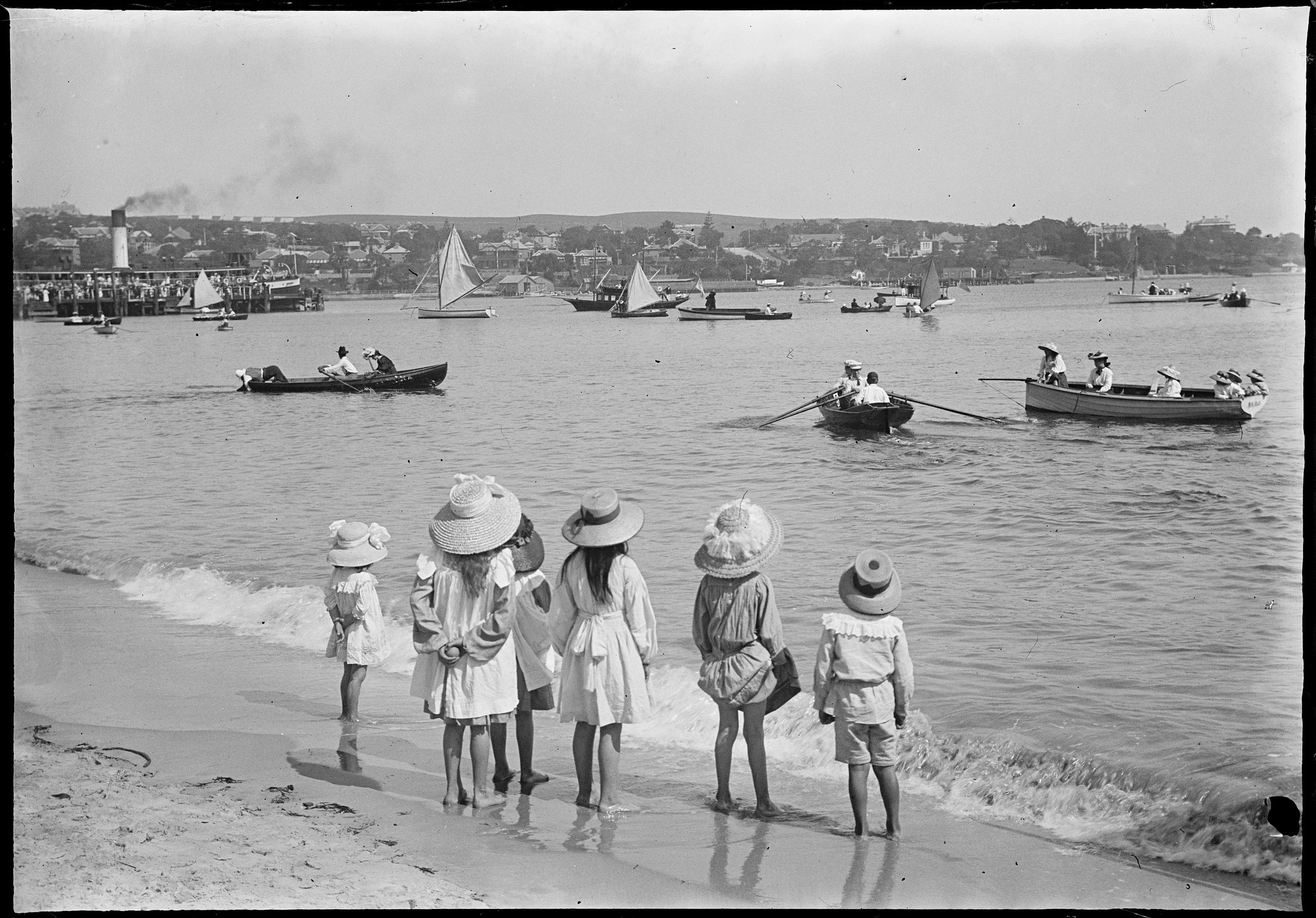
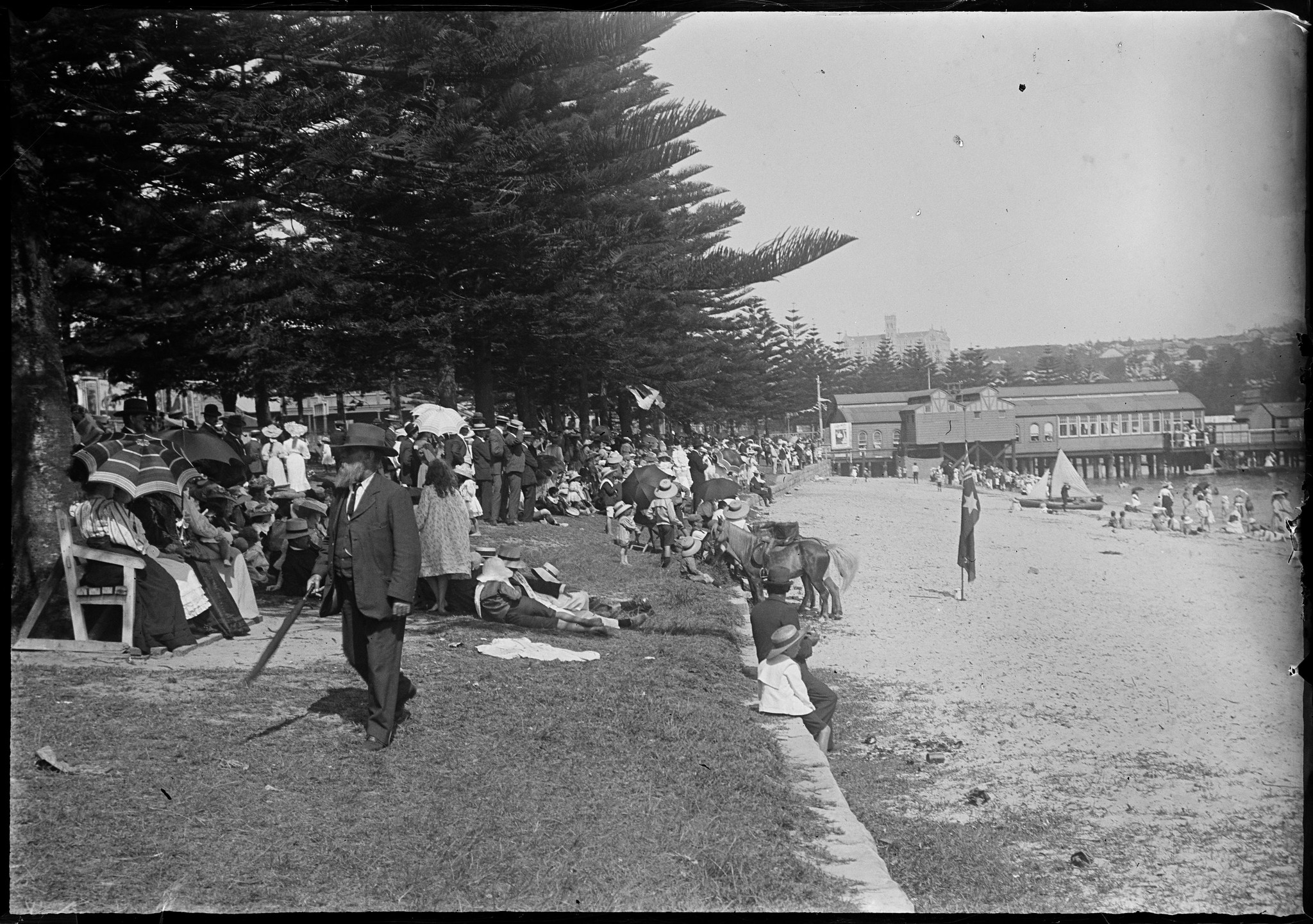
.jpg?timestamp=1580773554231)
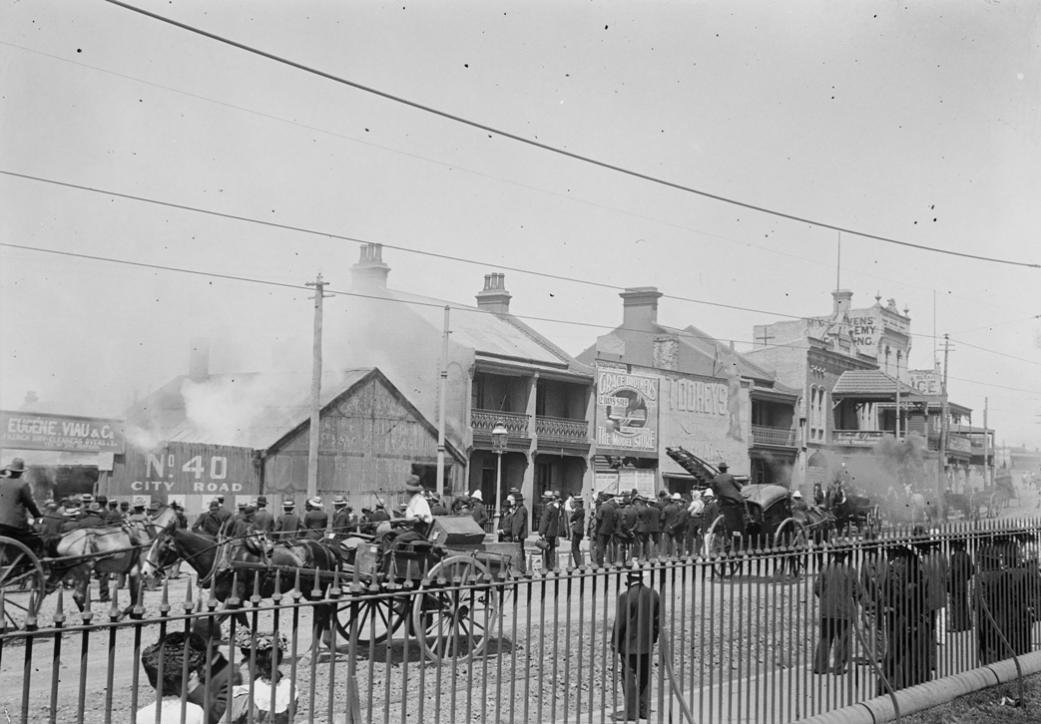
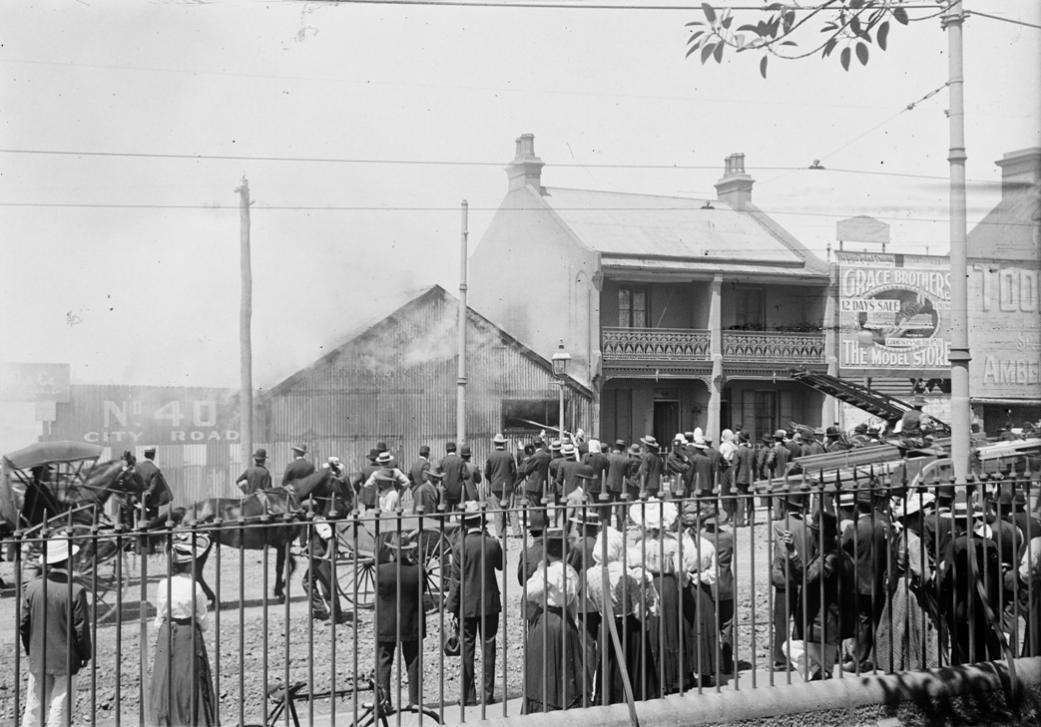
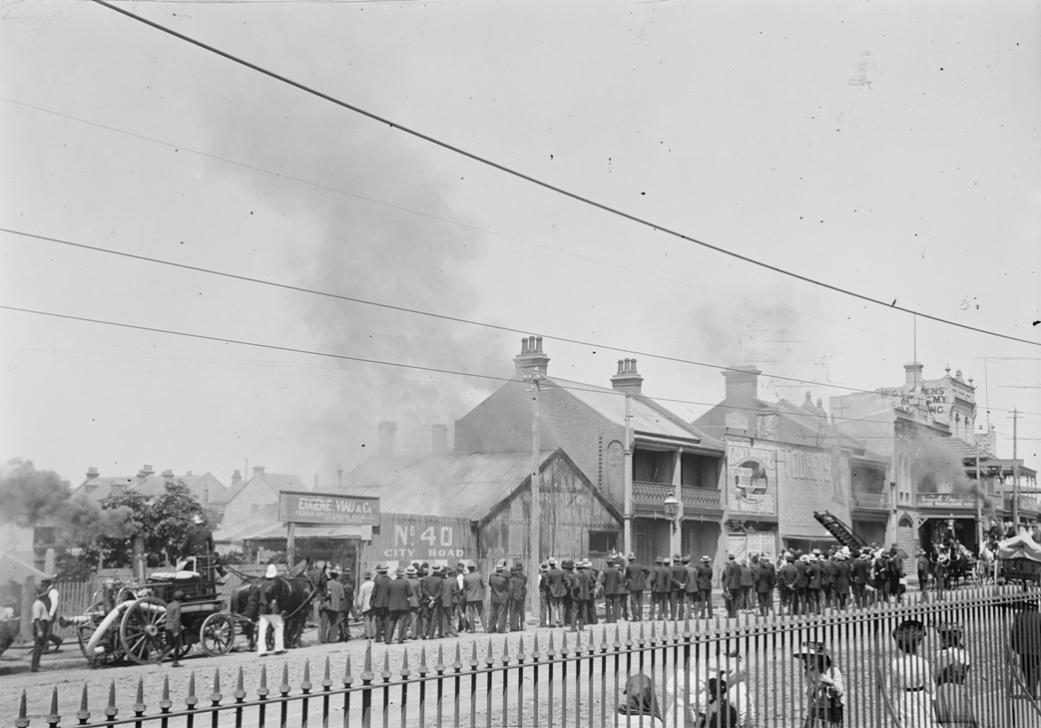
.jpg?timestamp=1580780178836)
